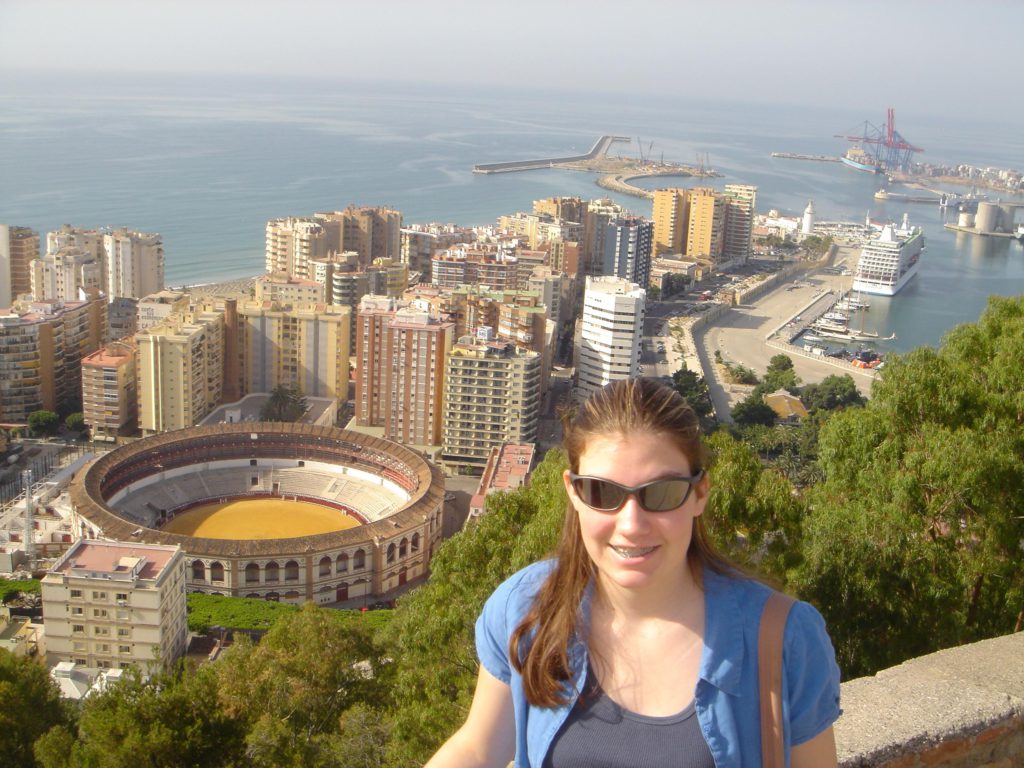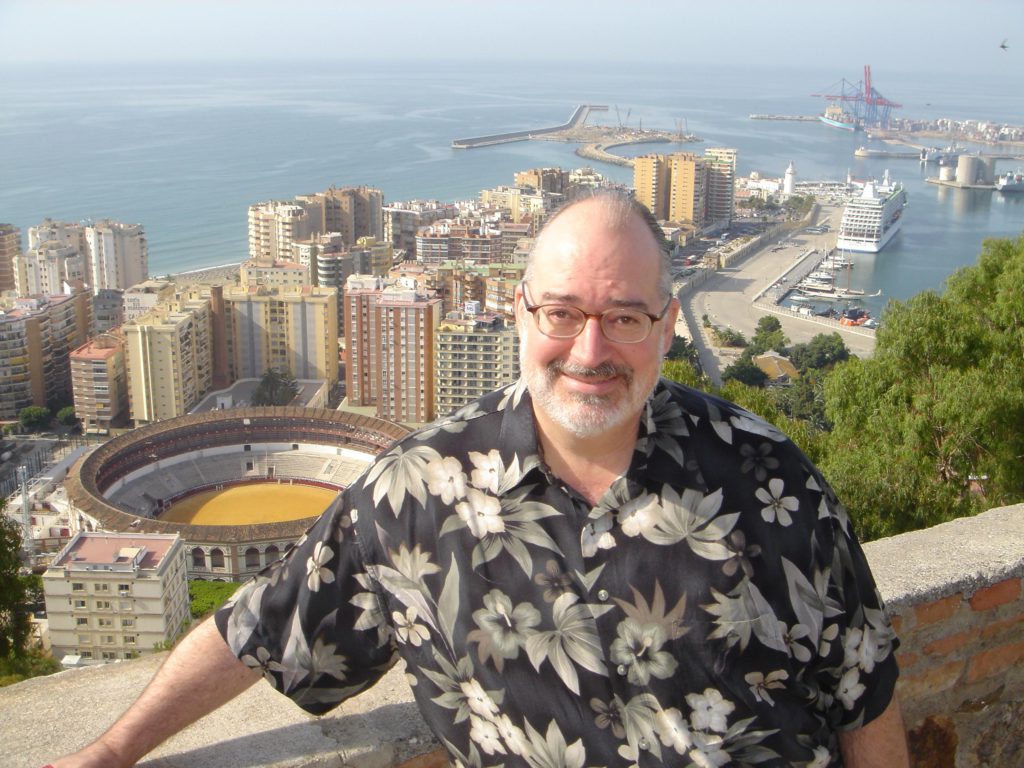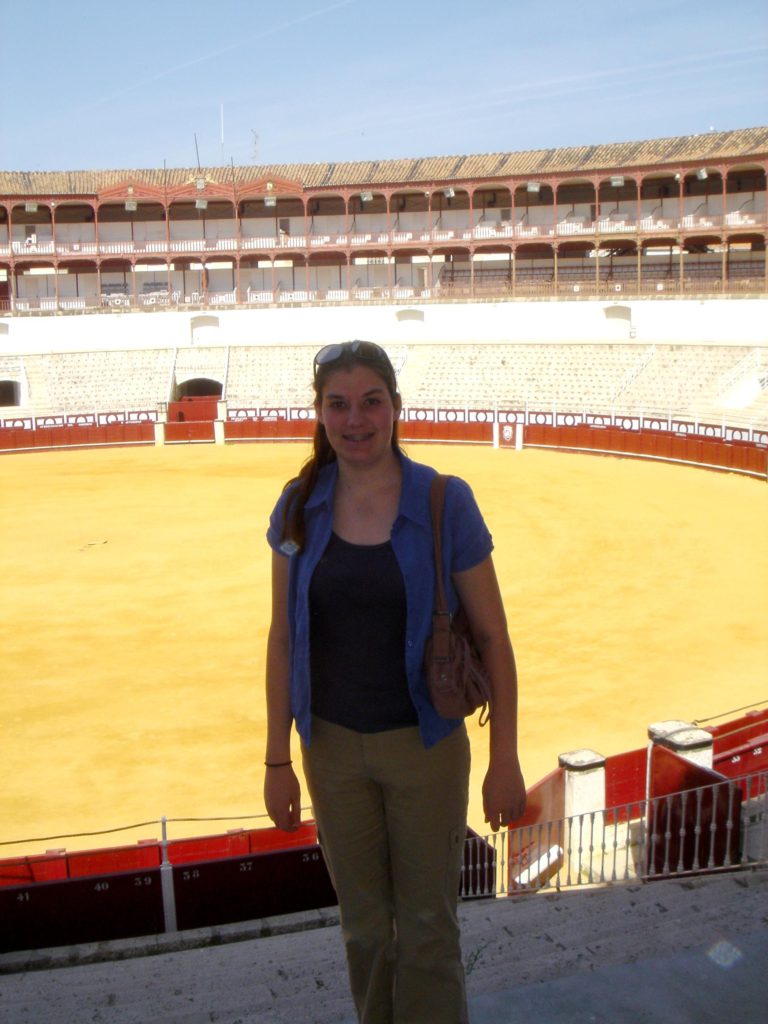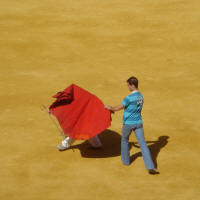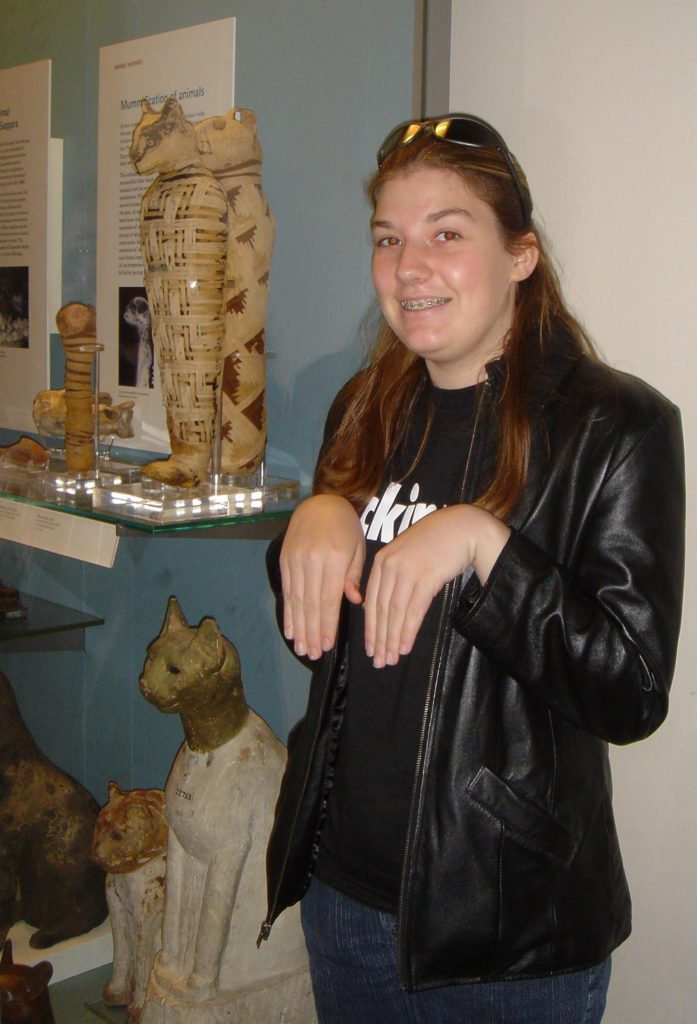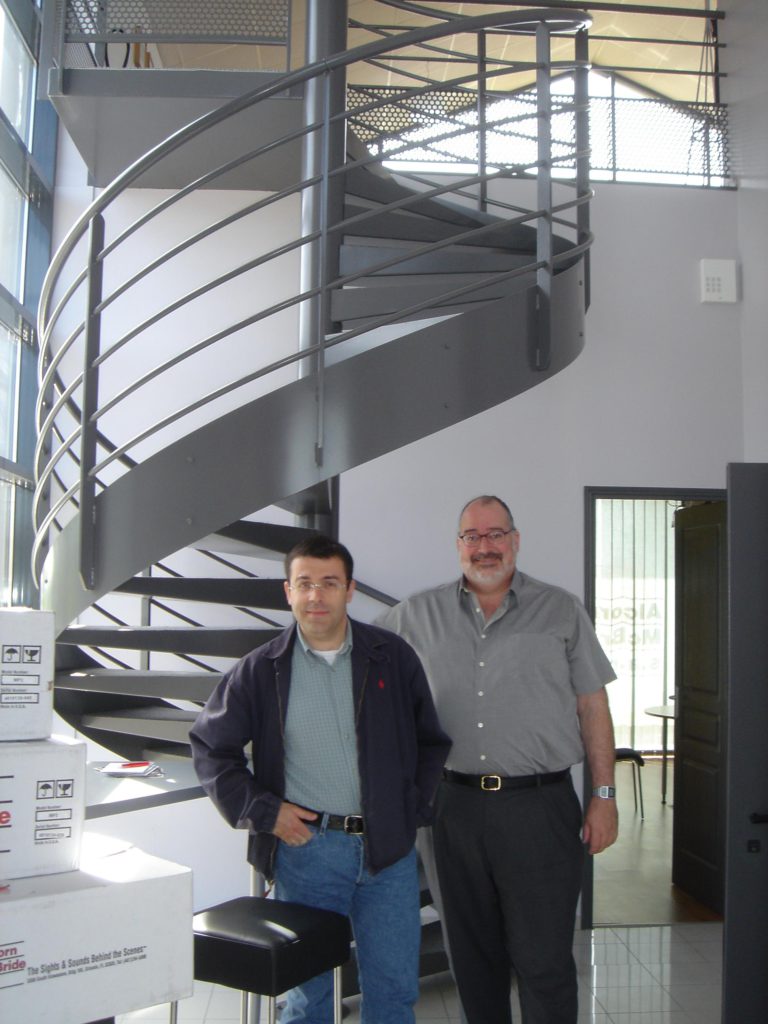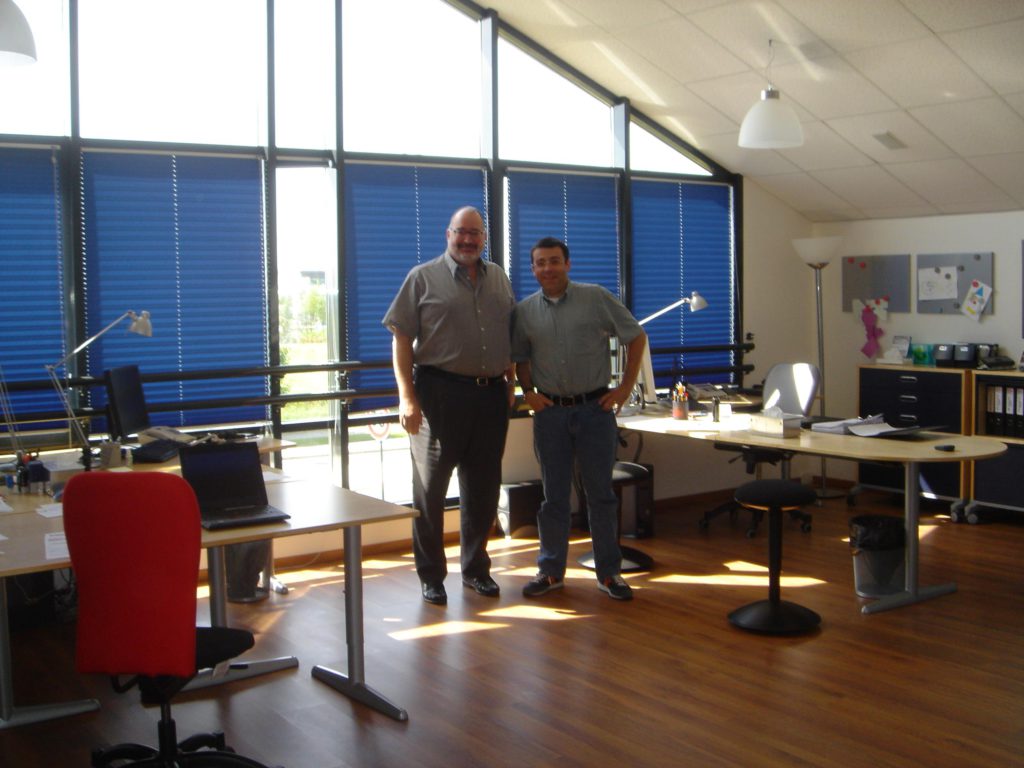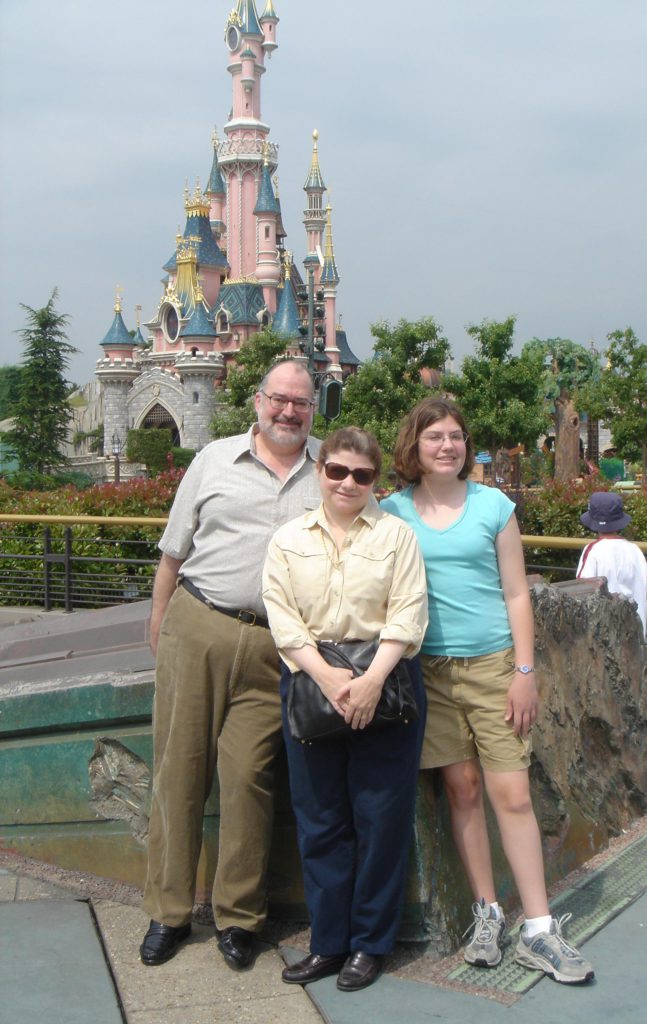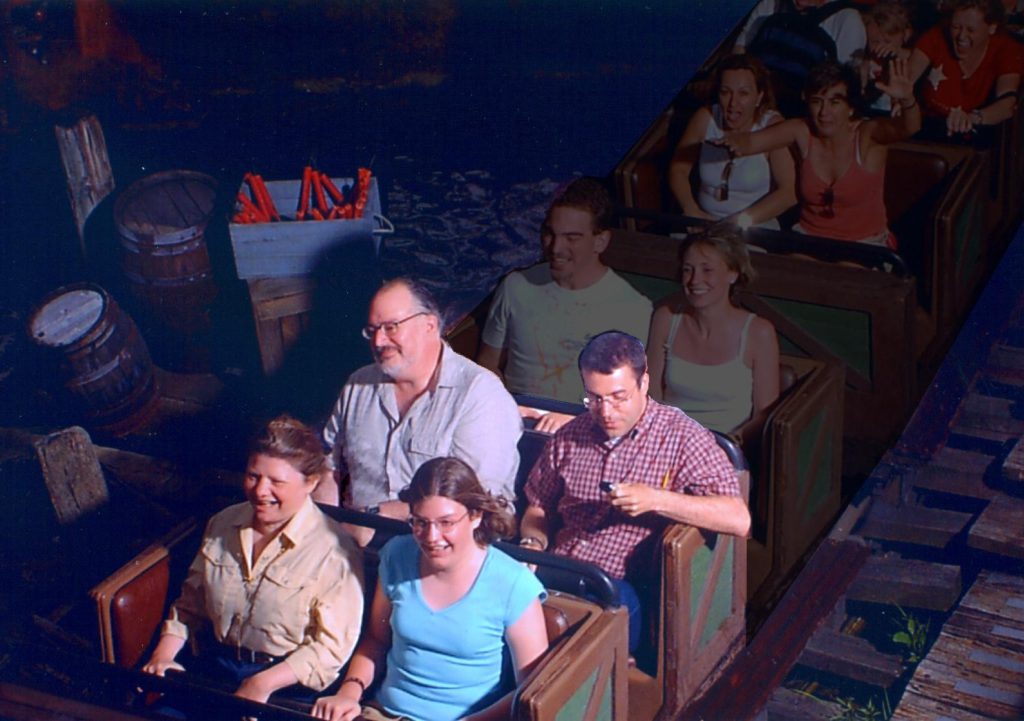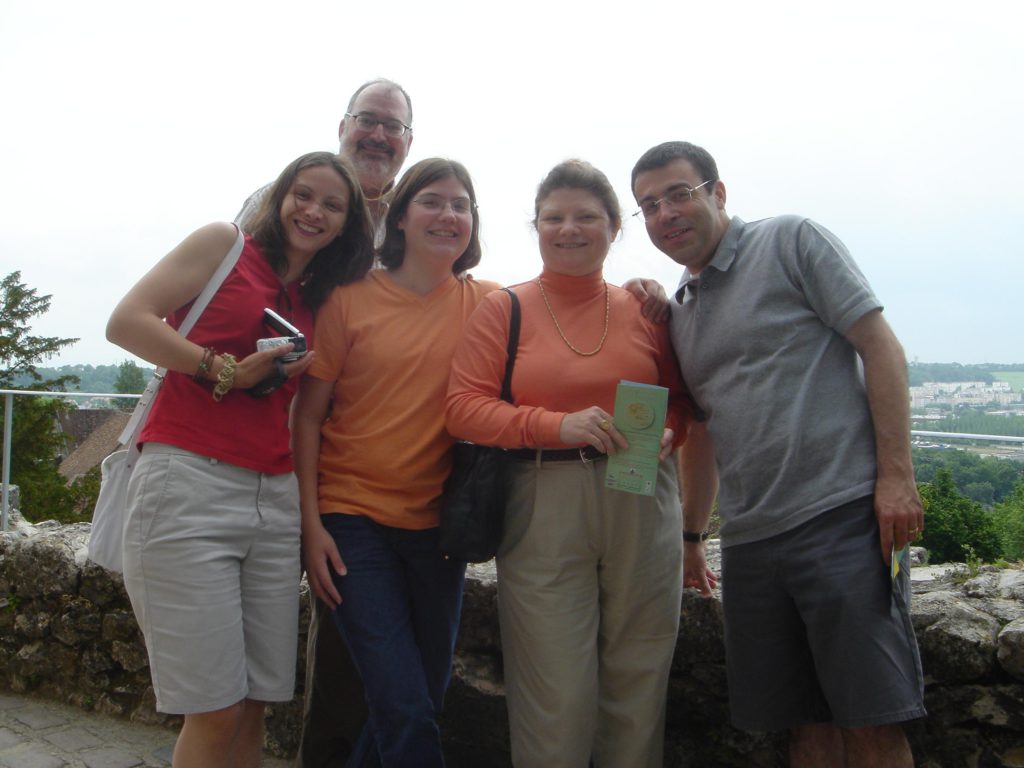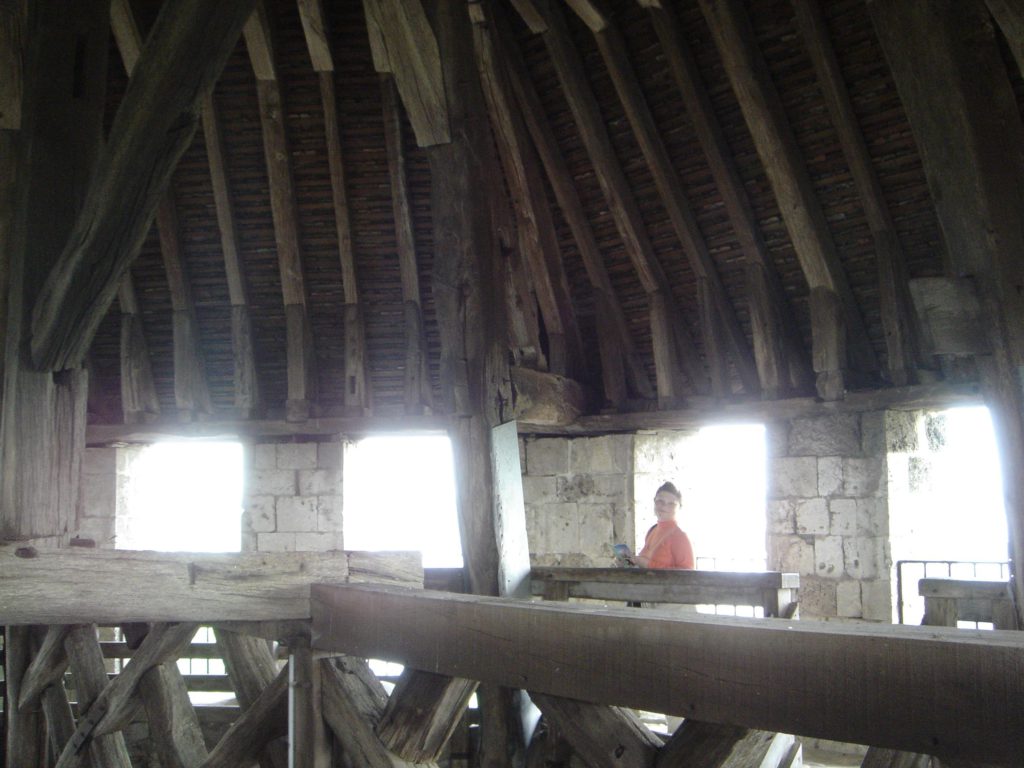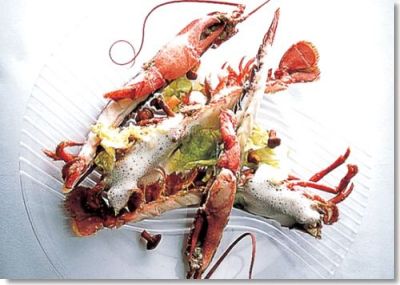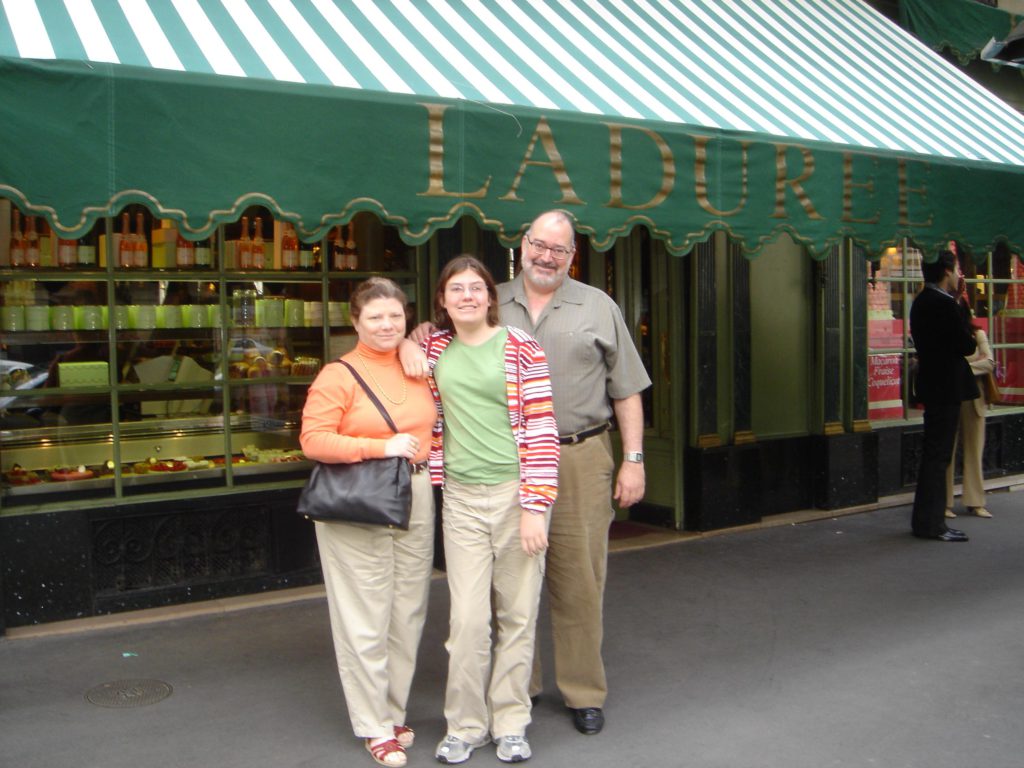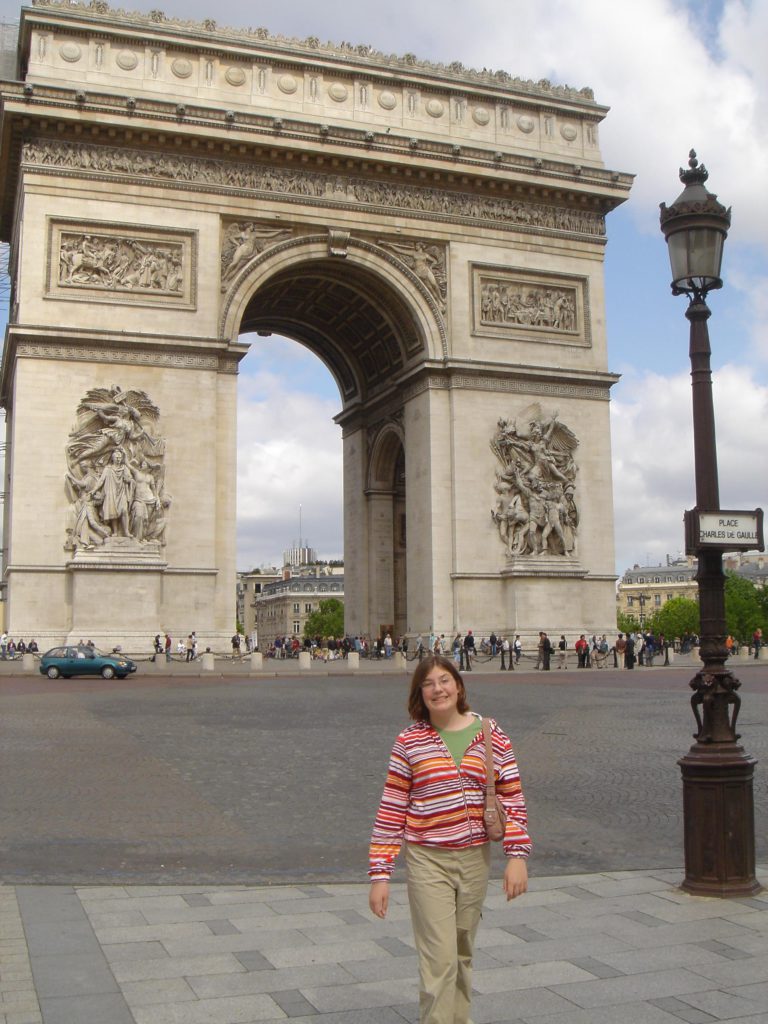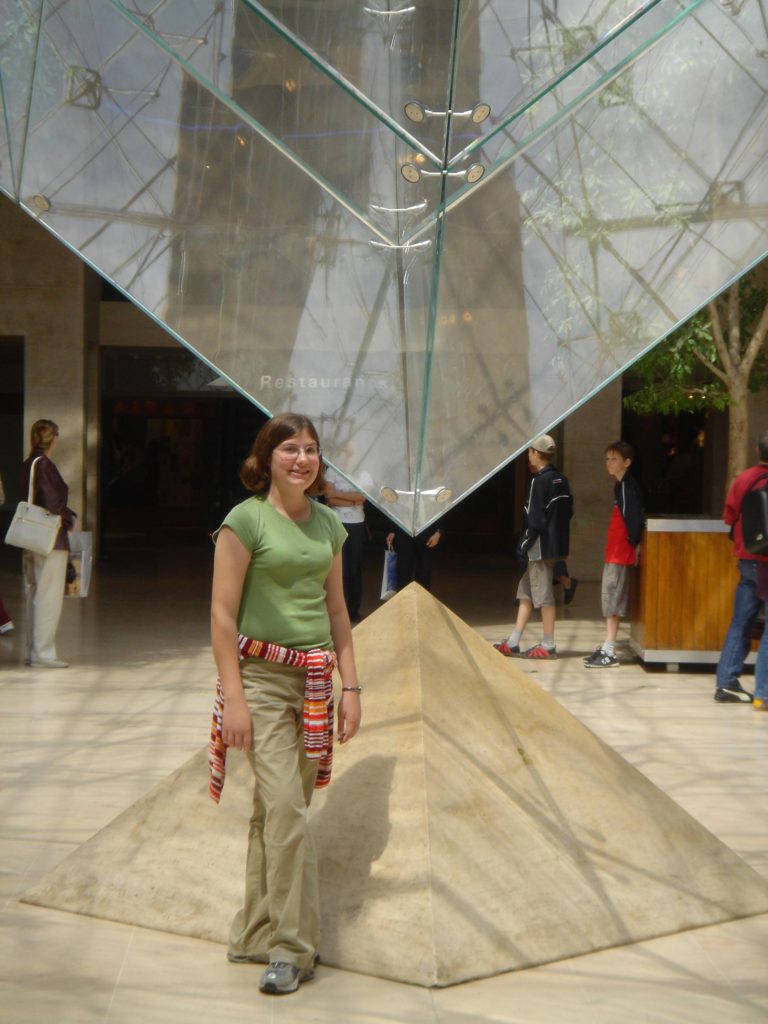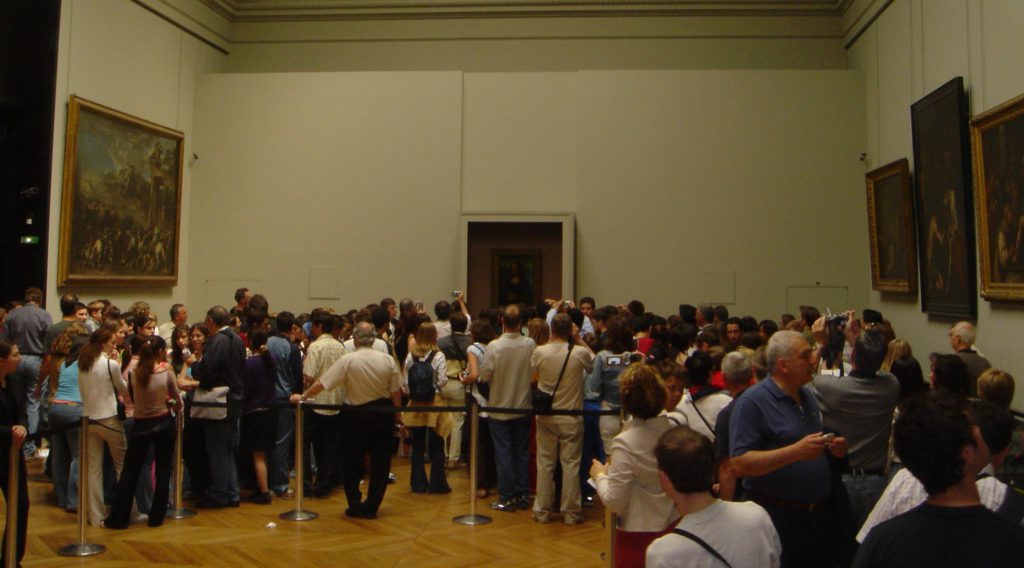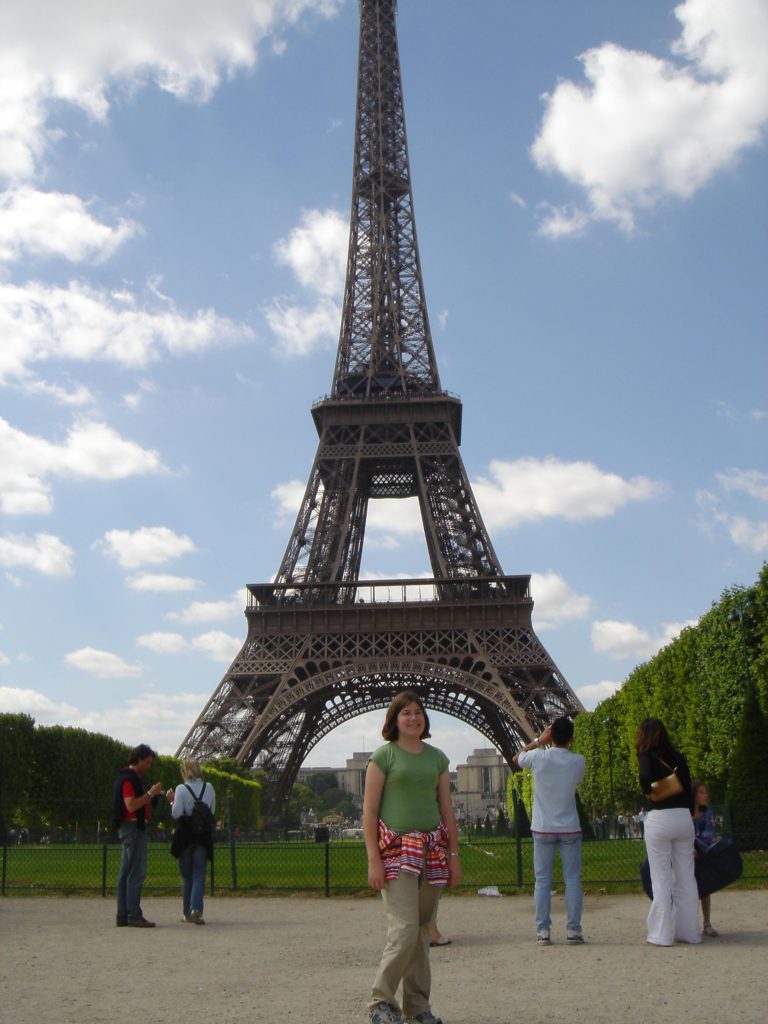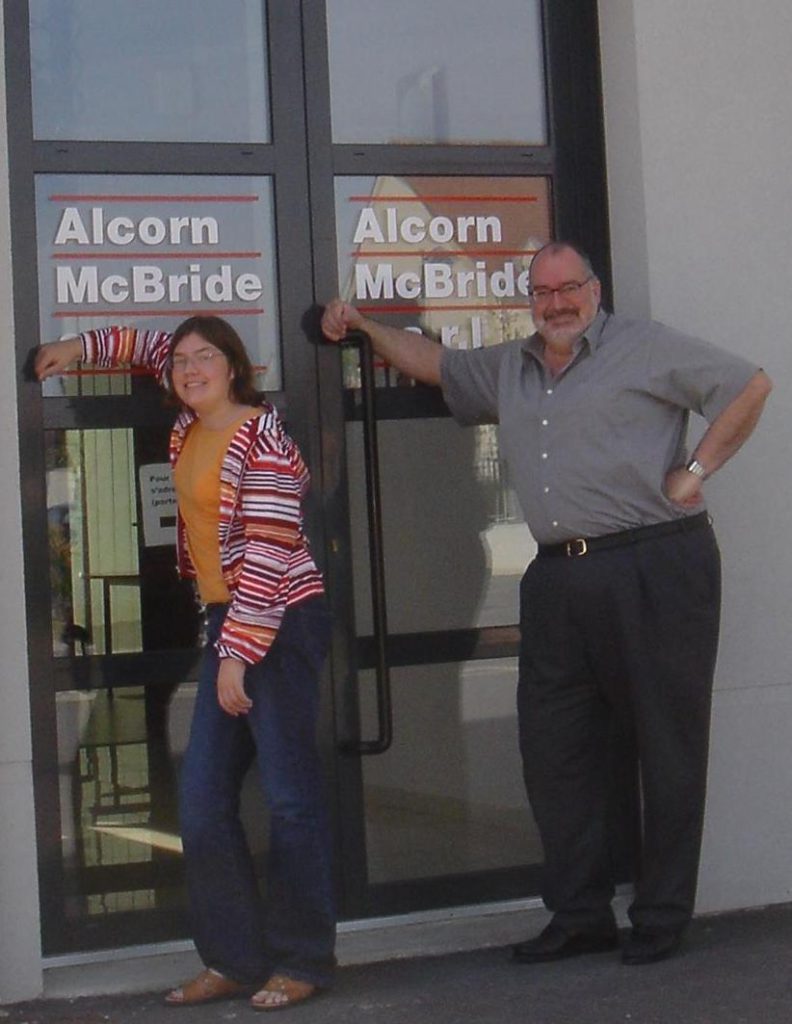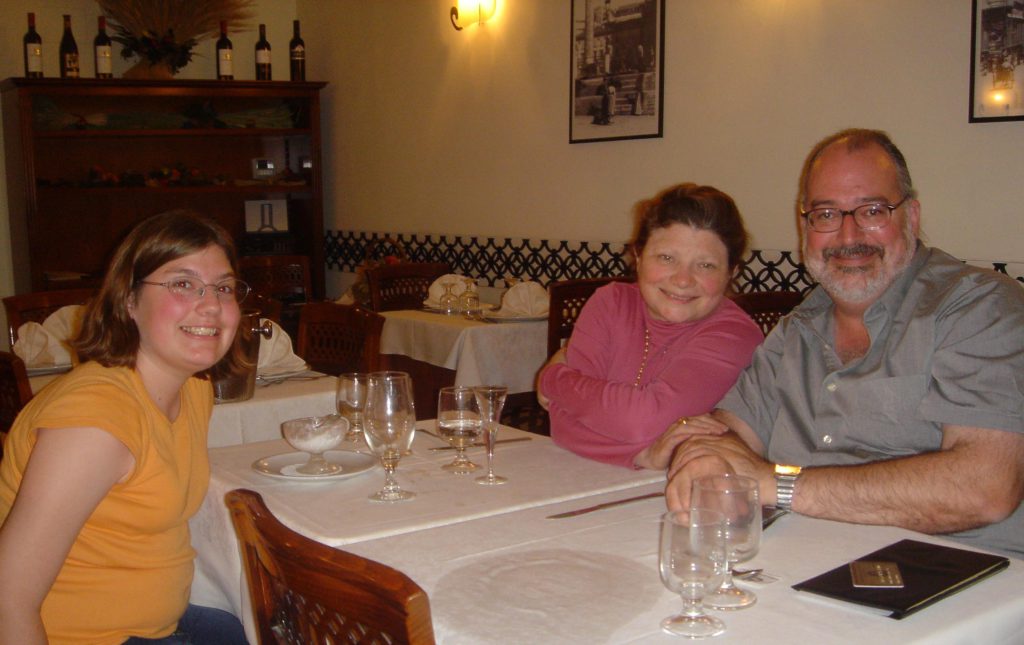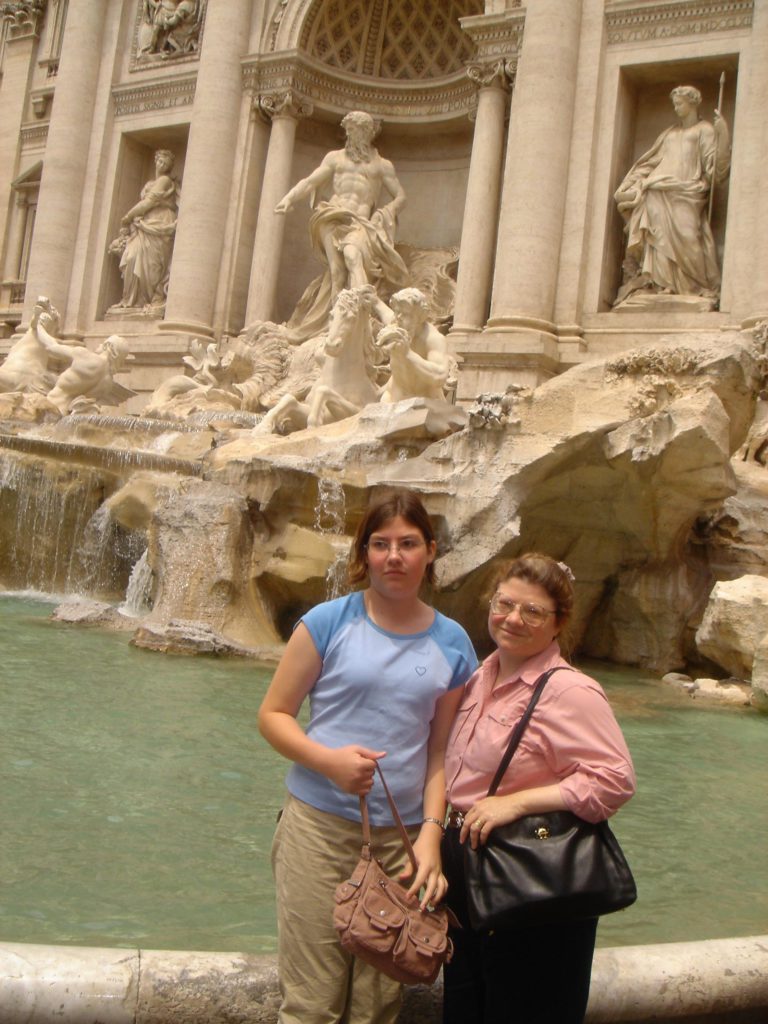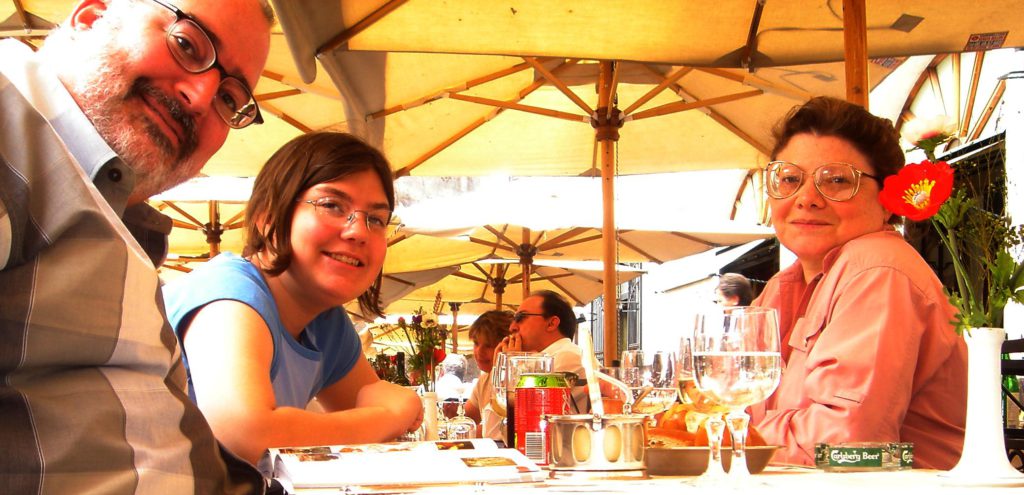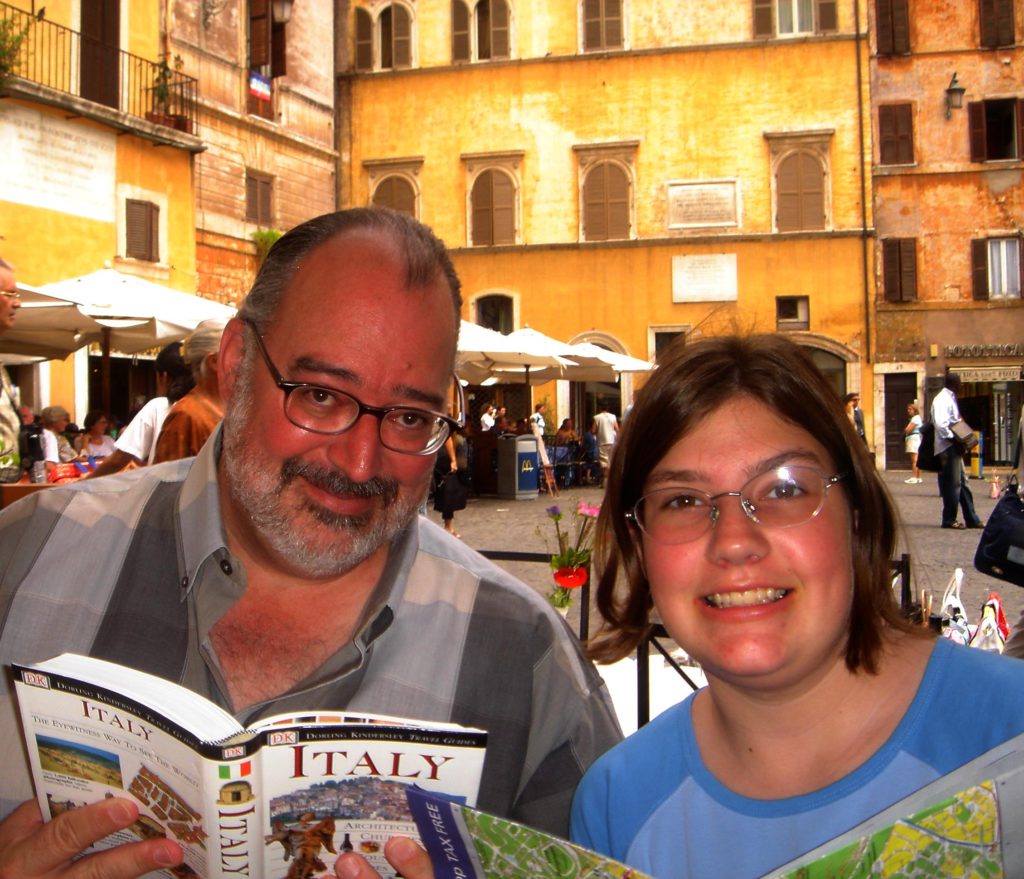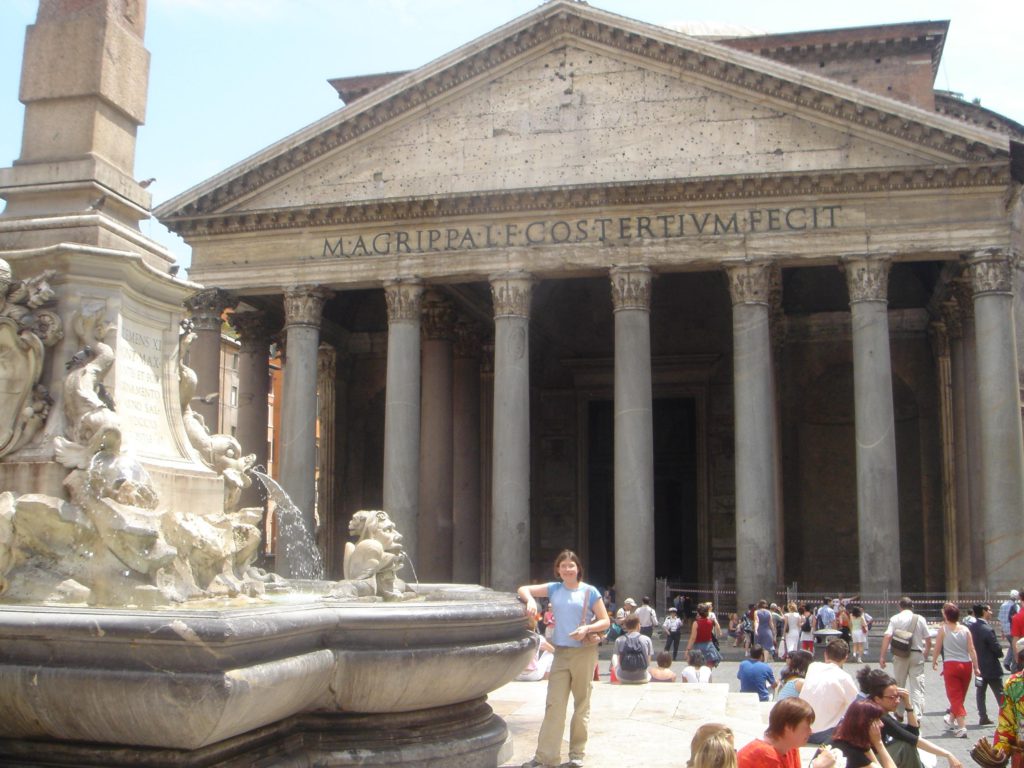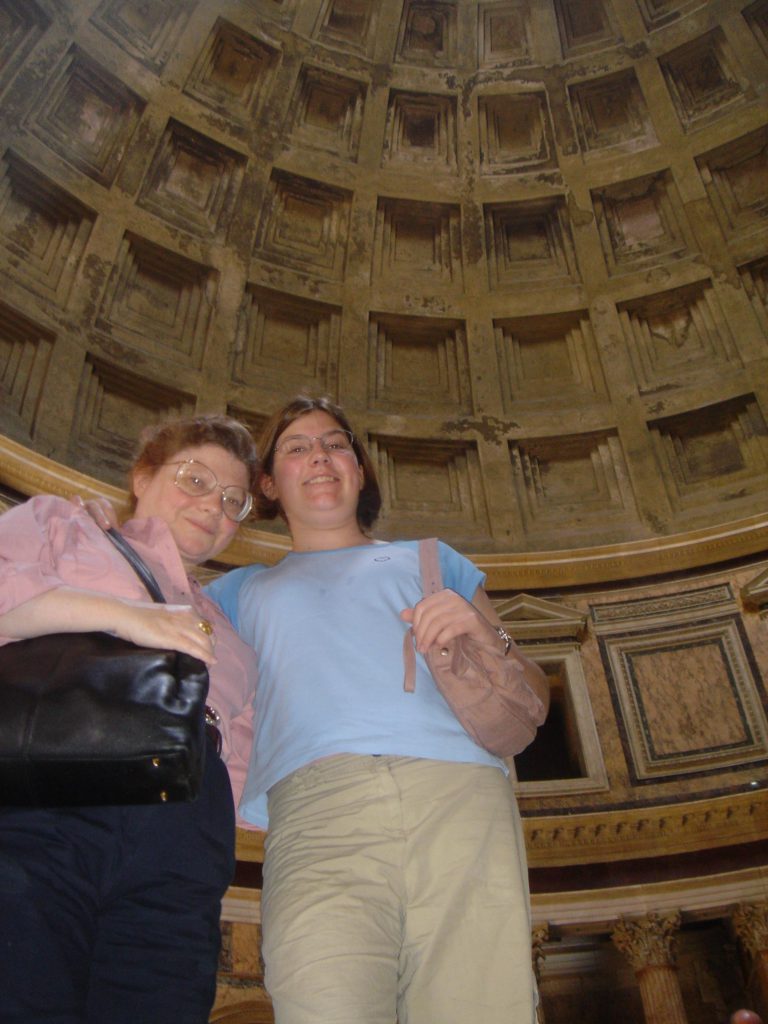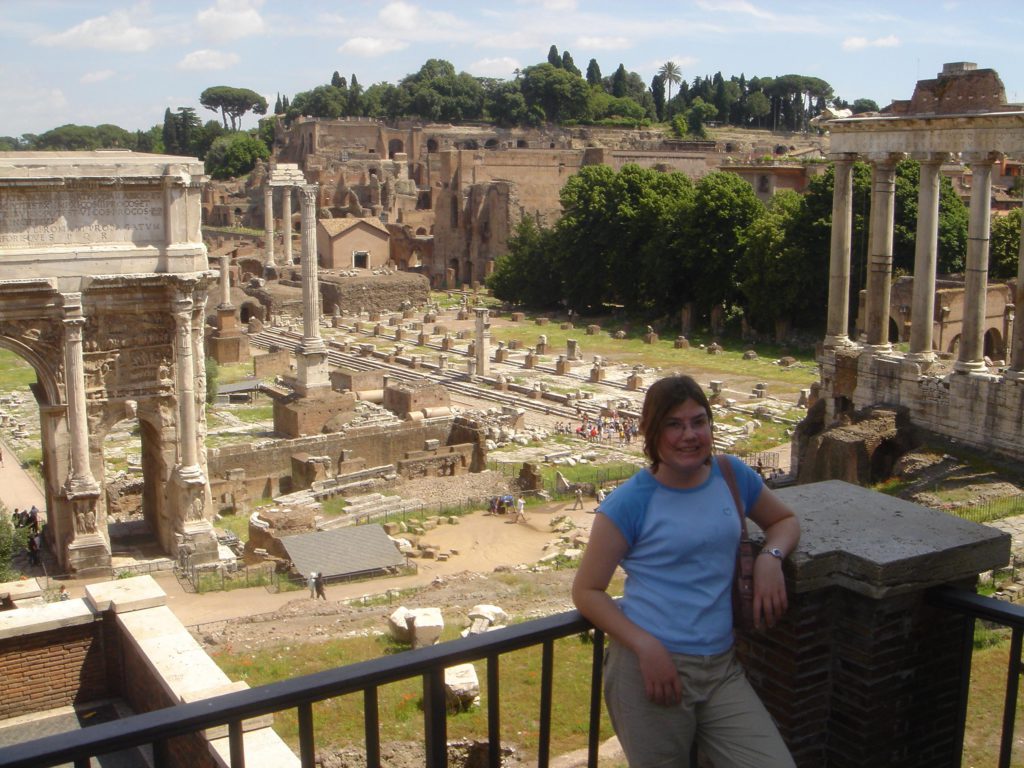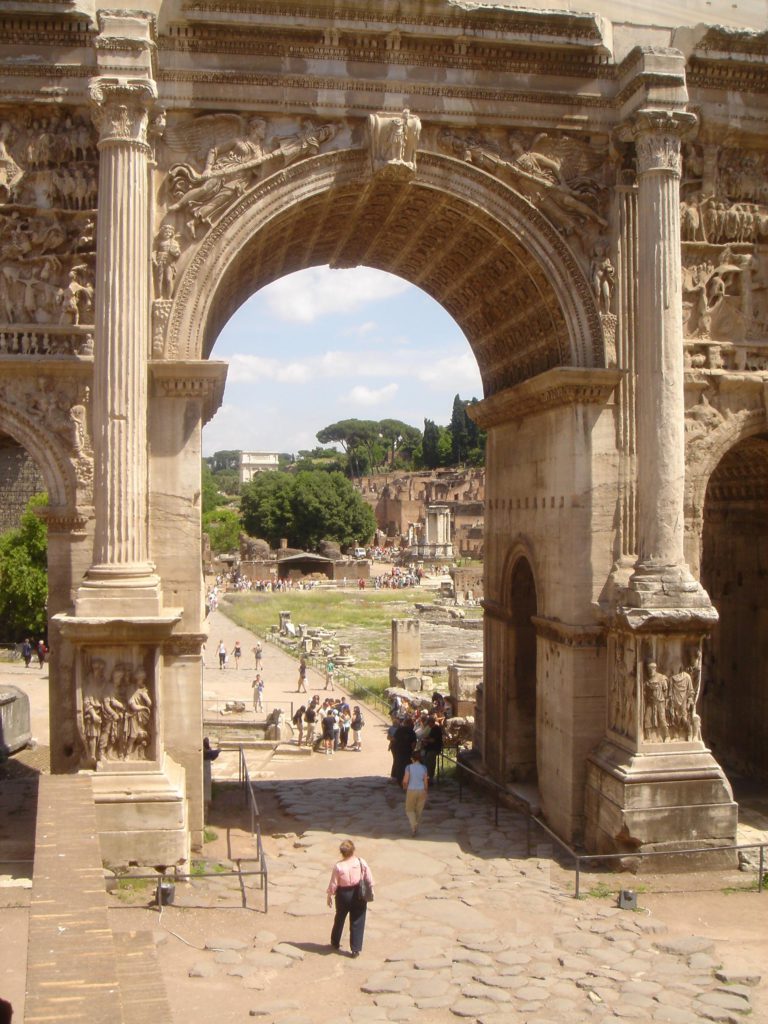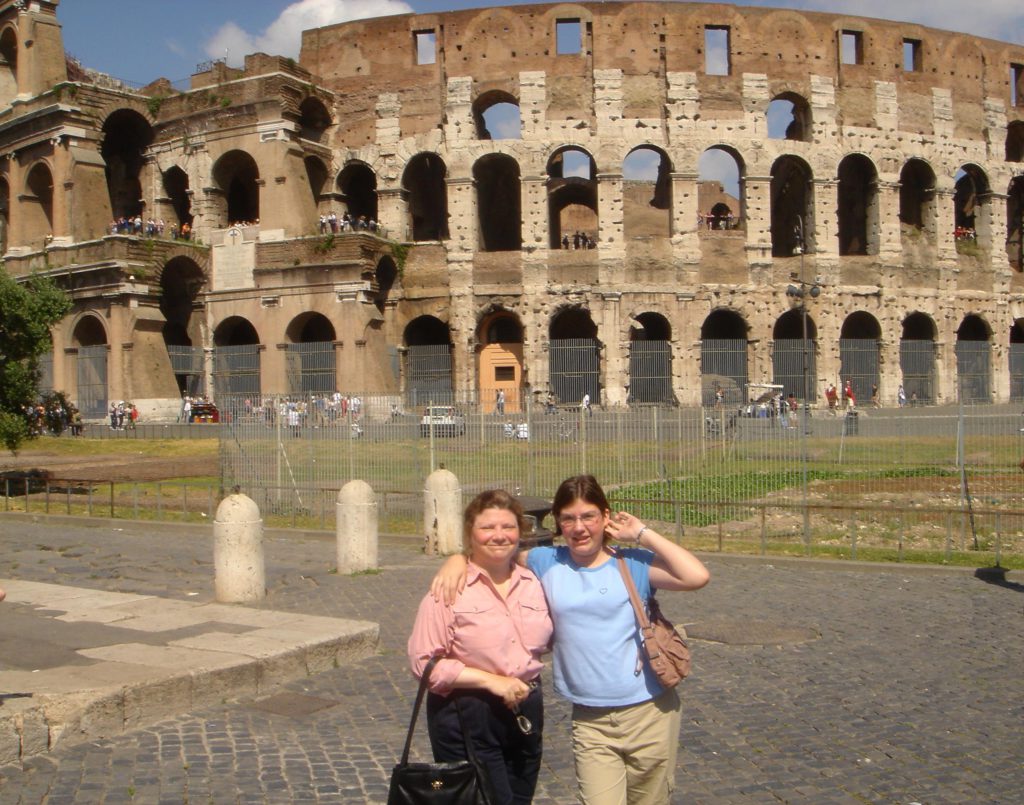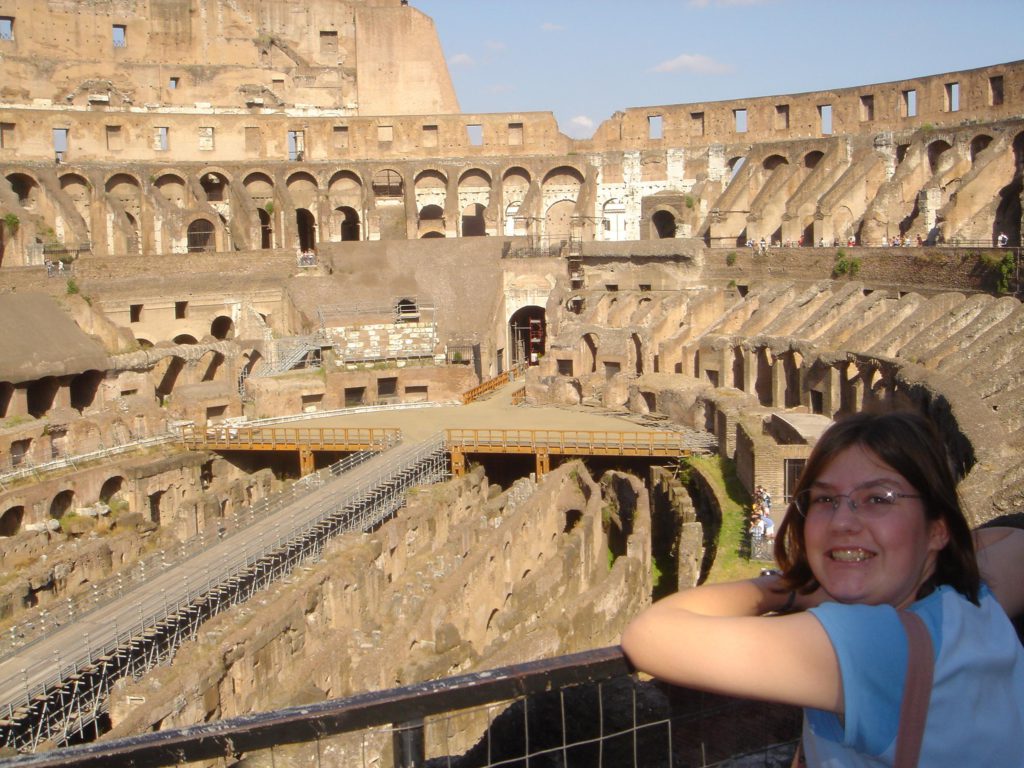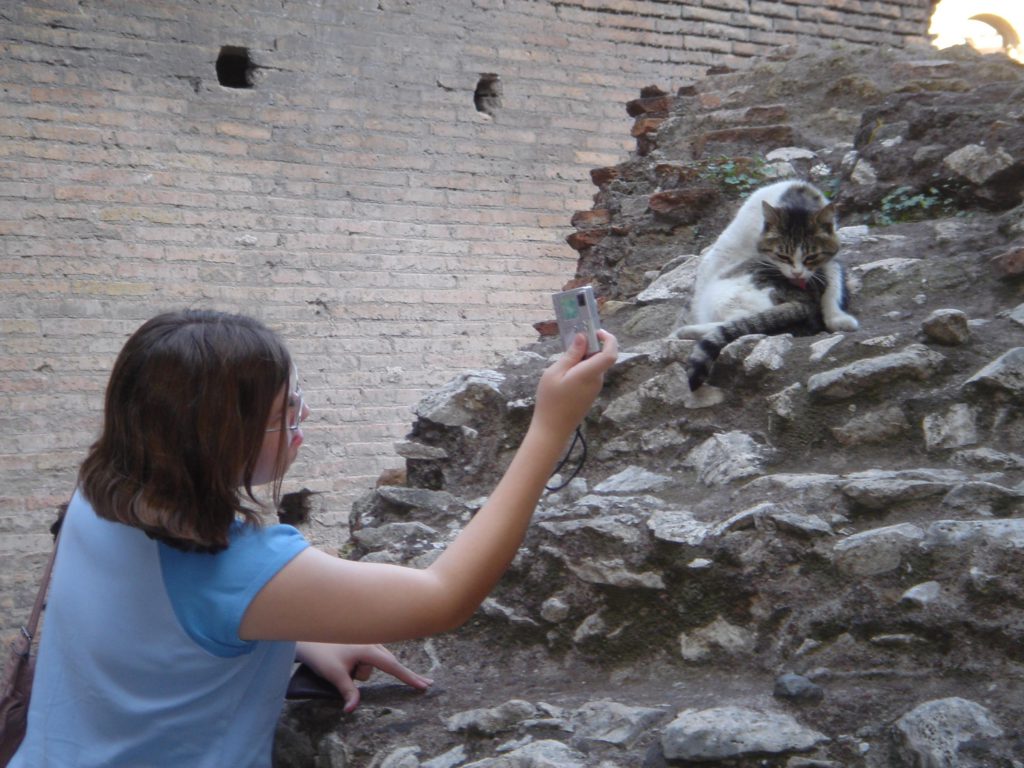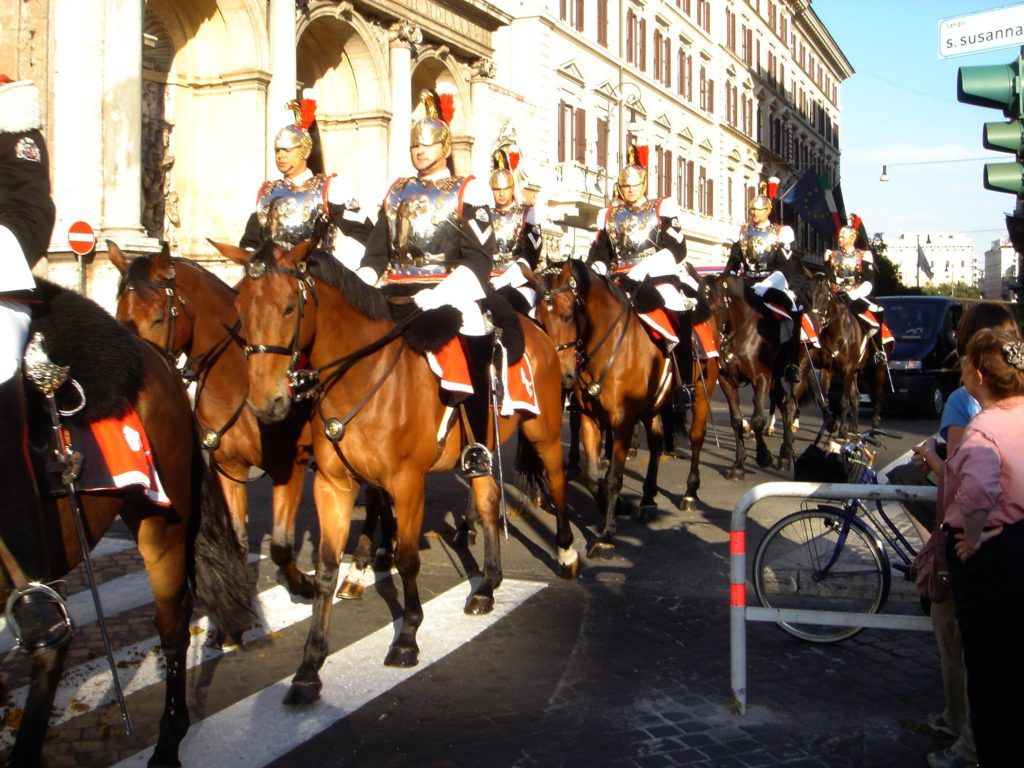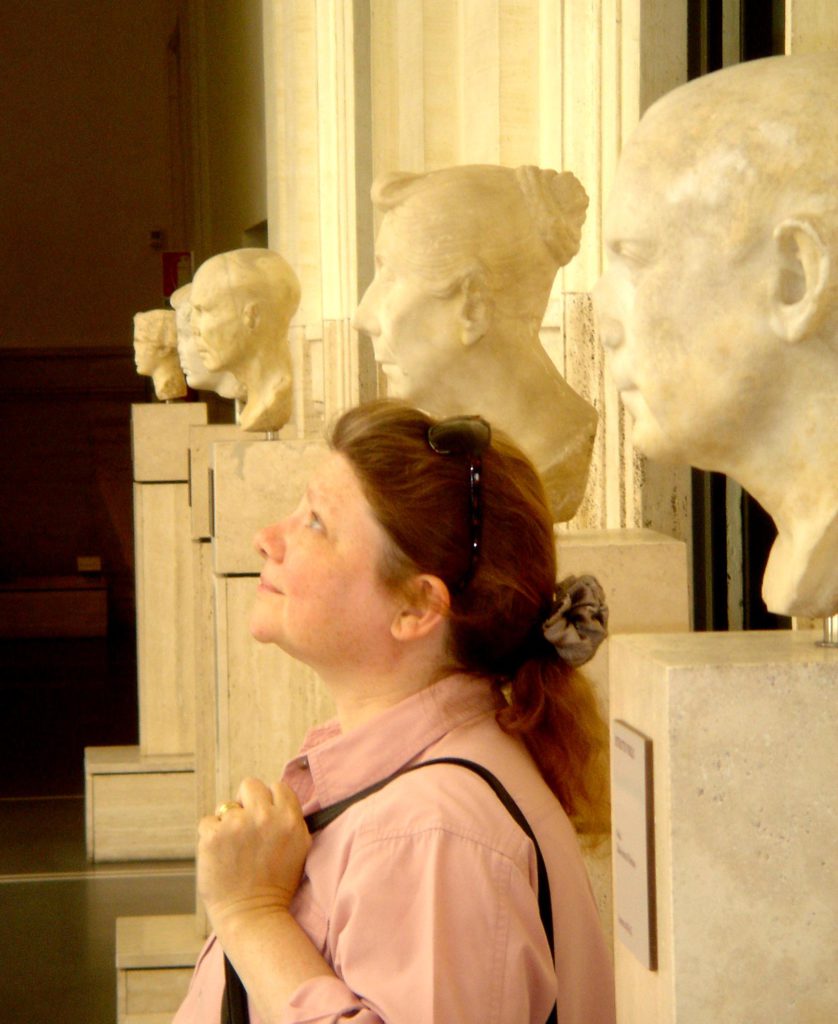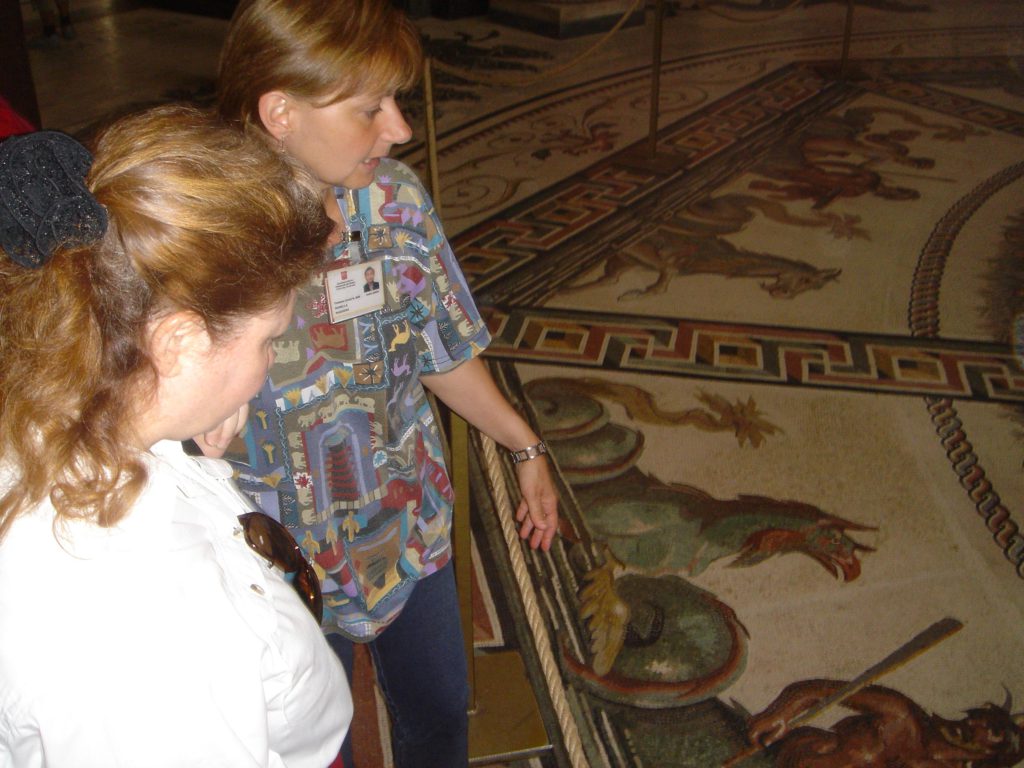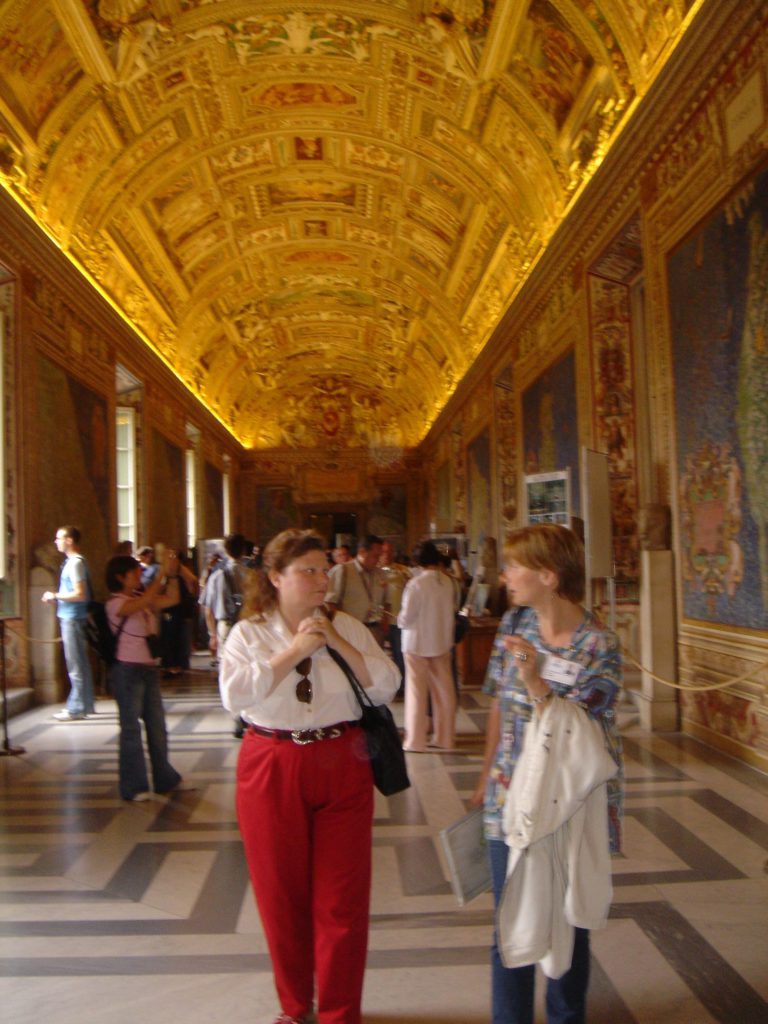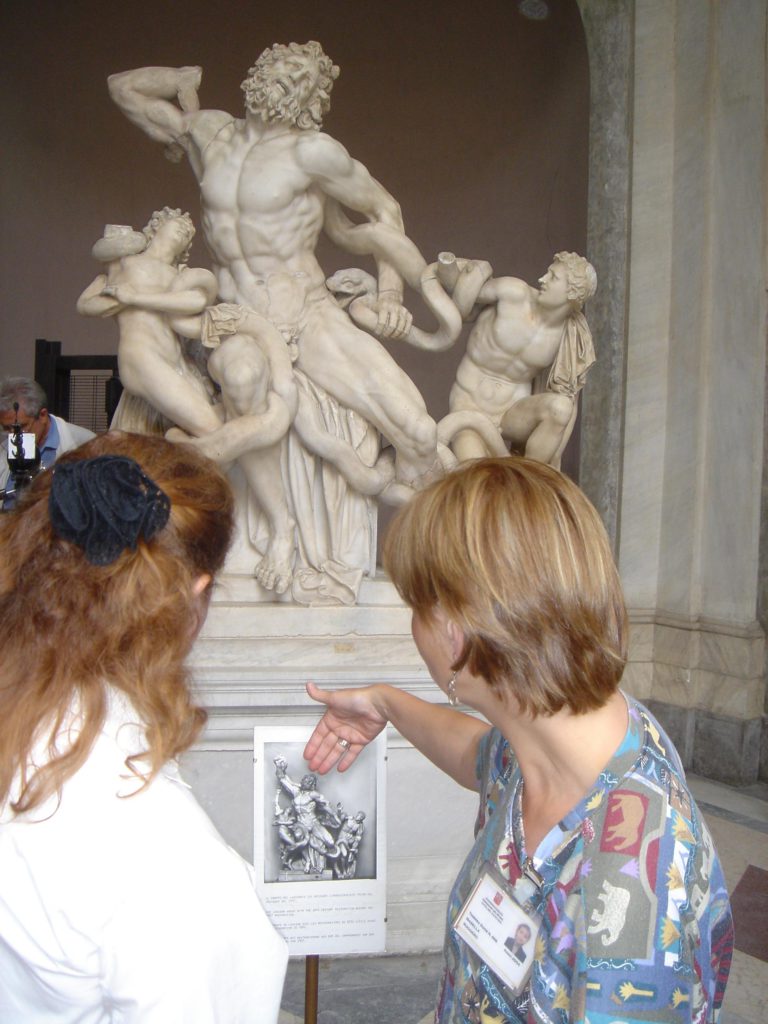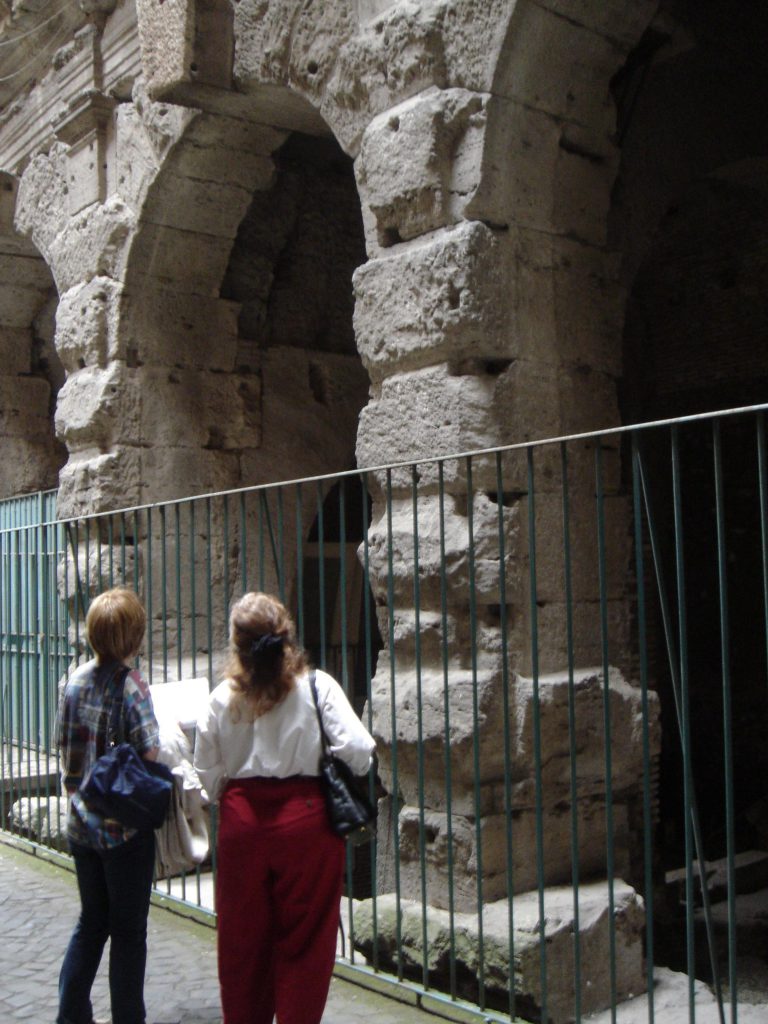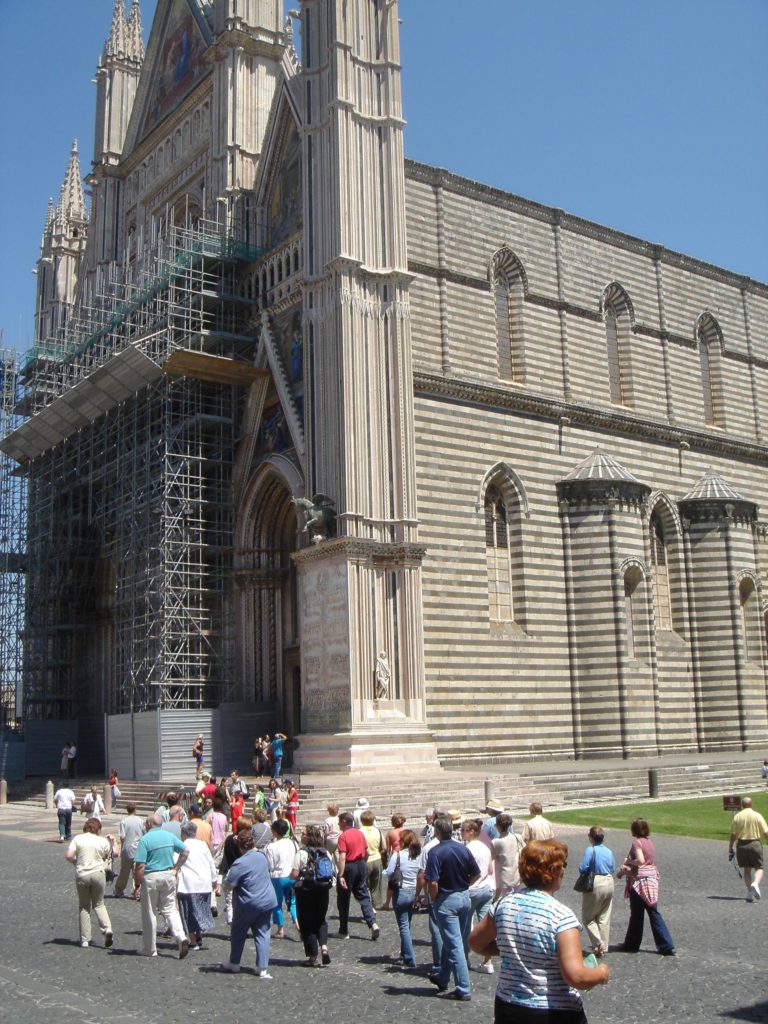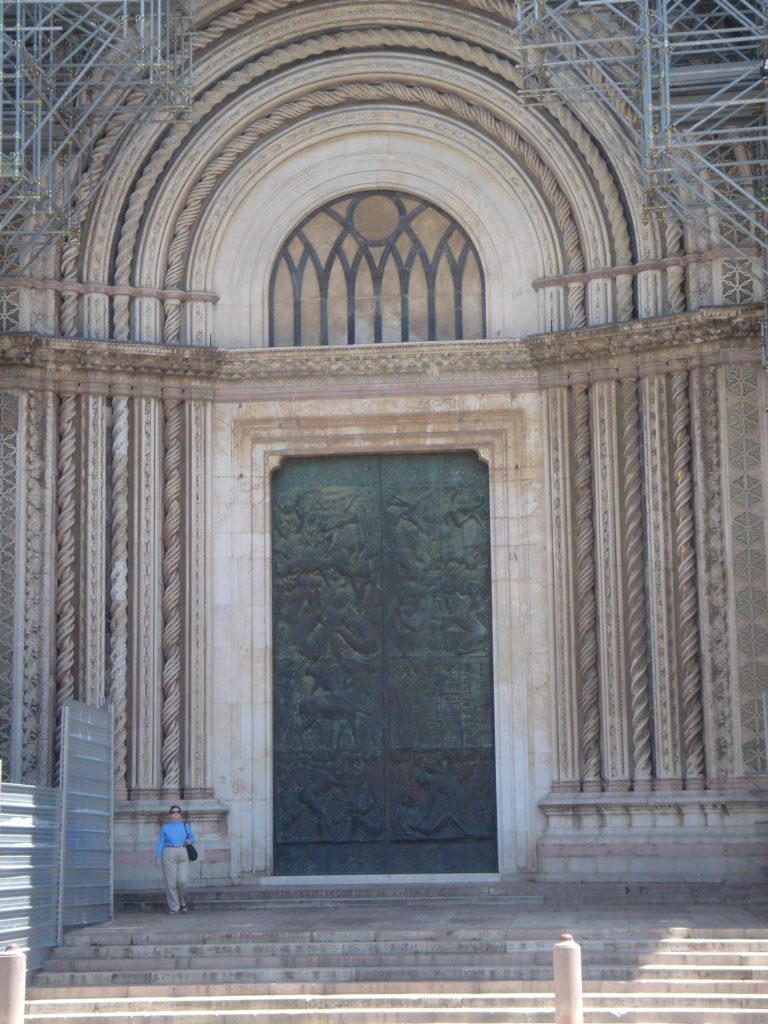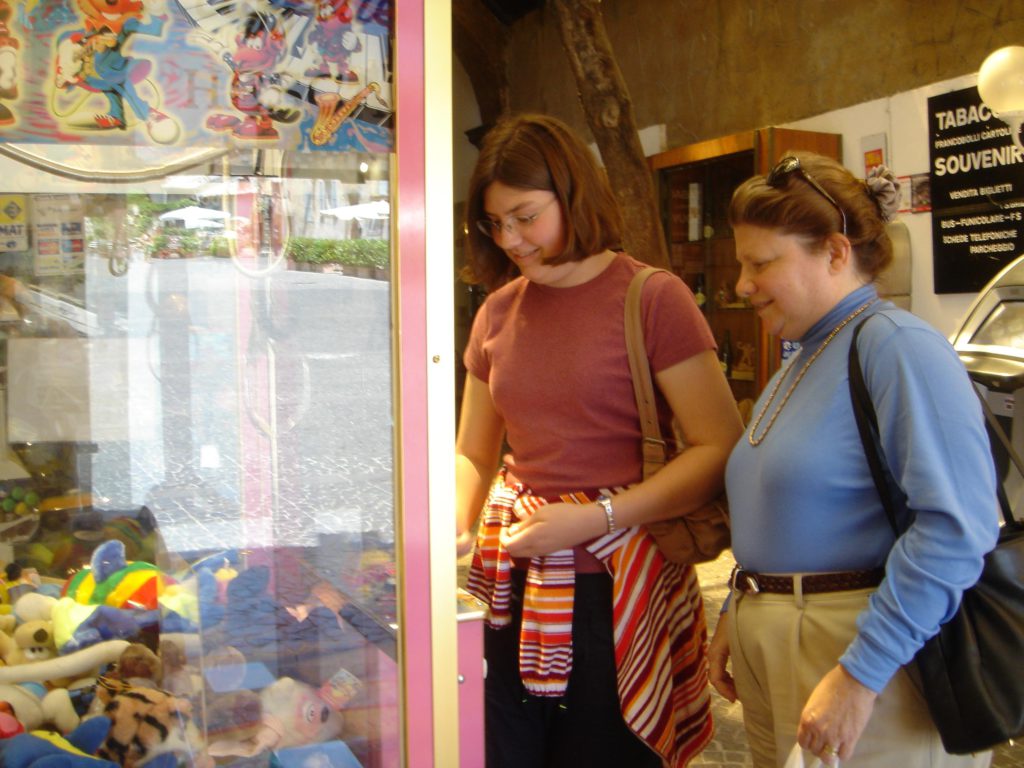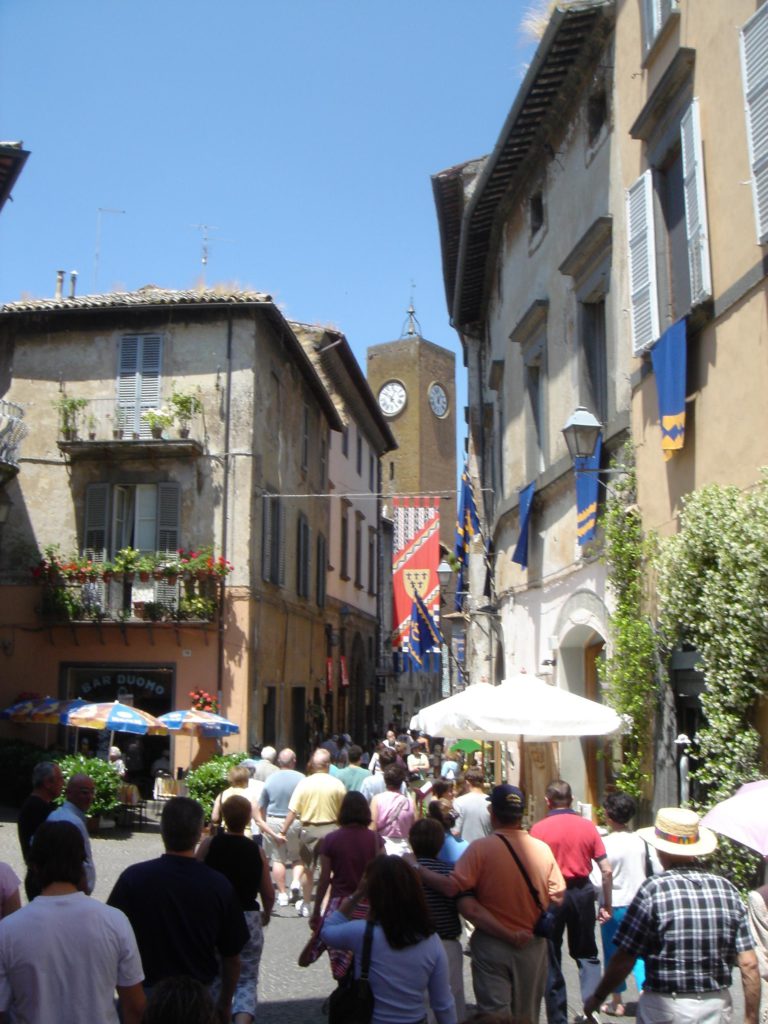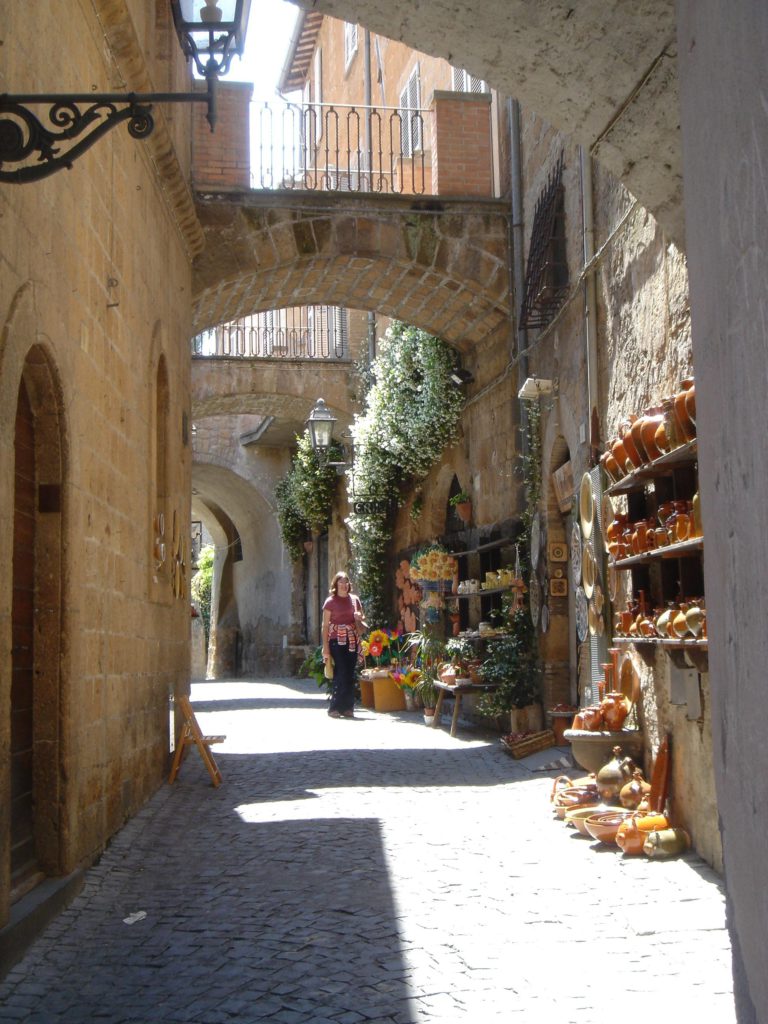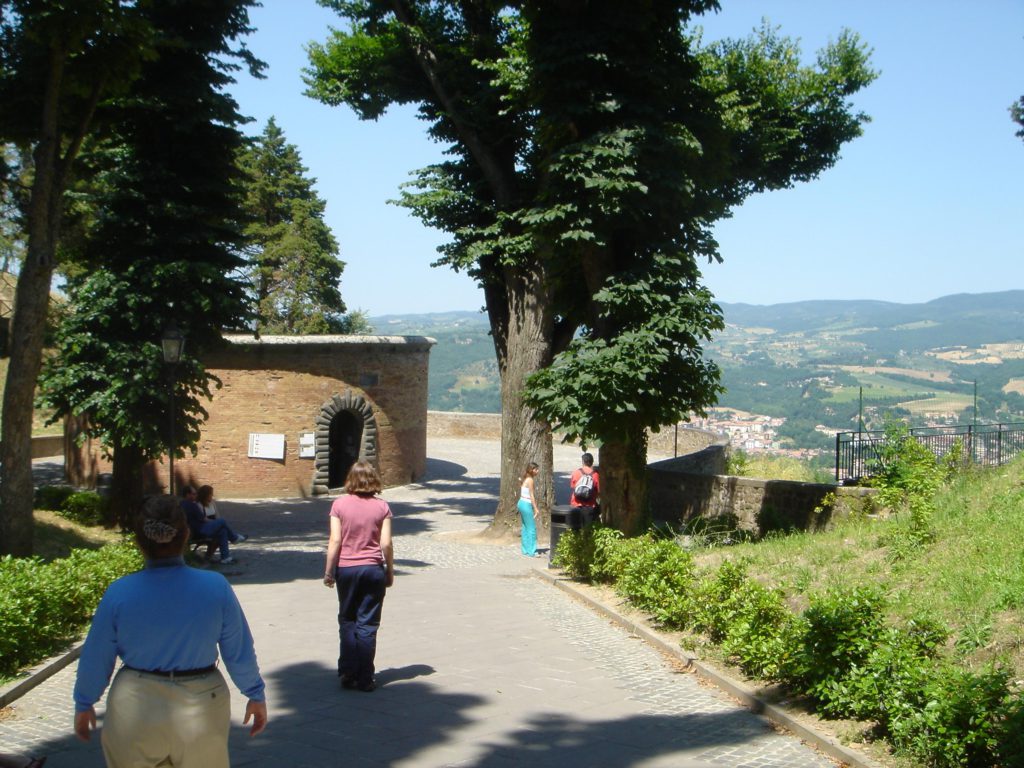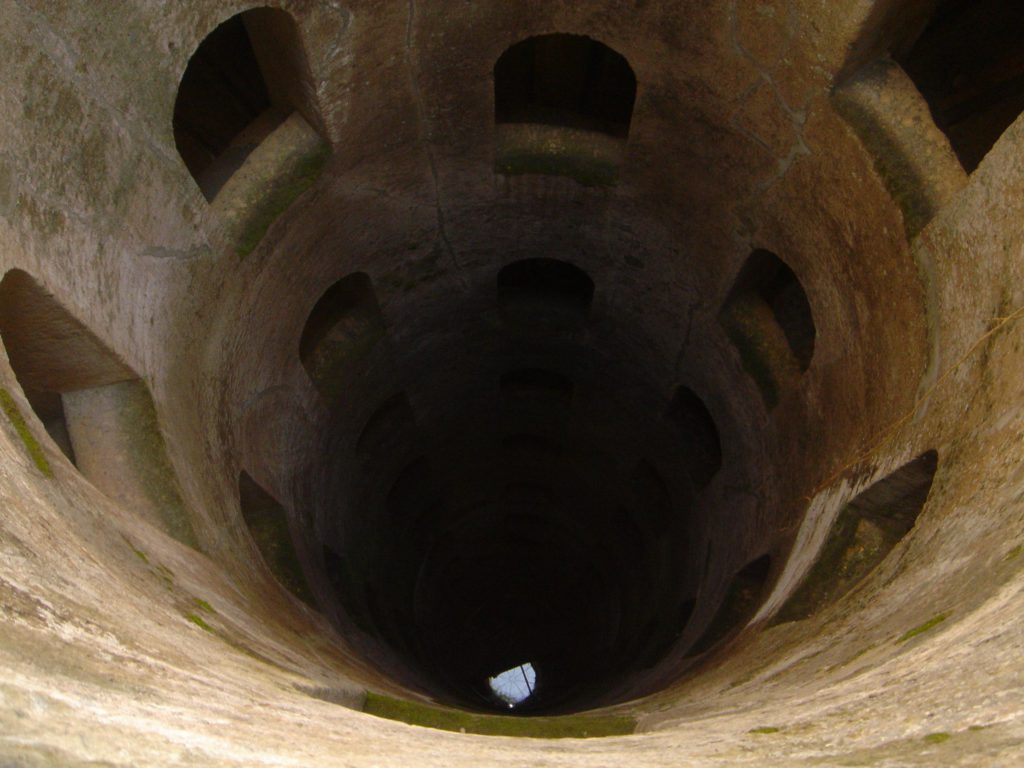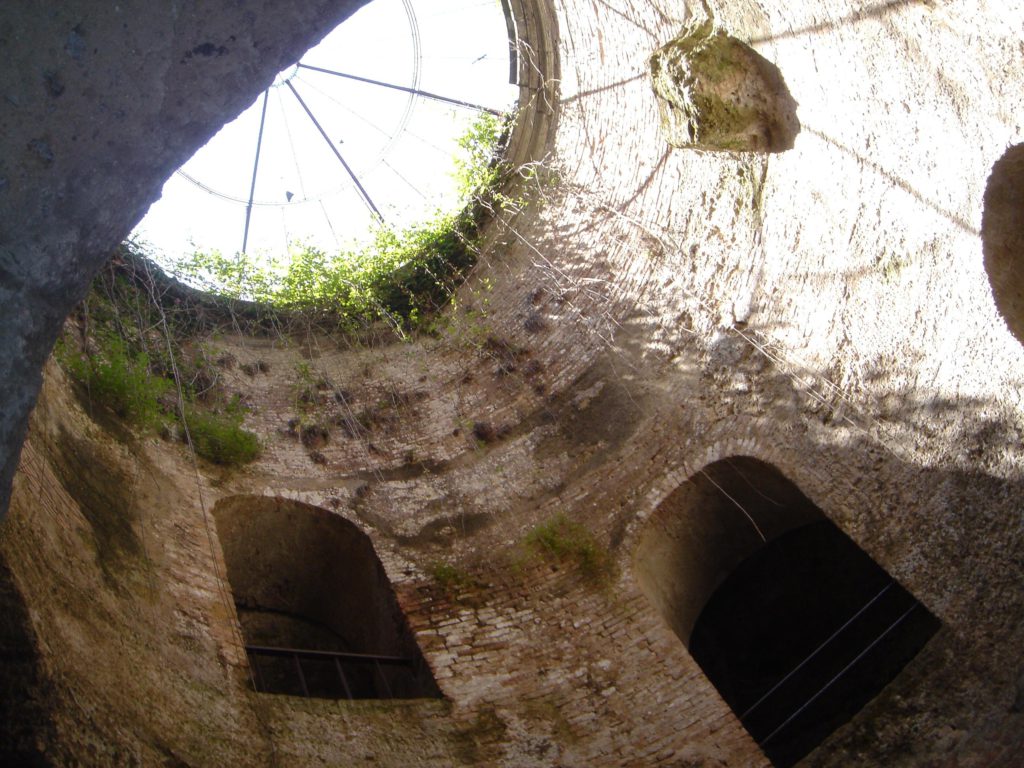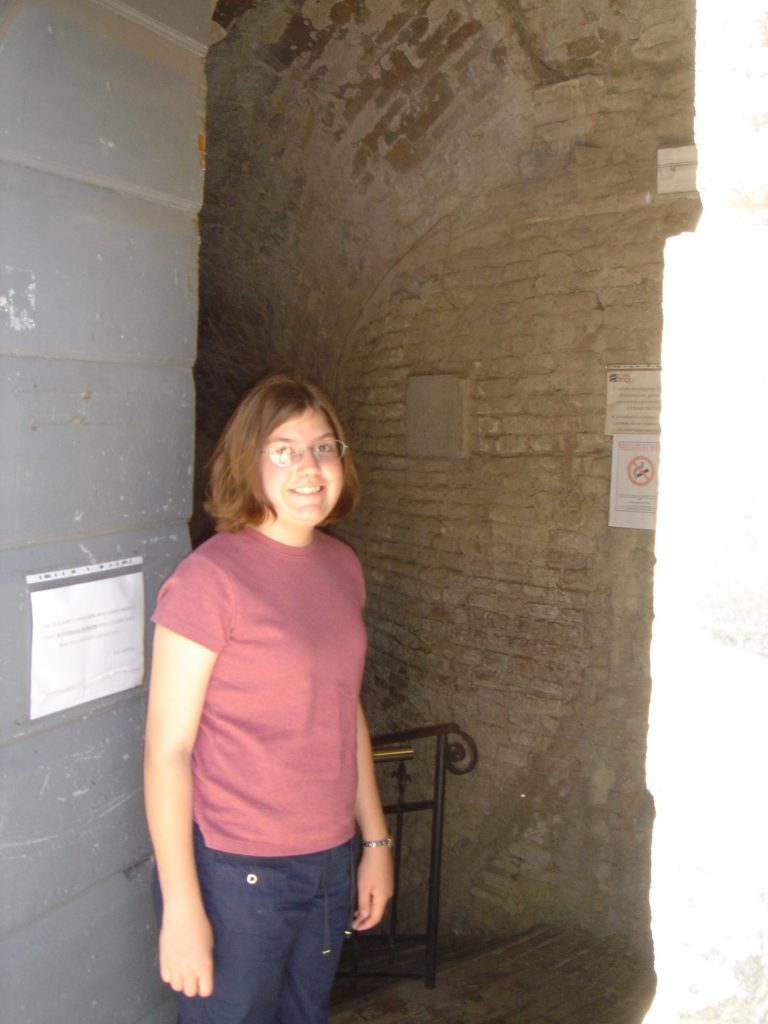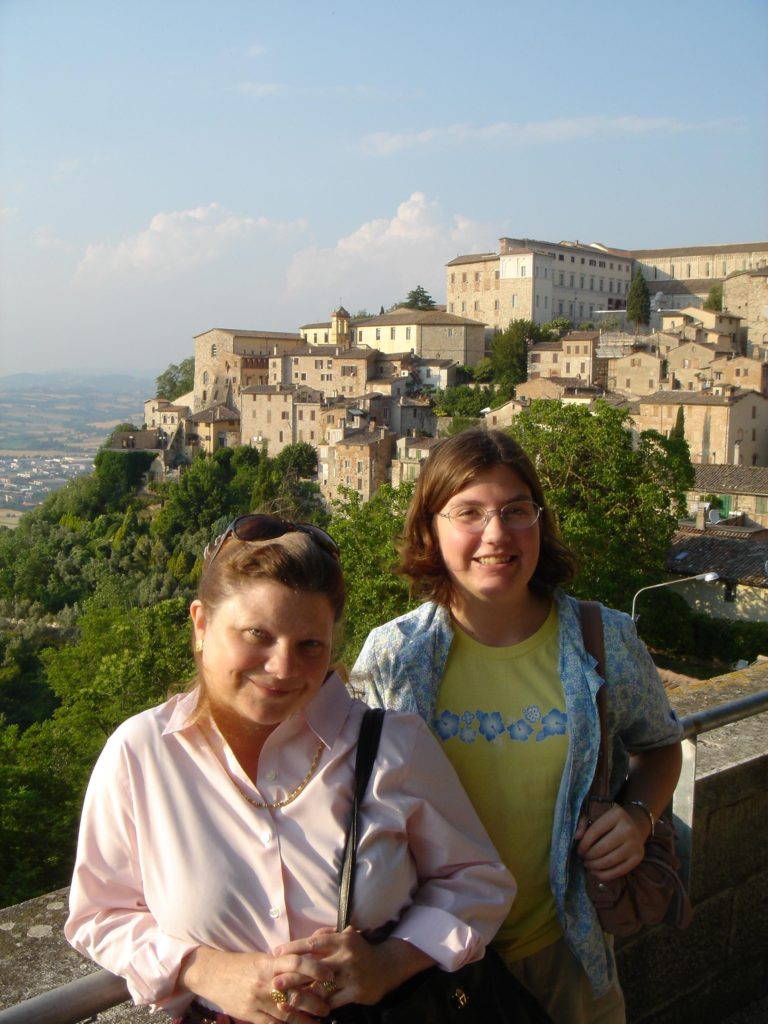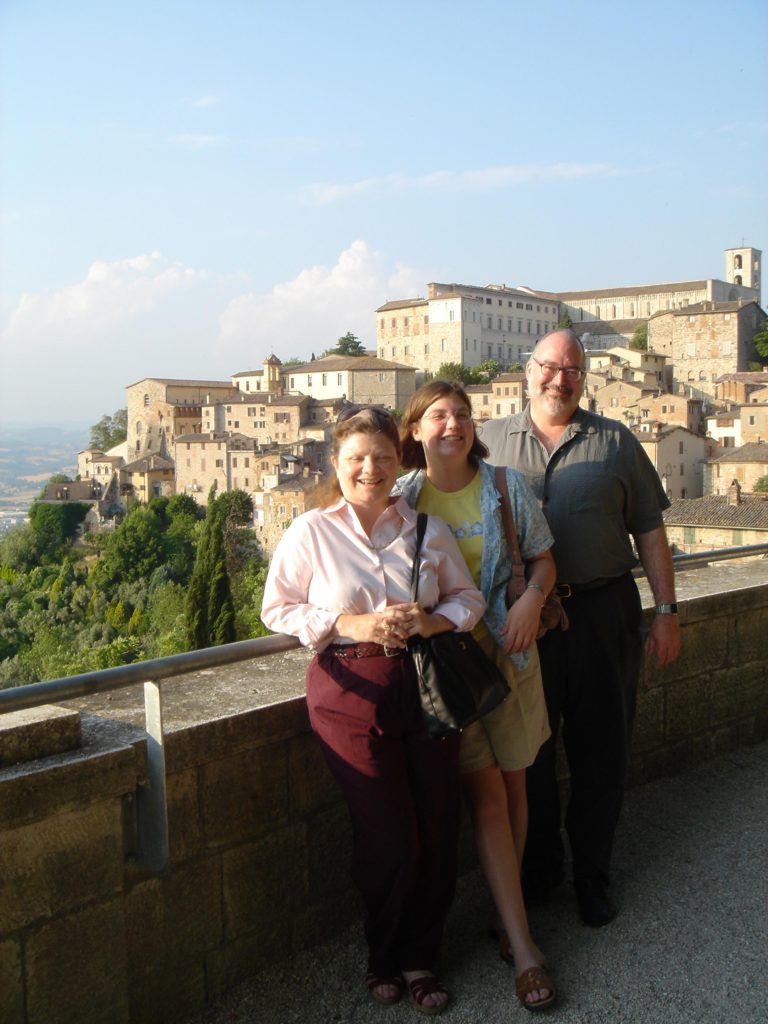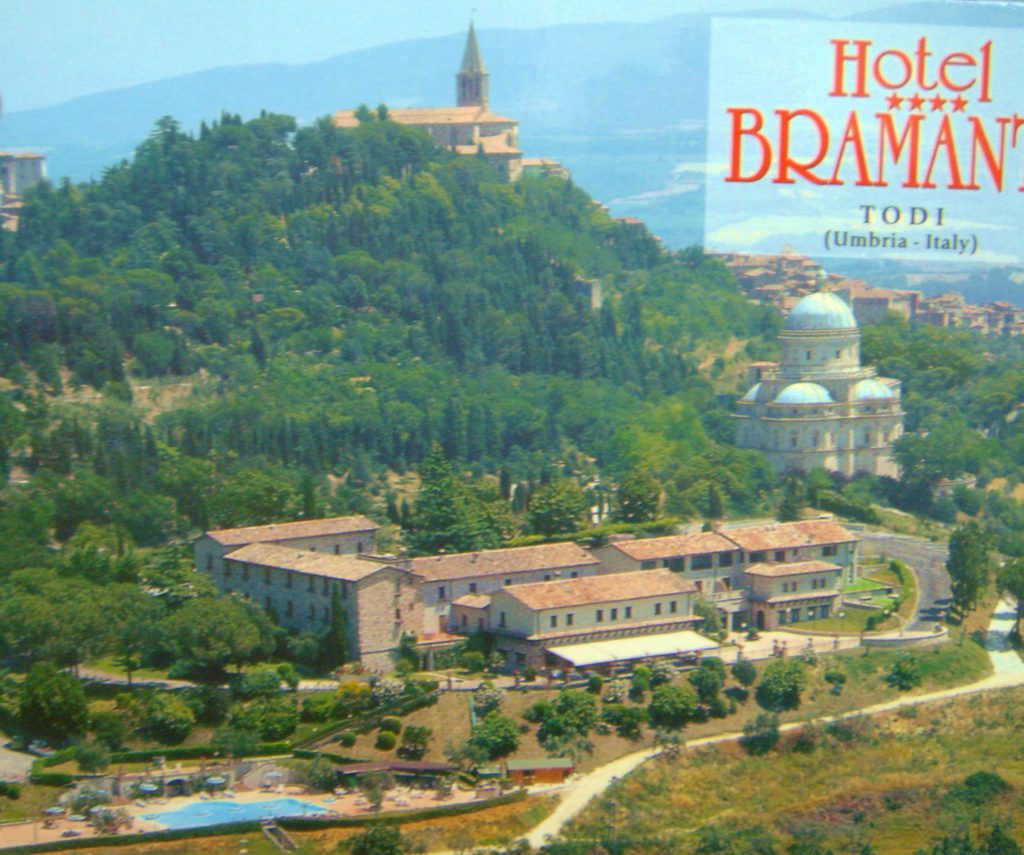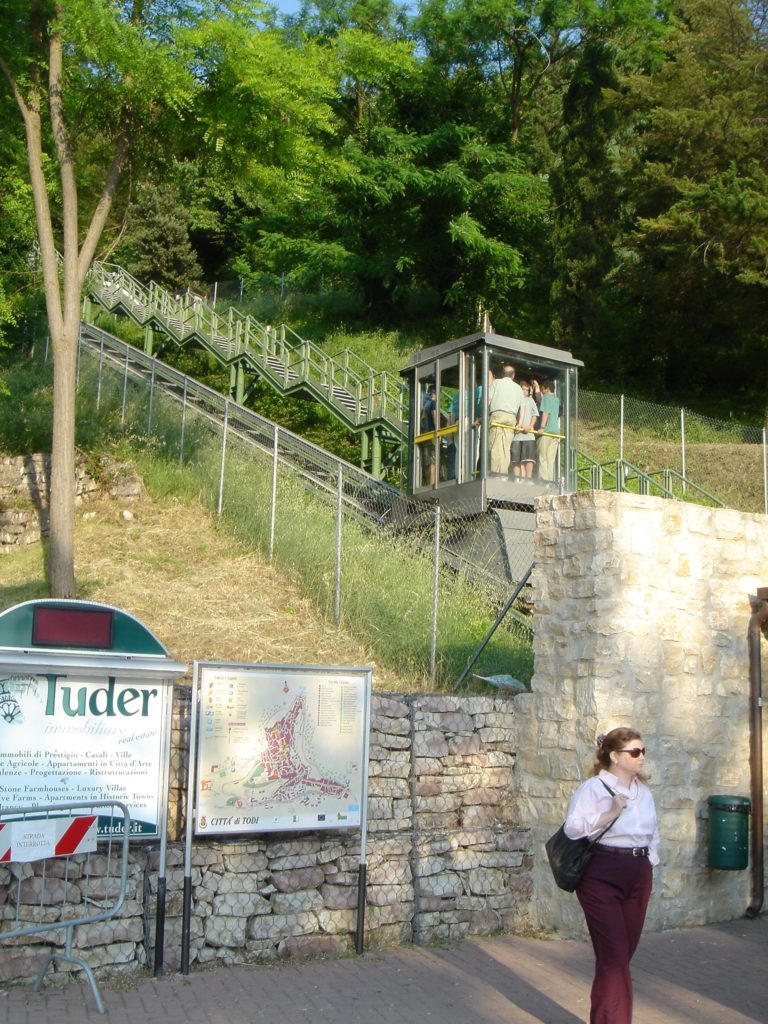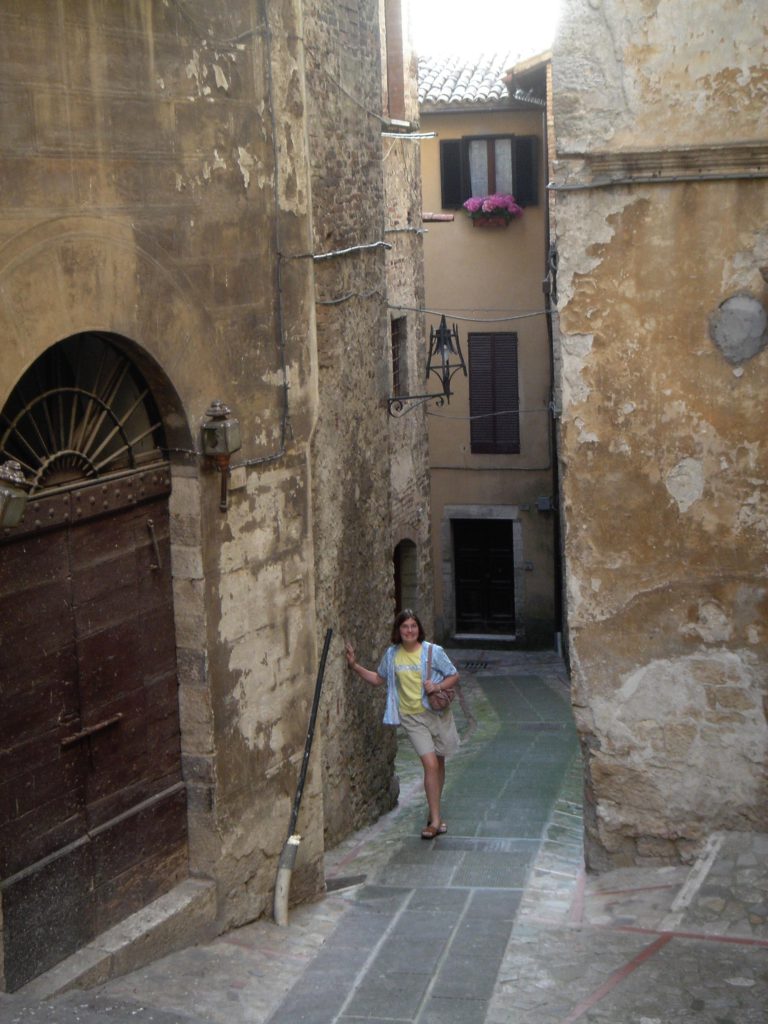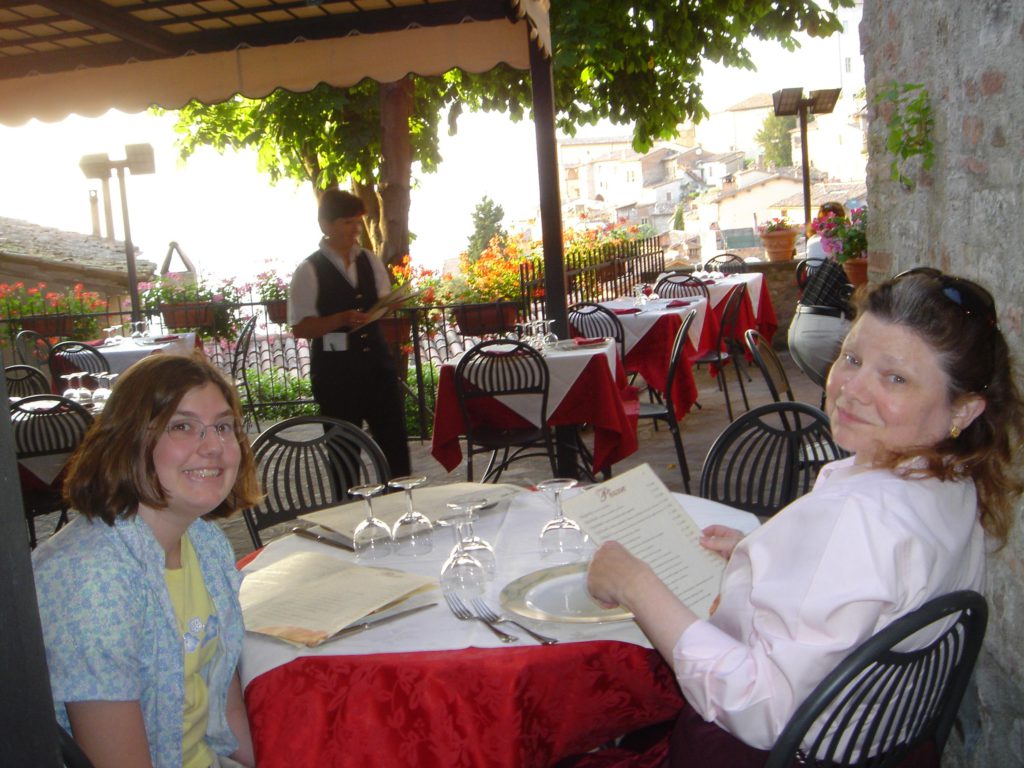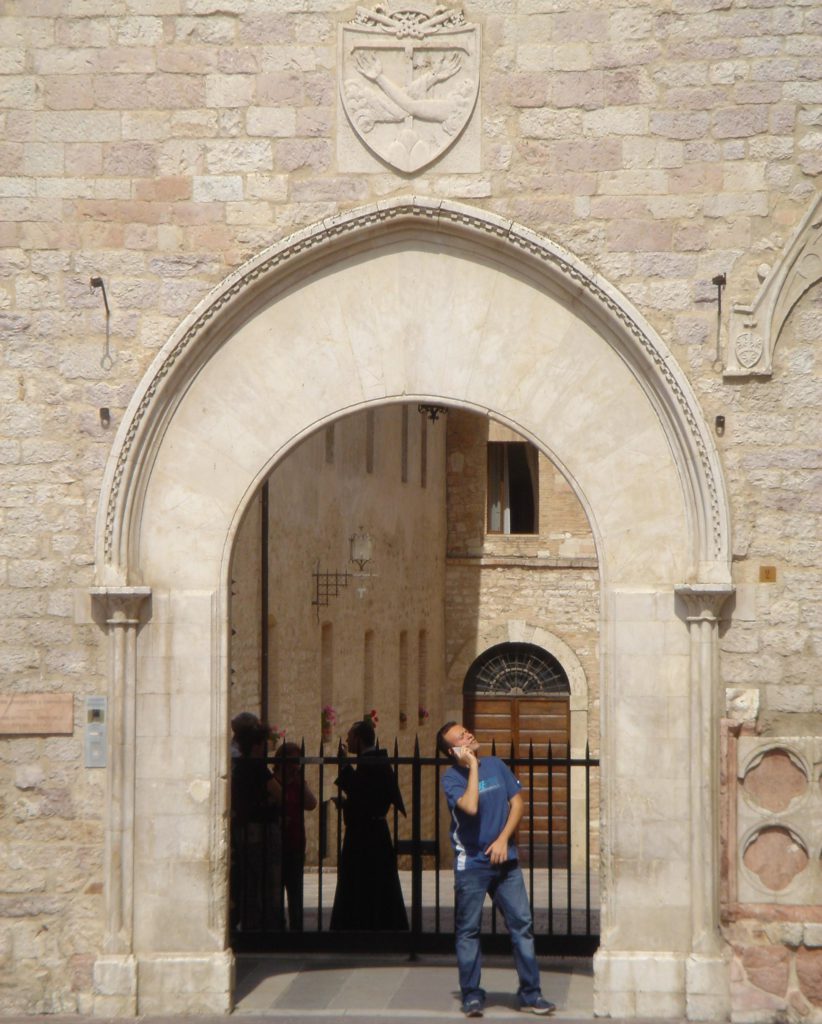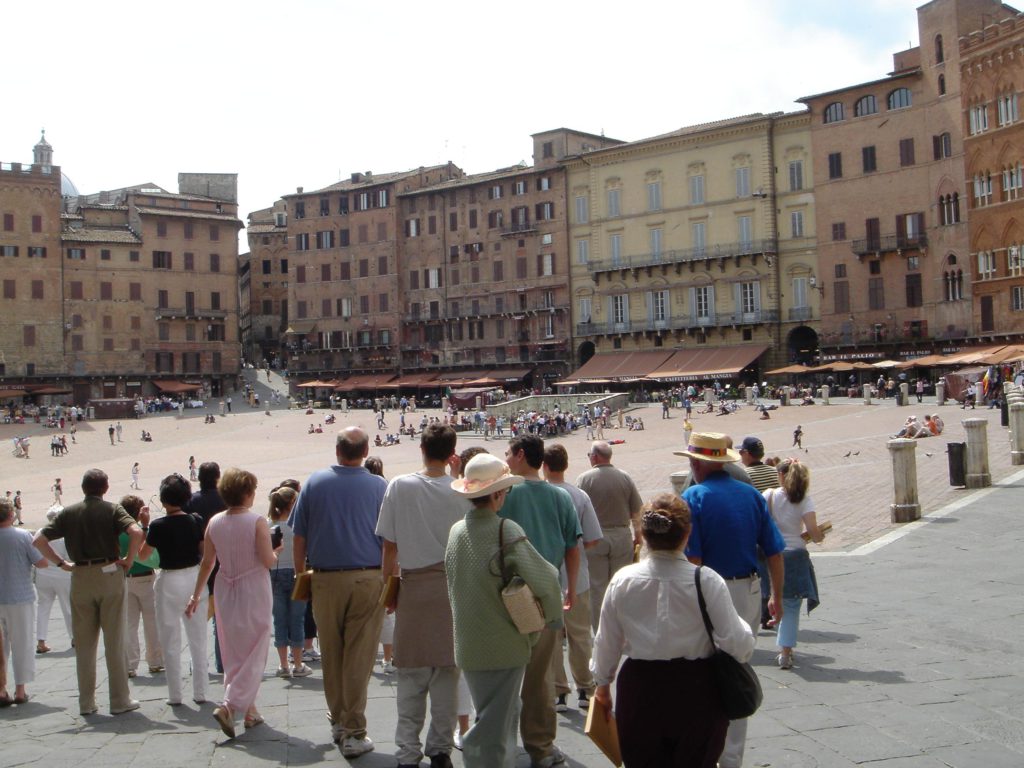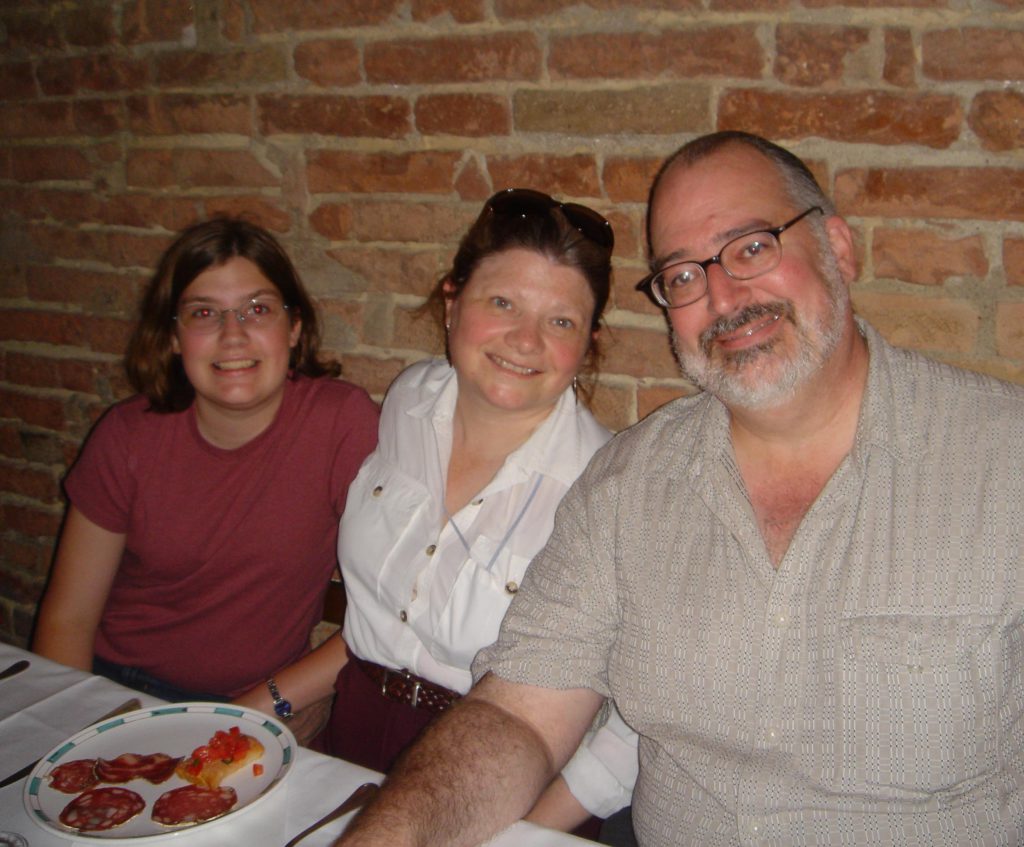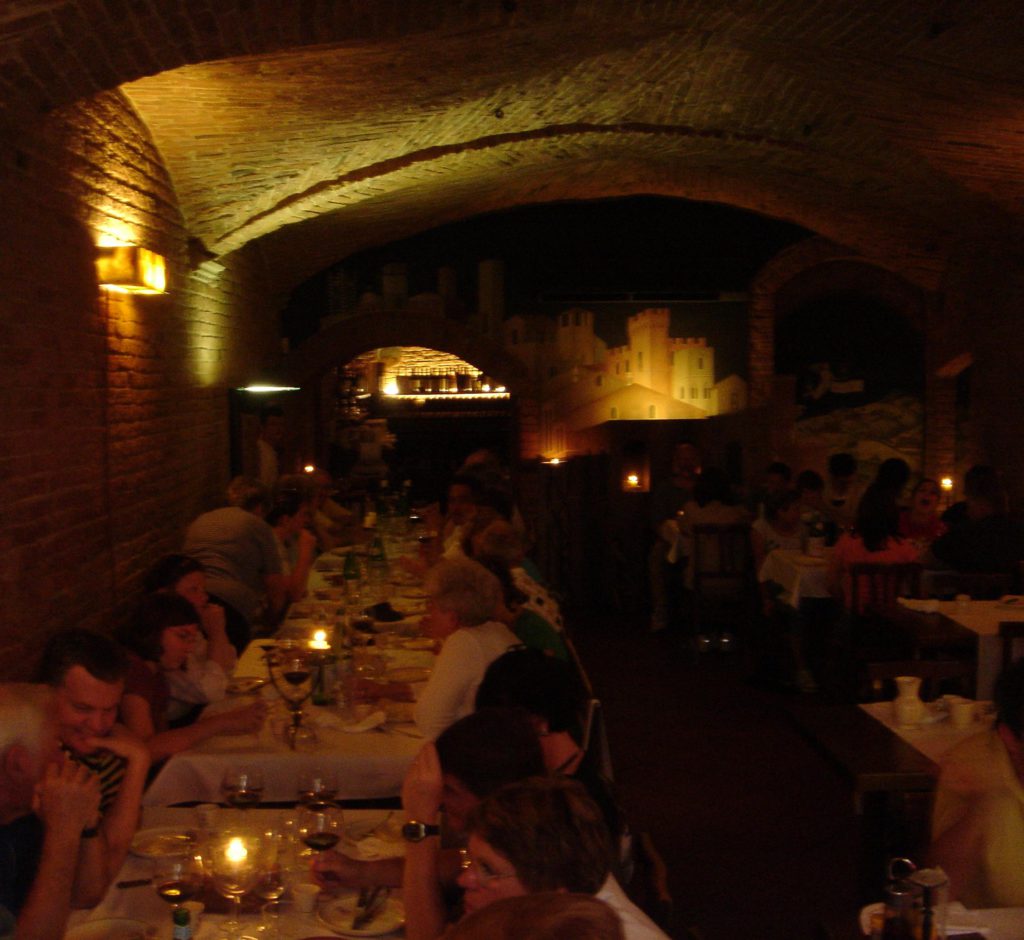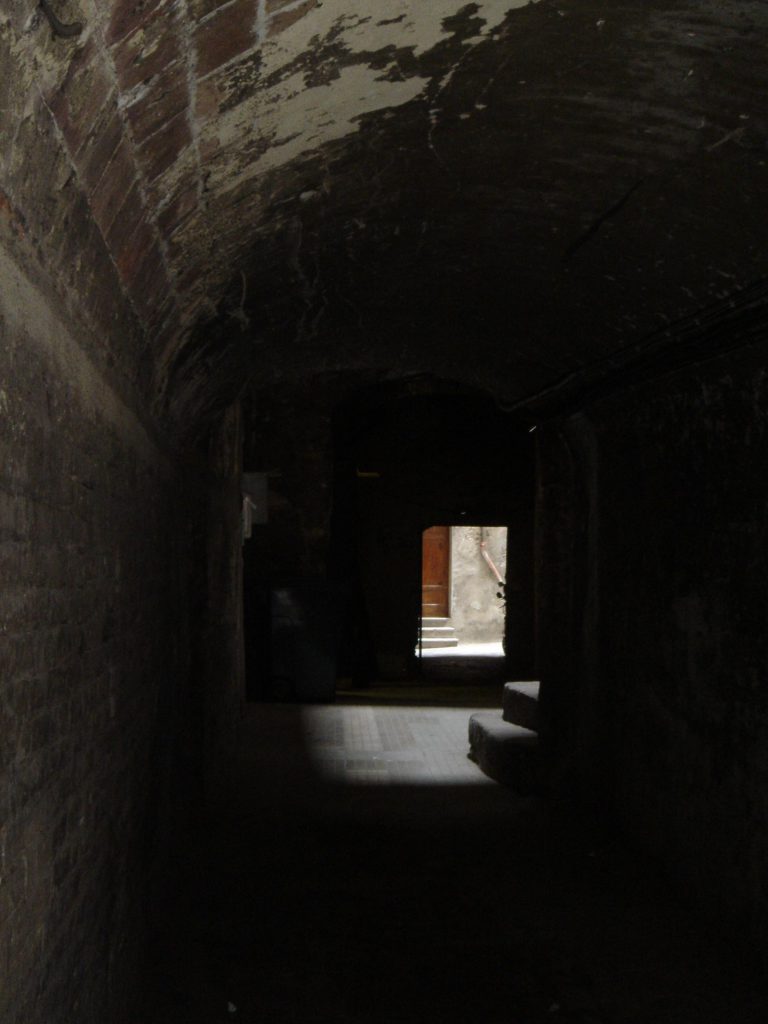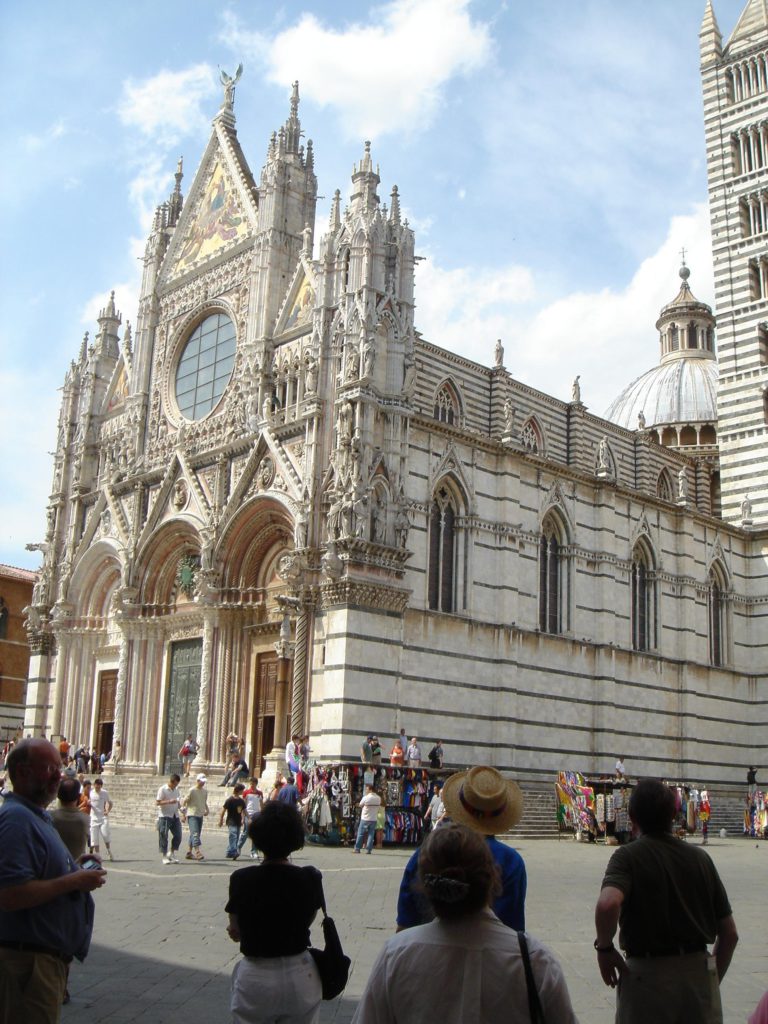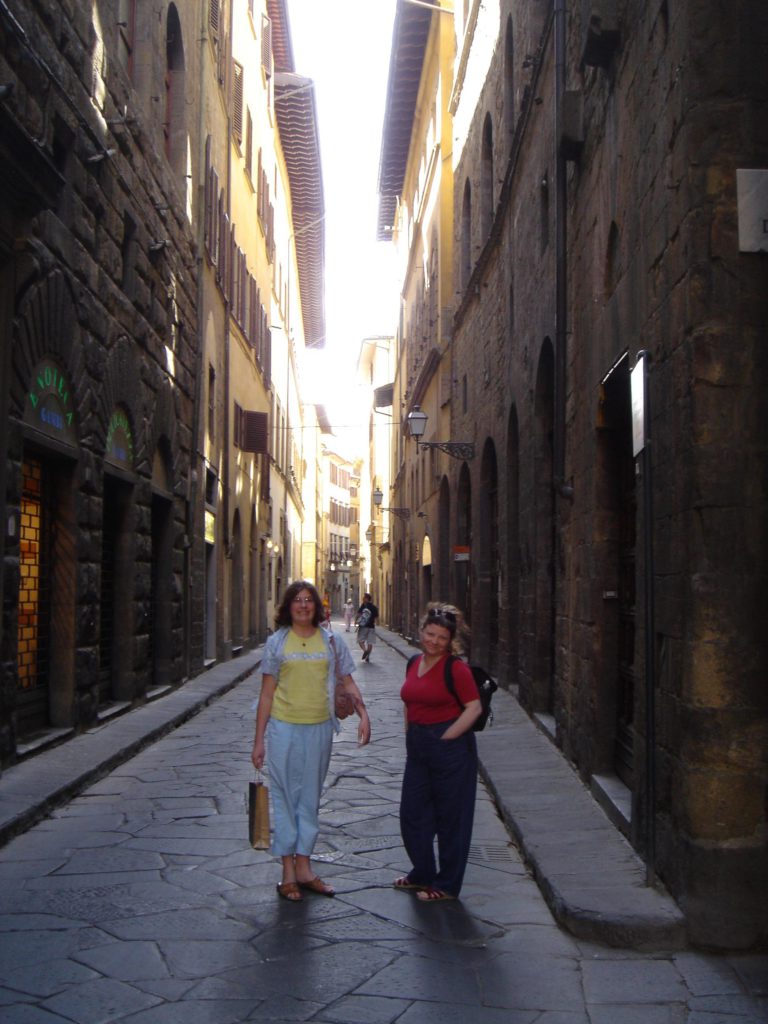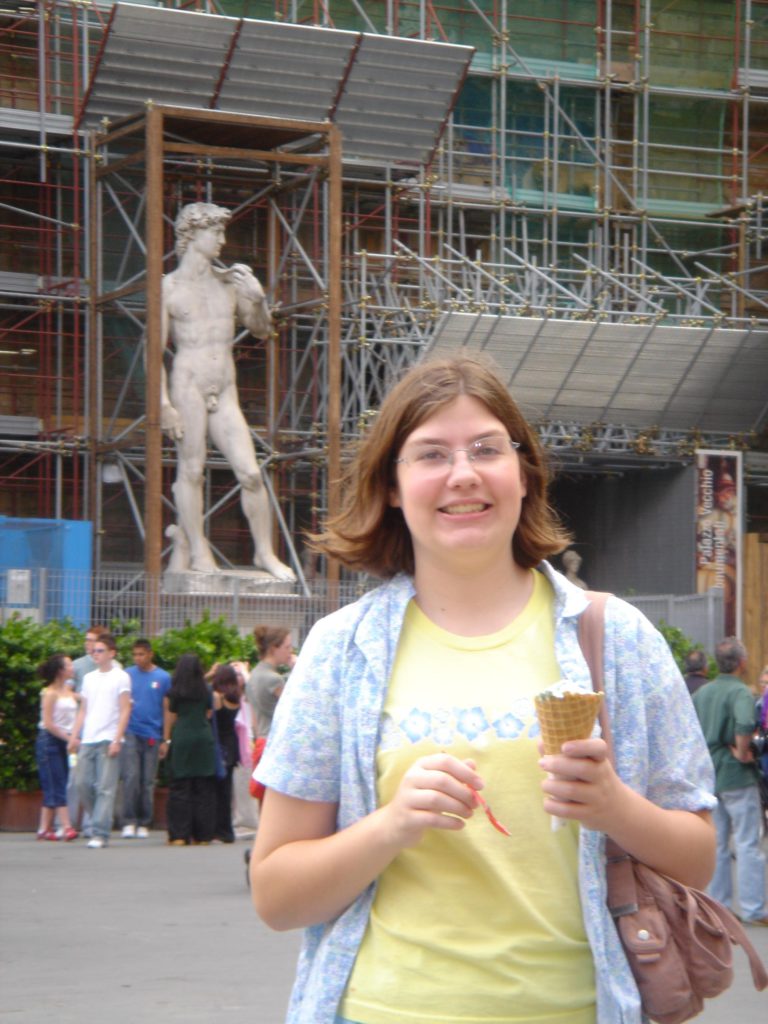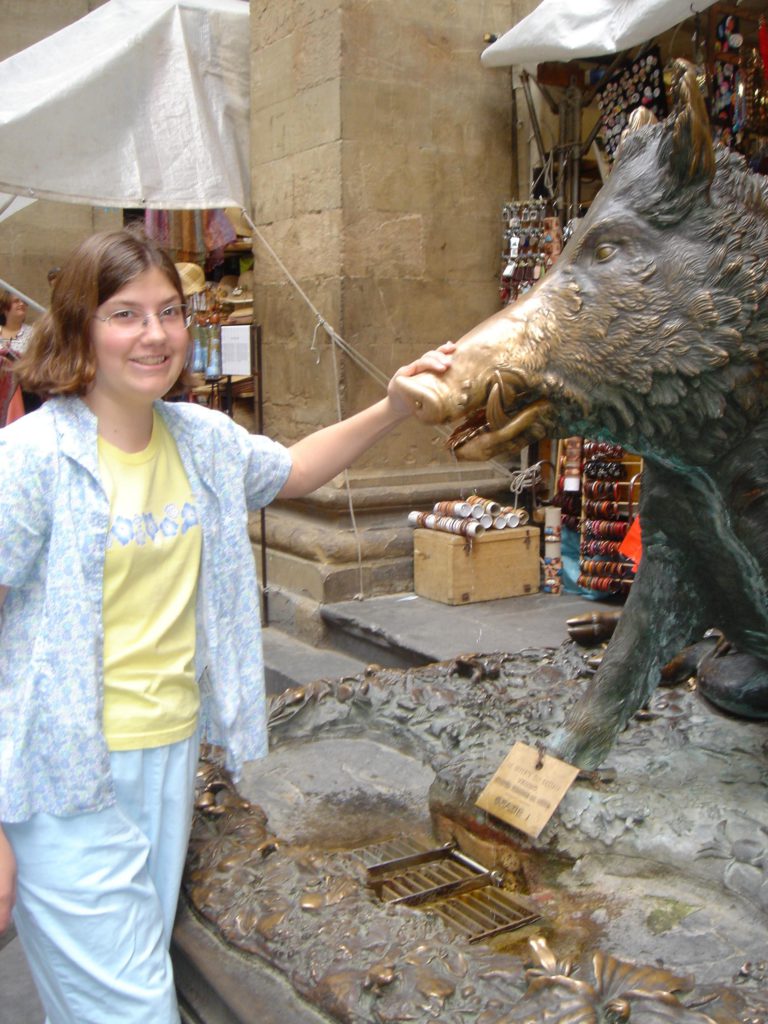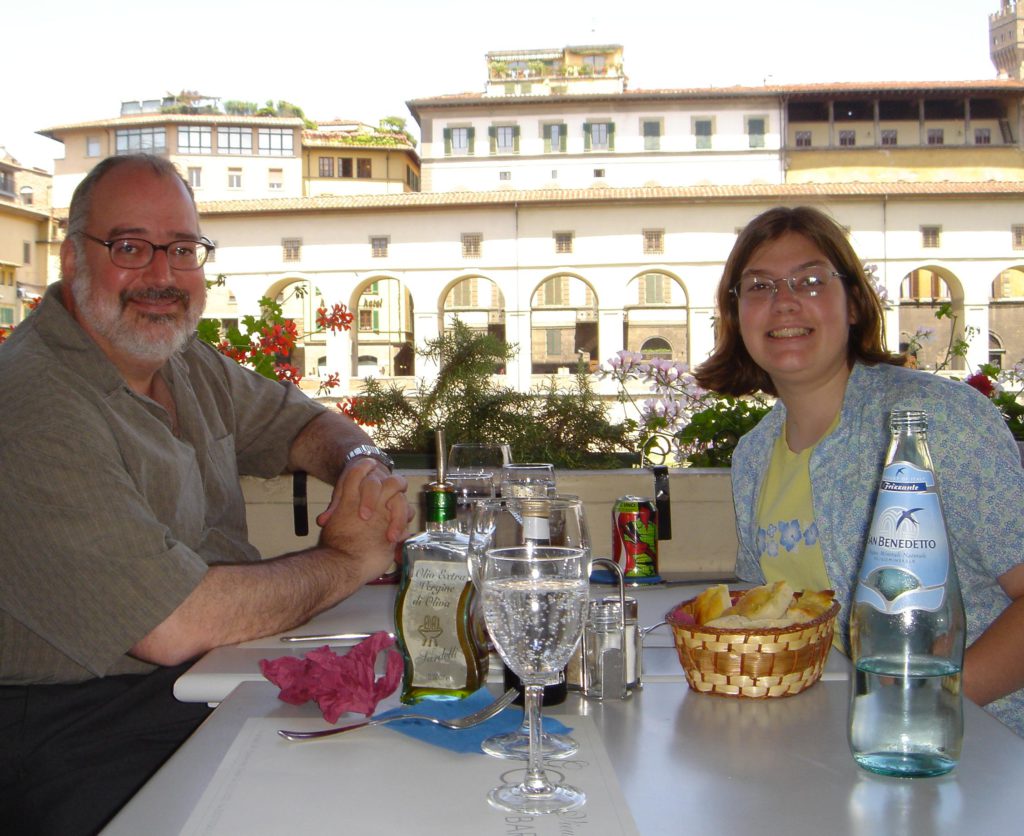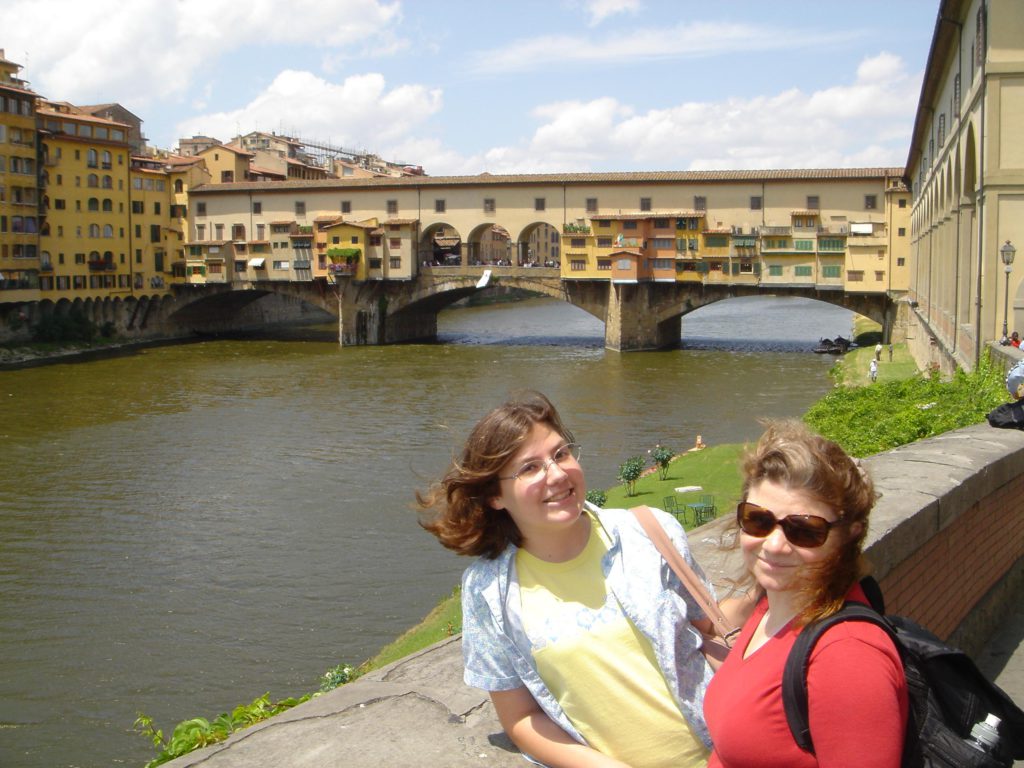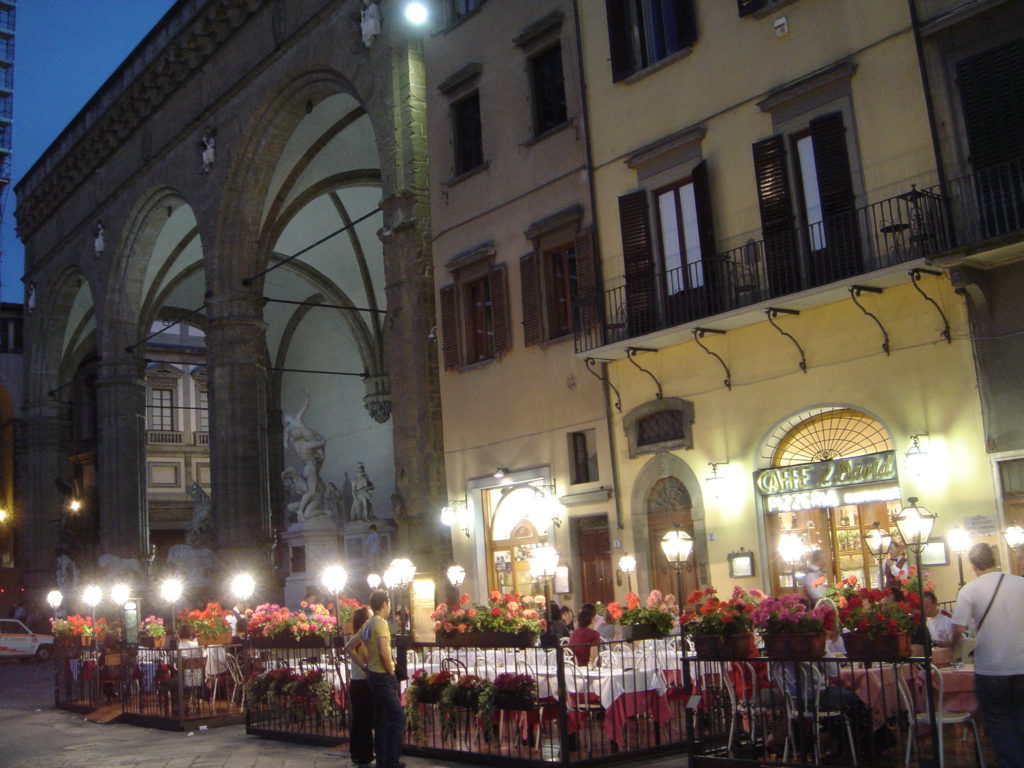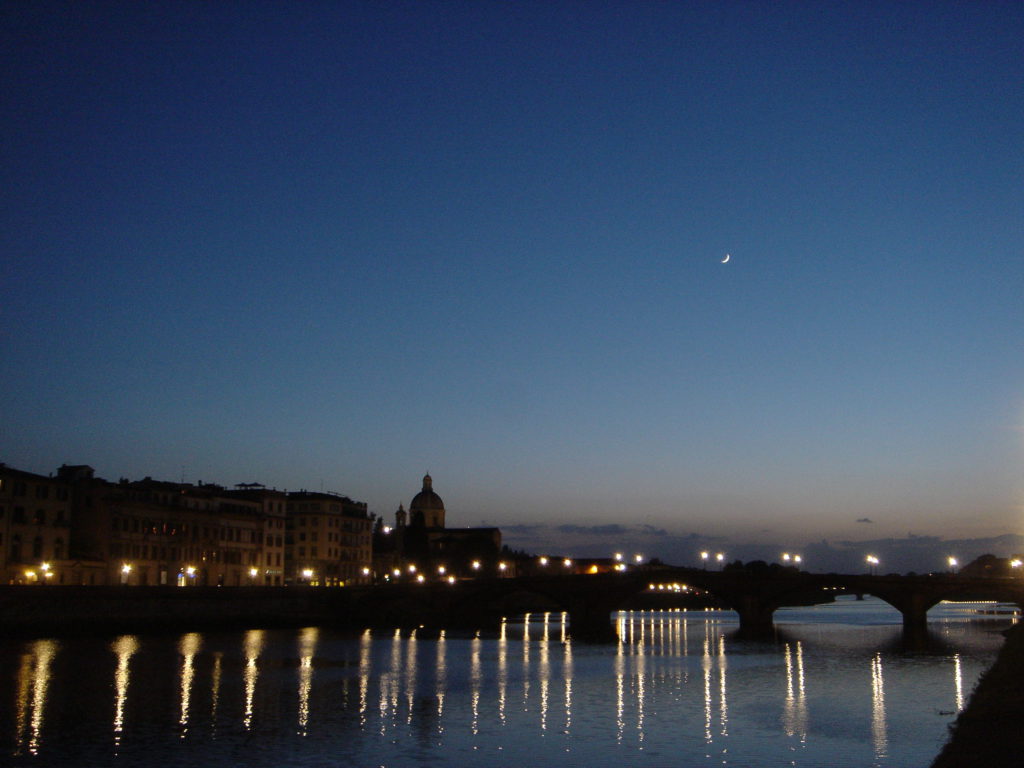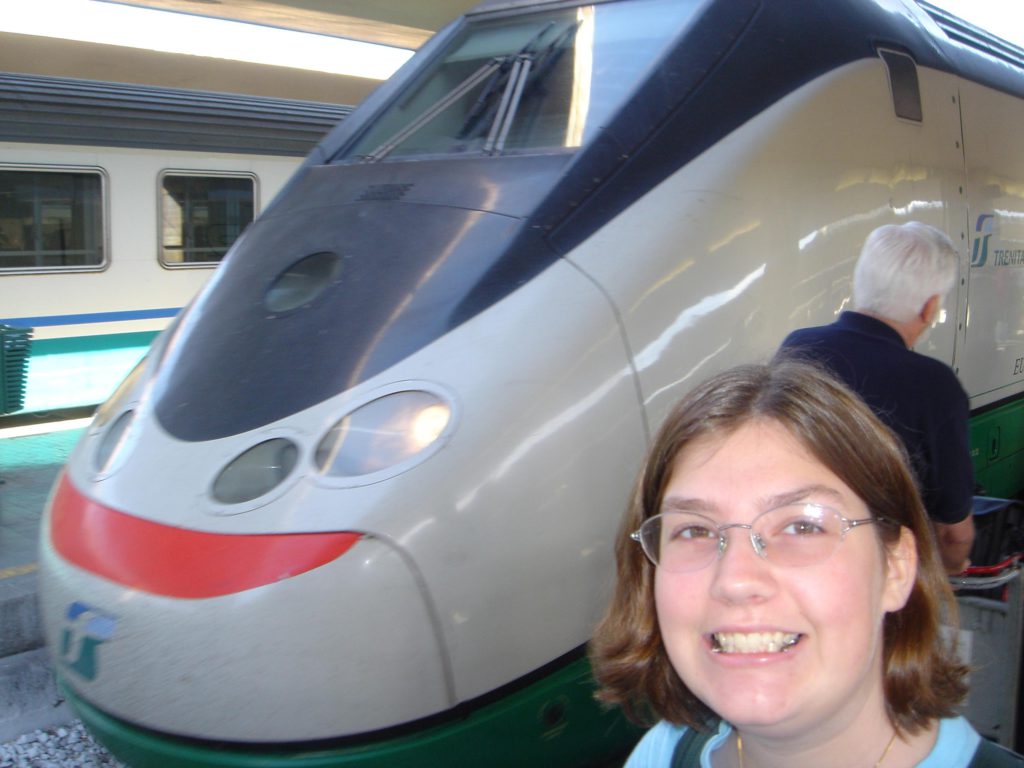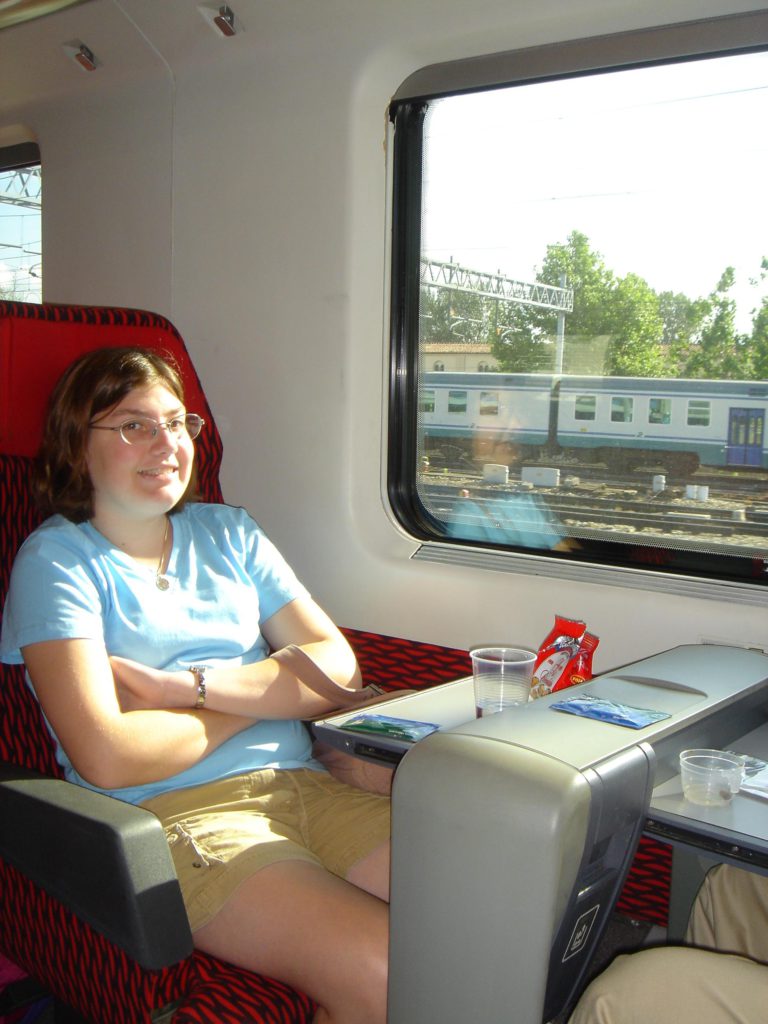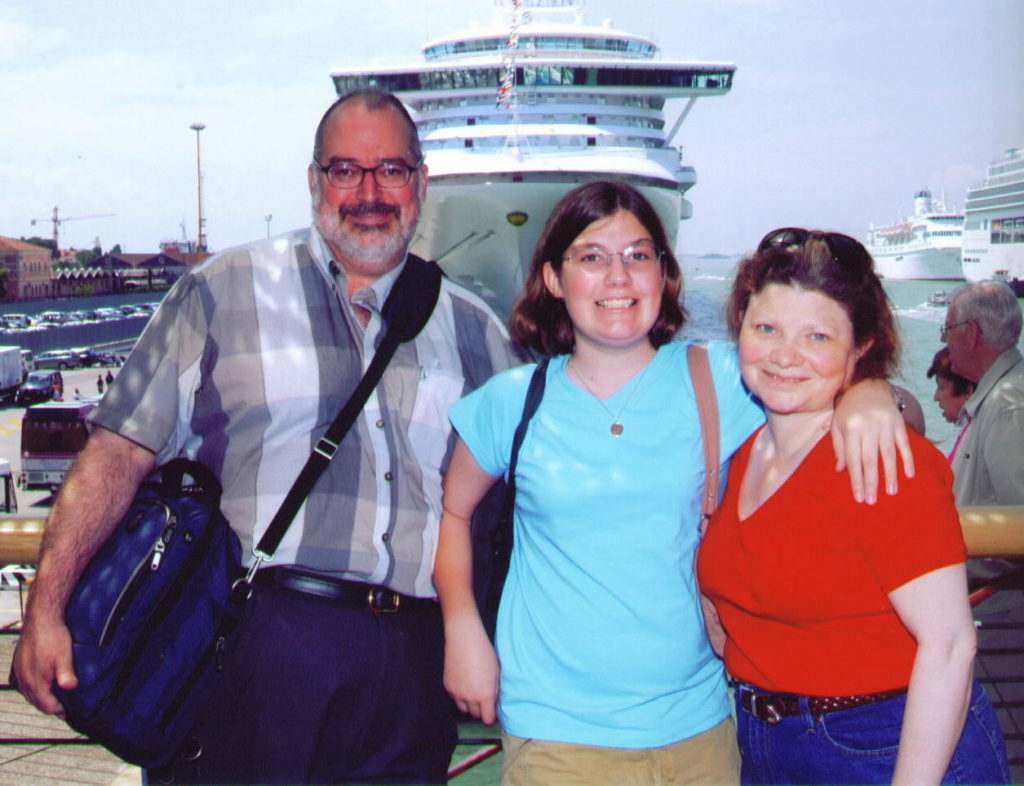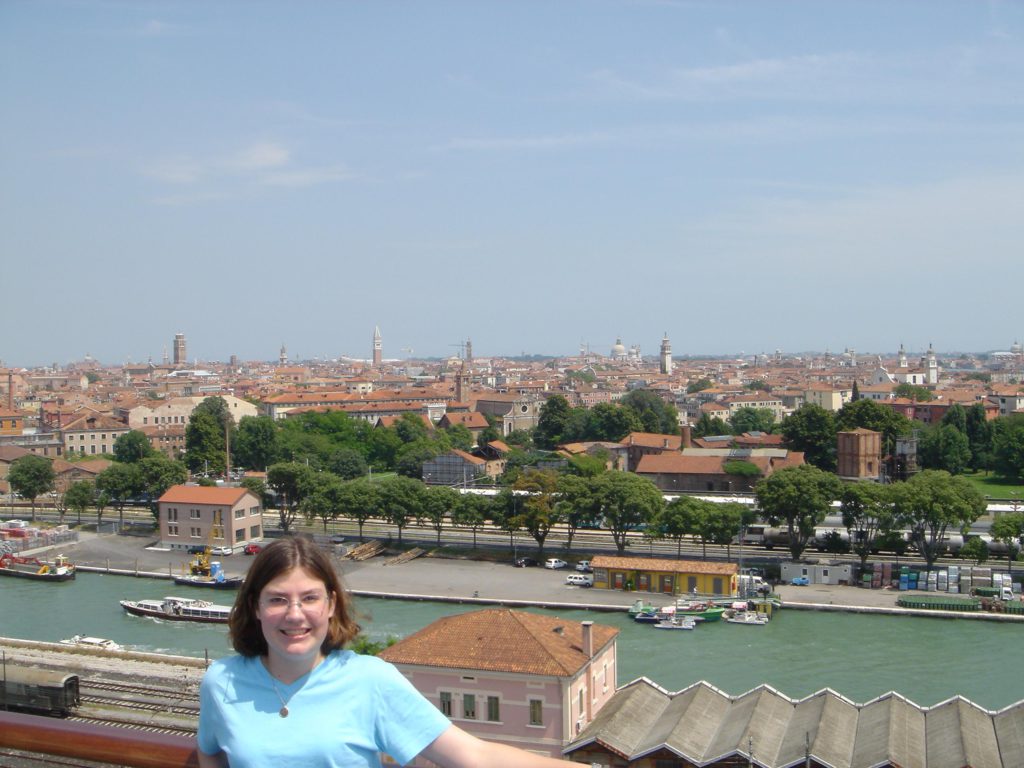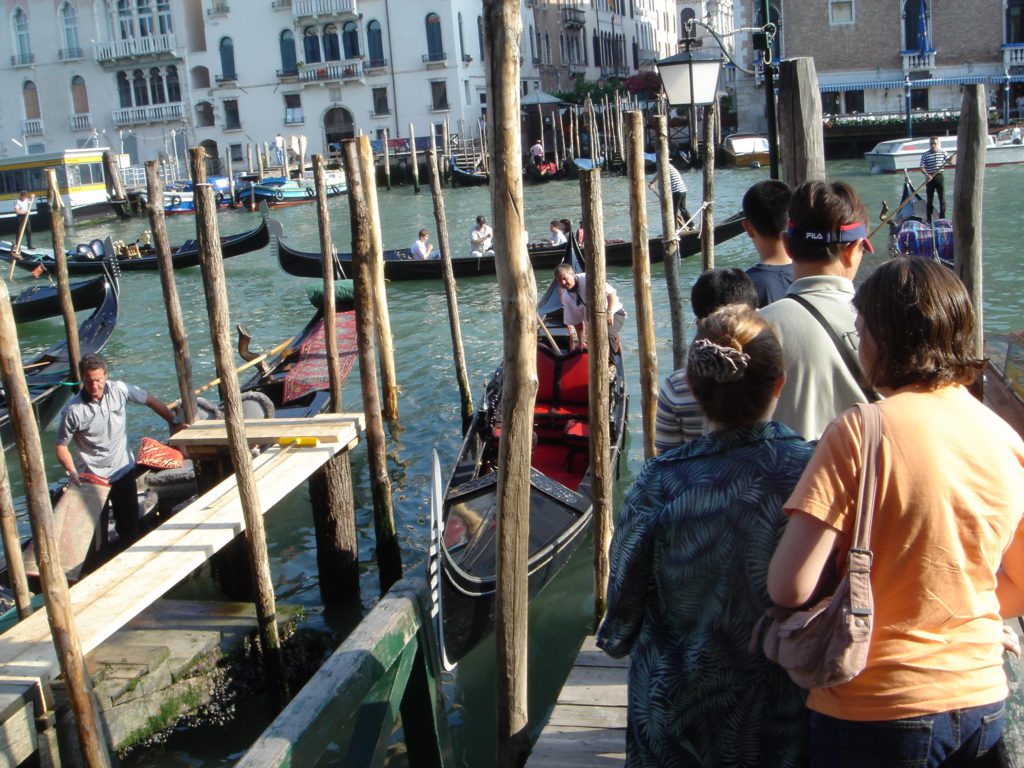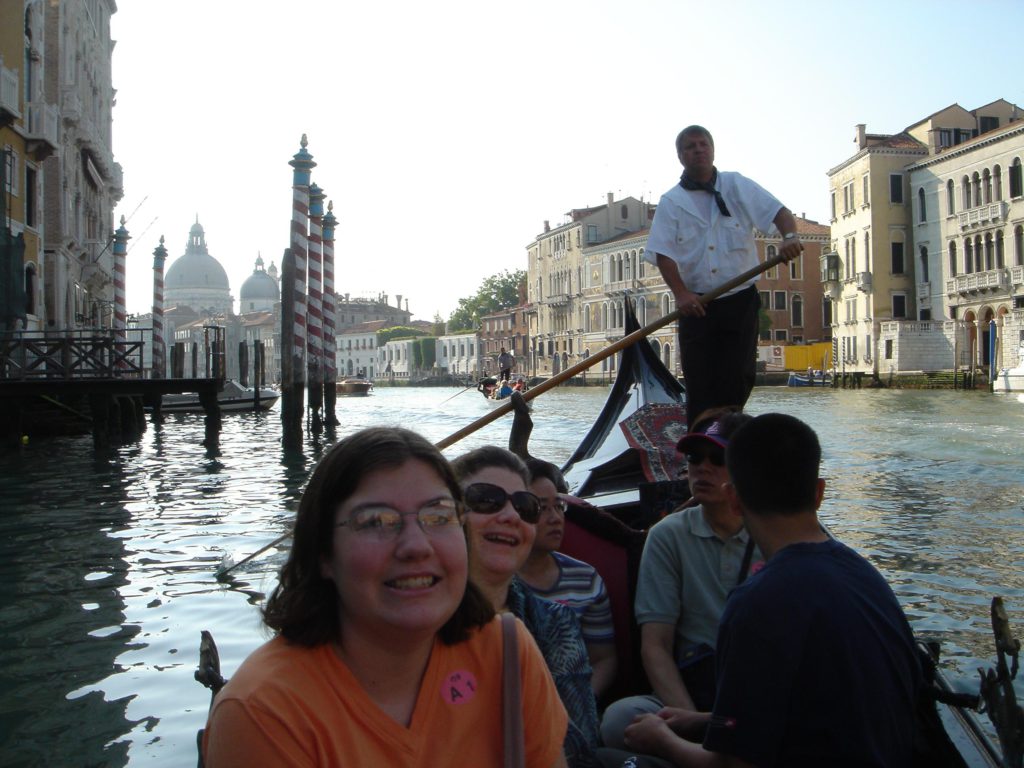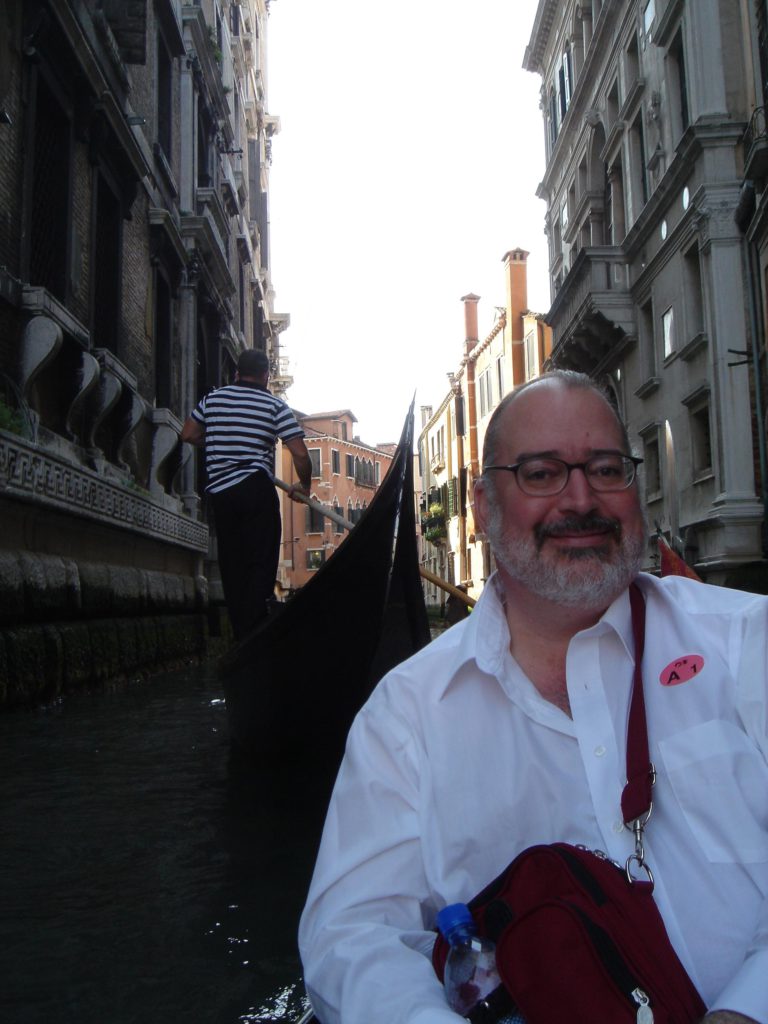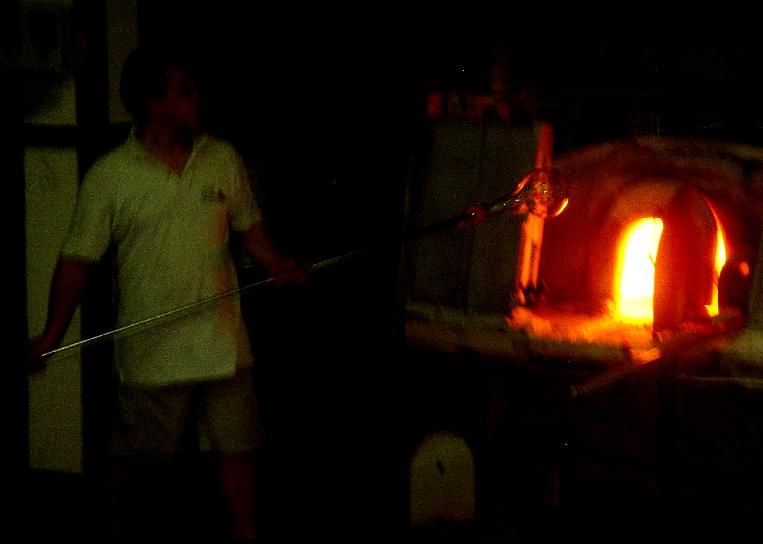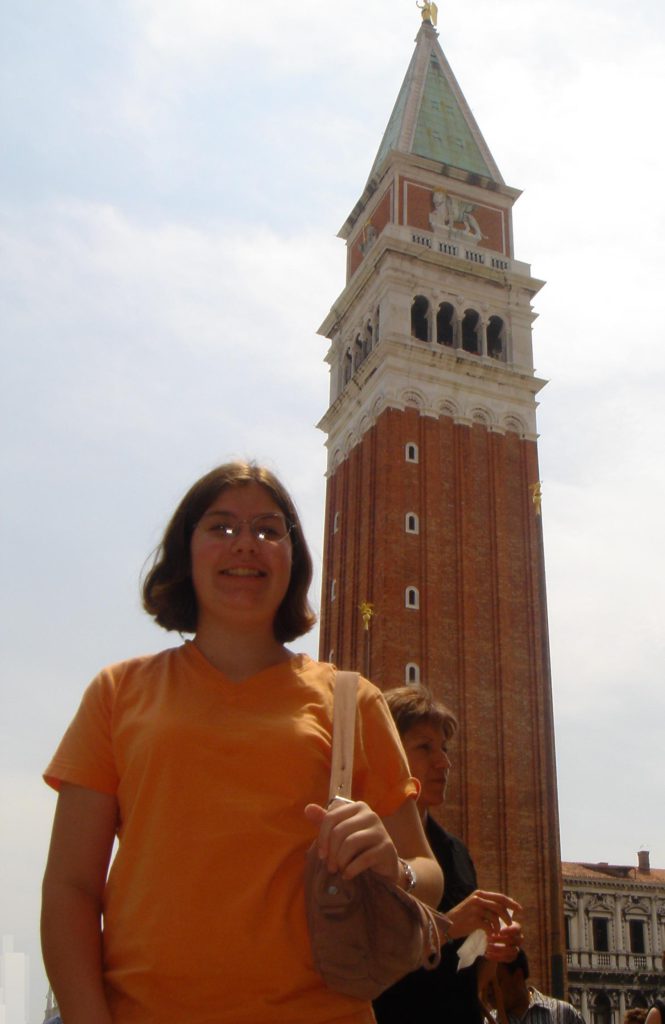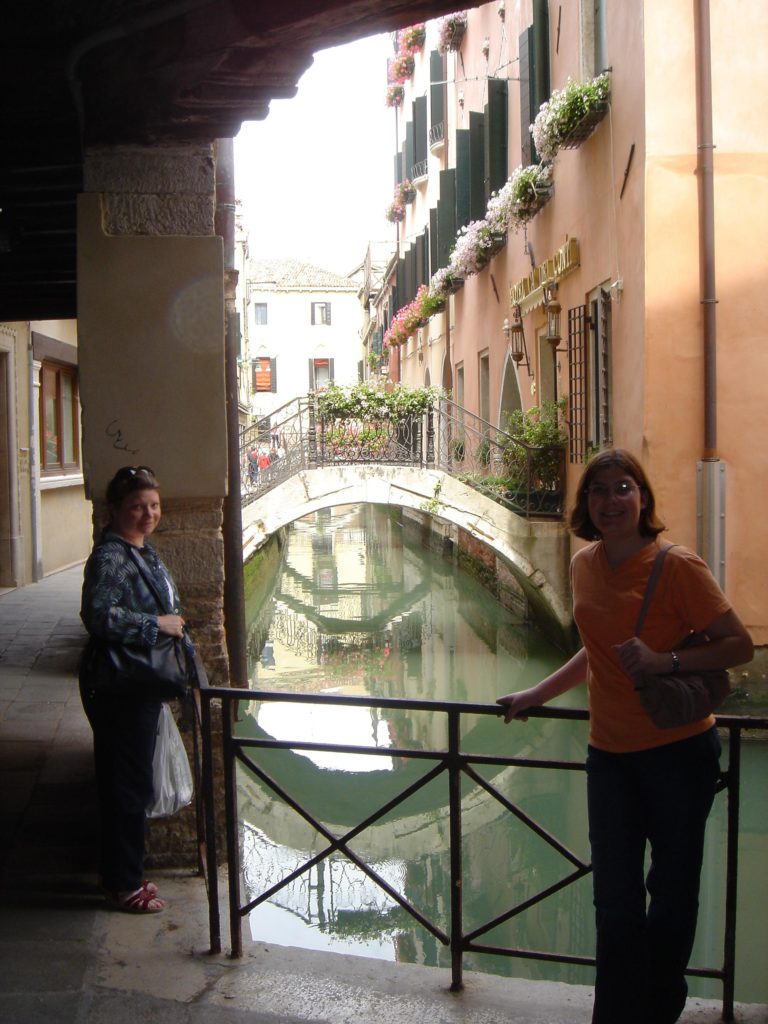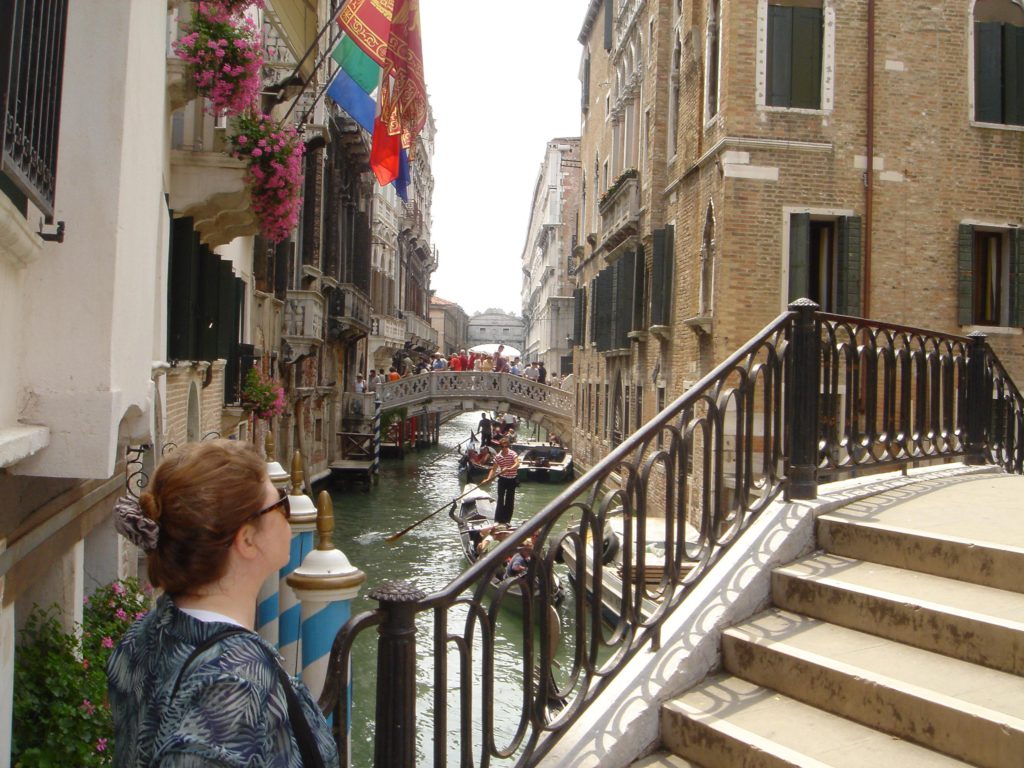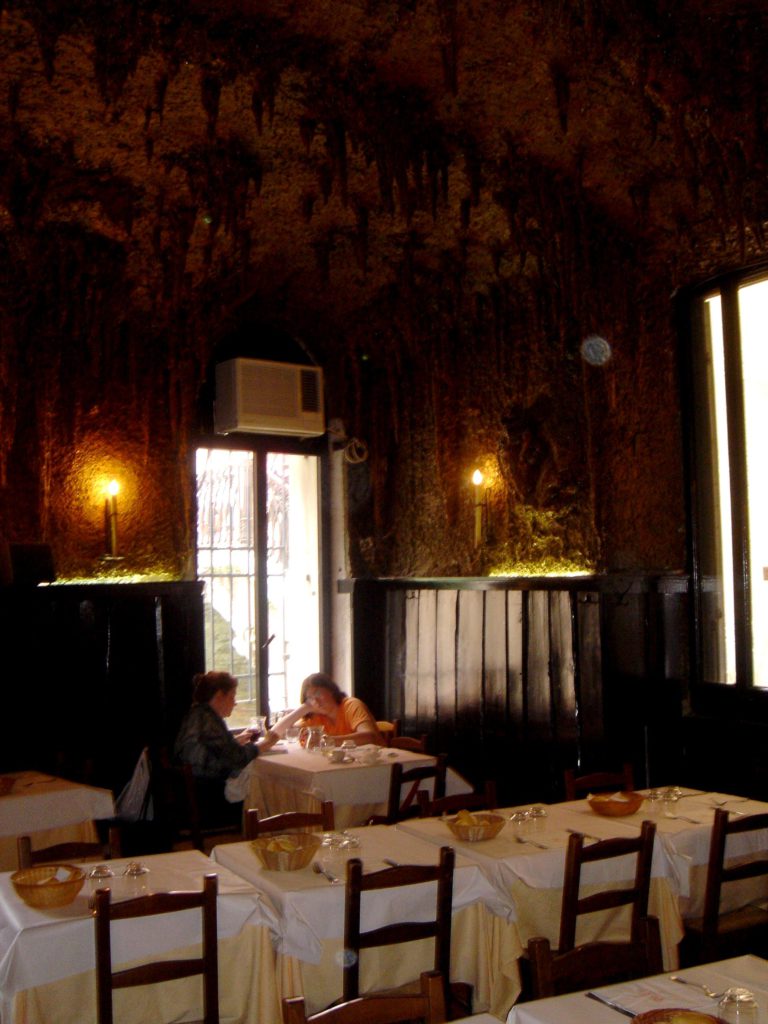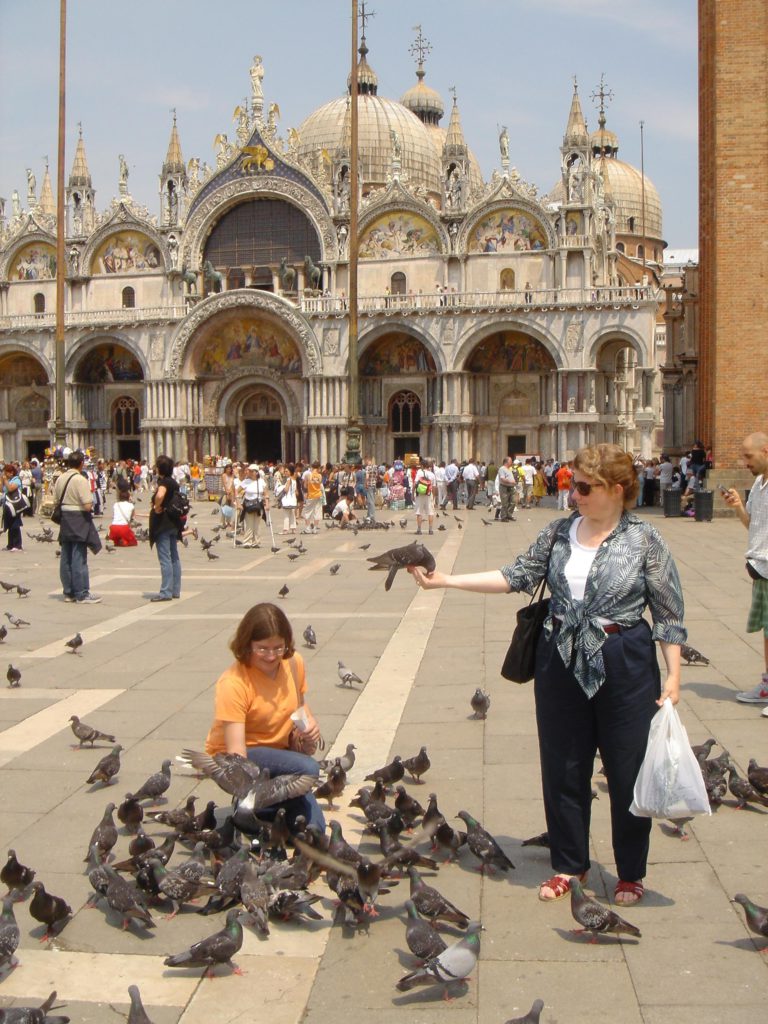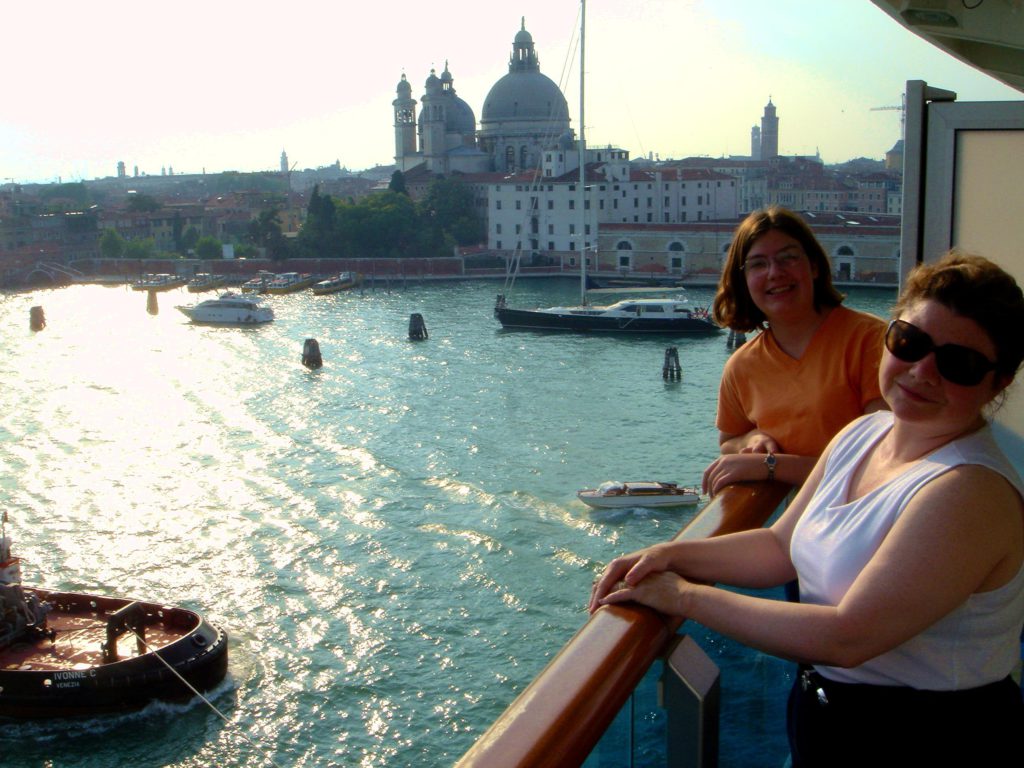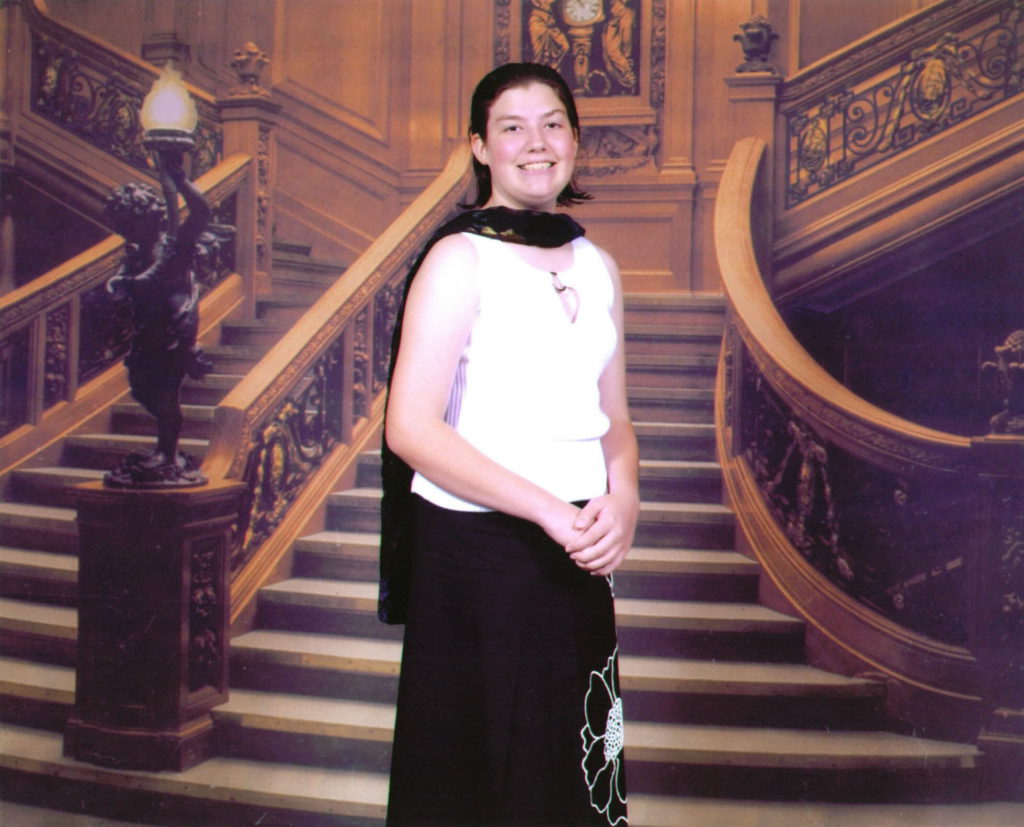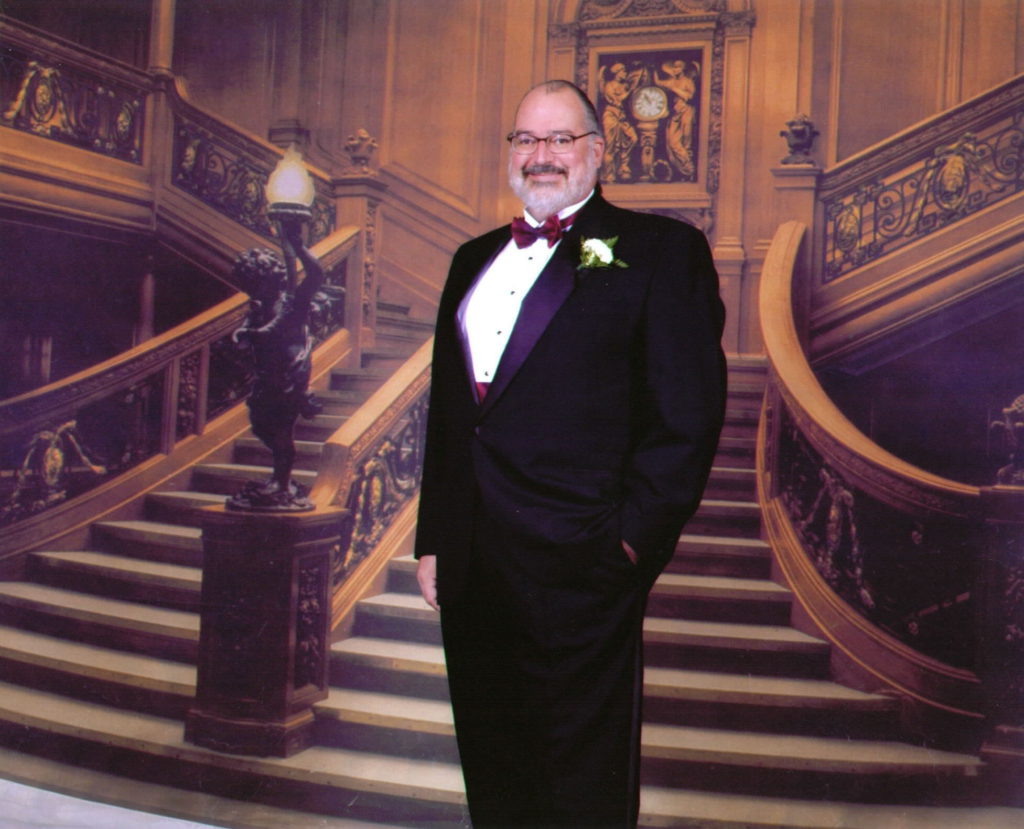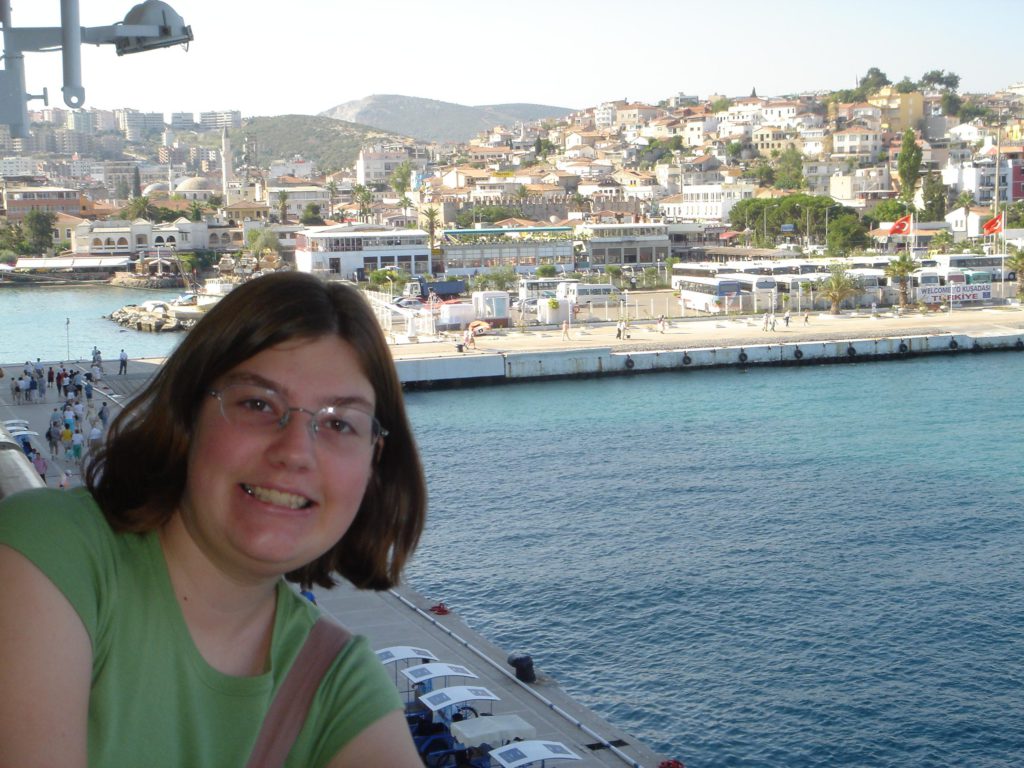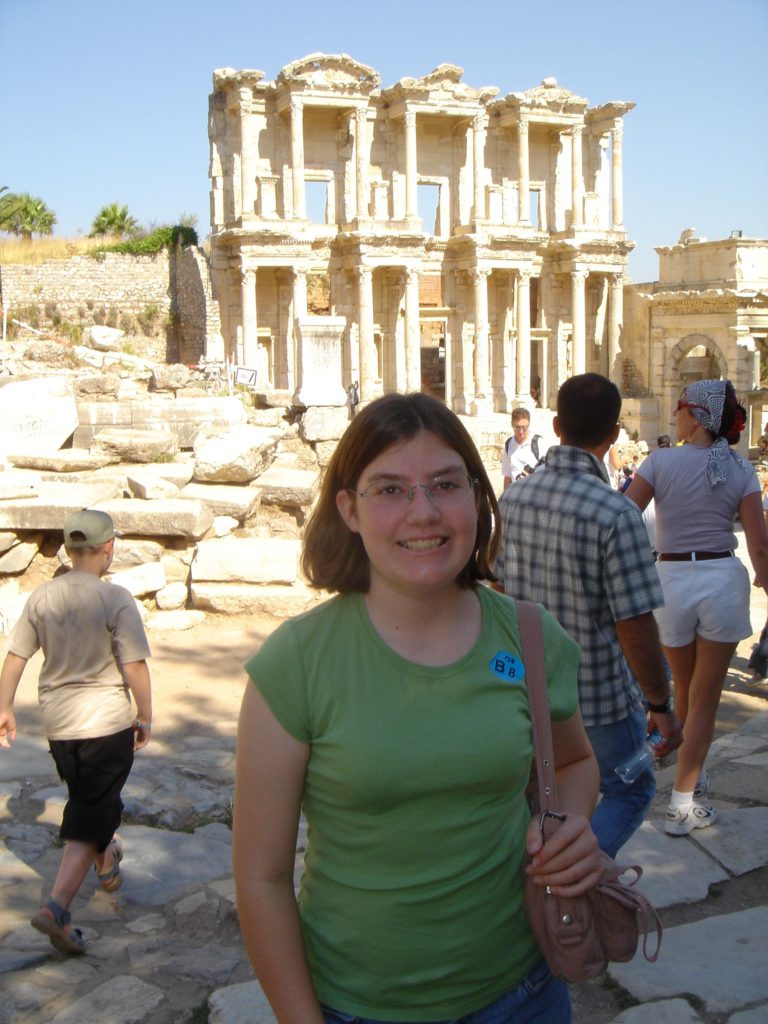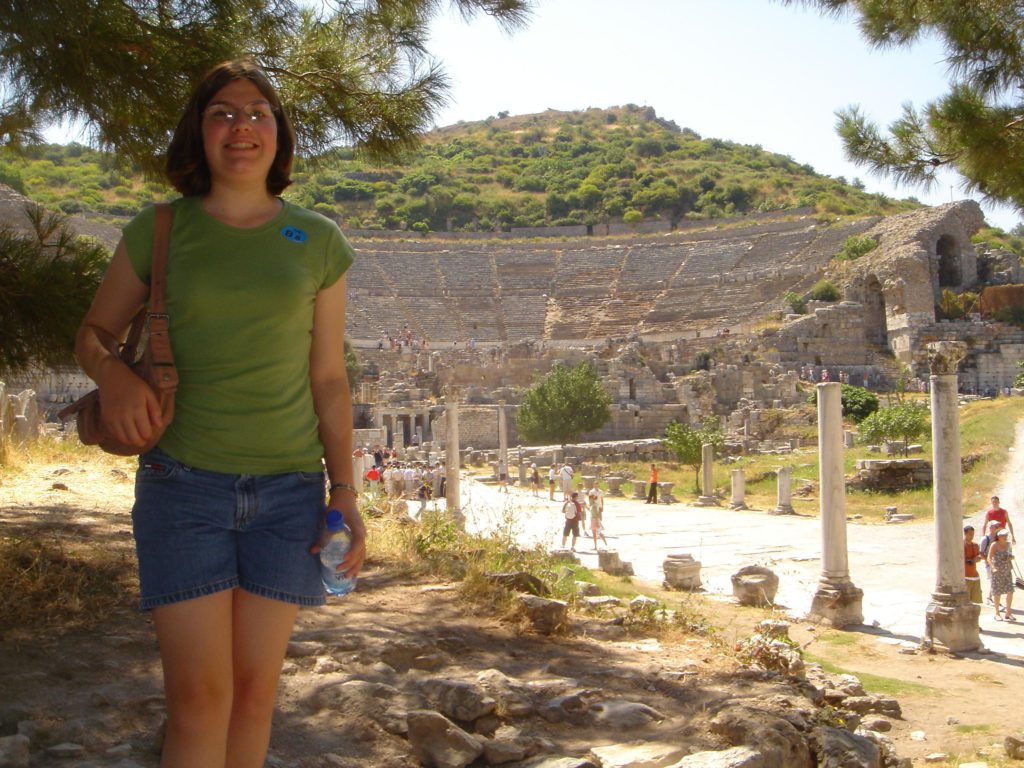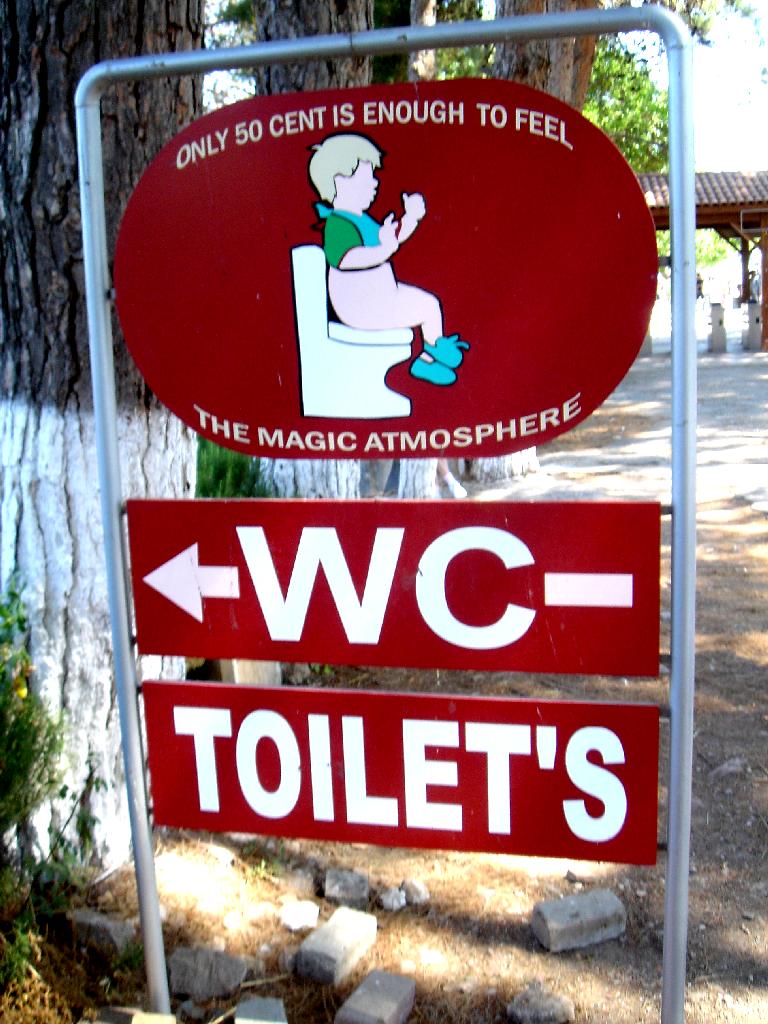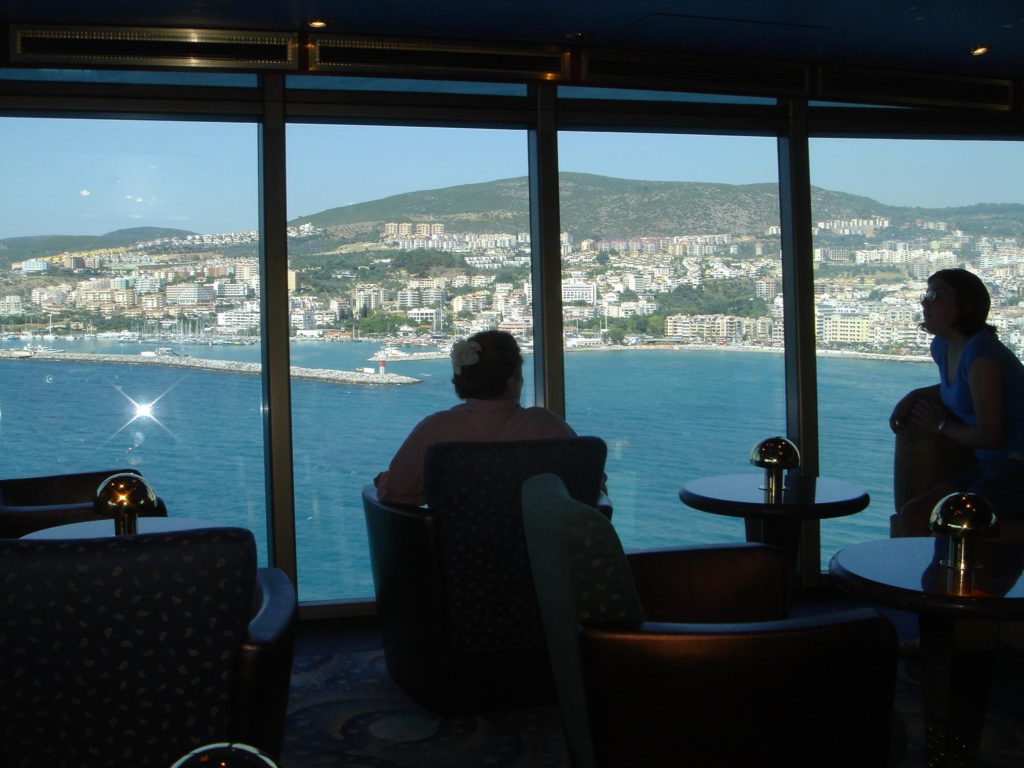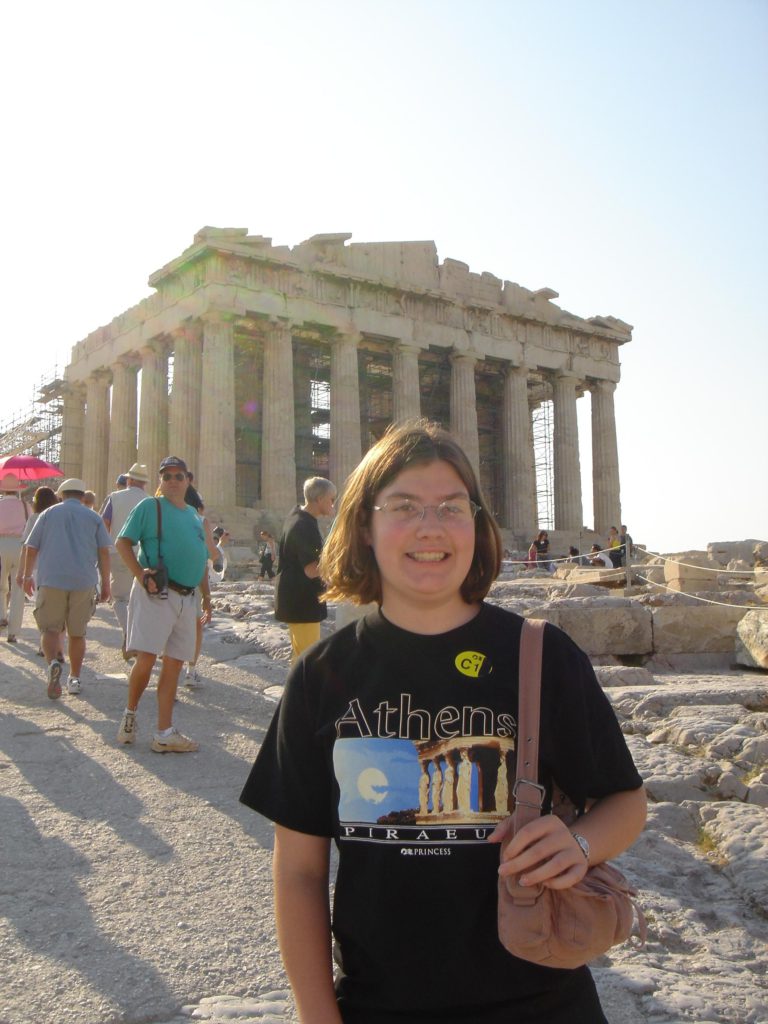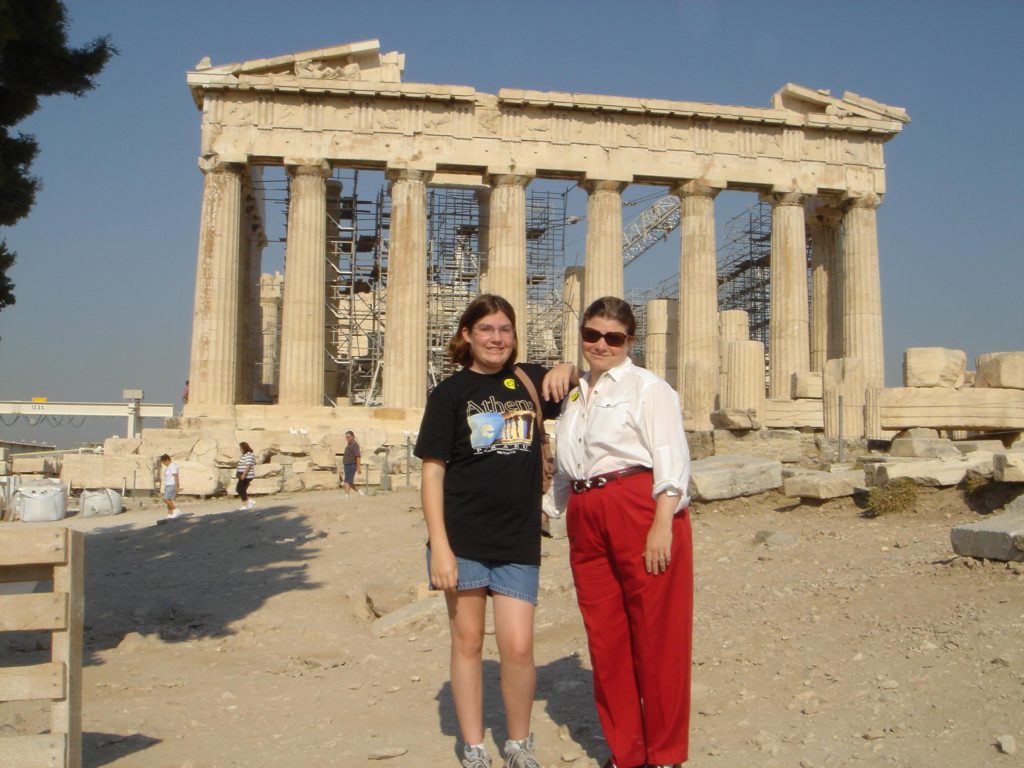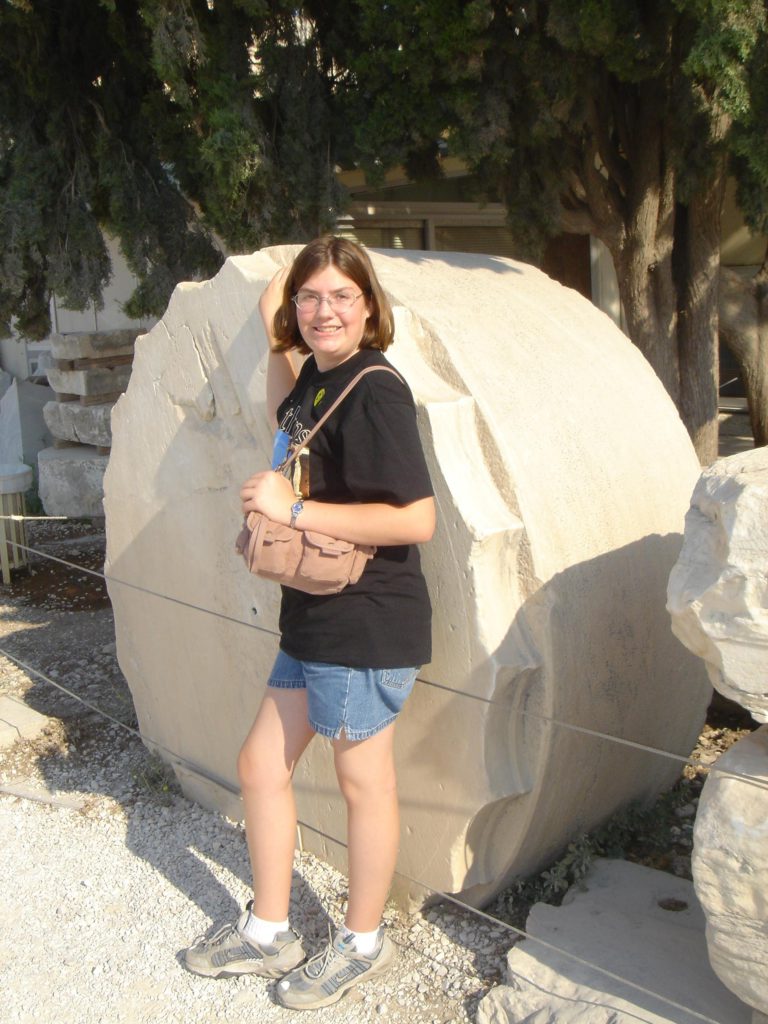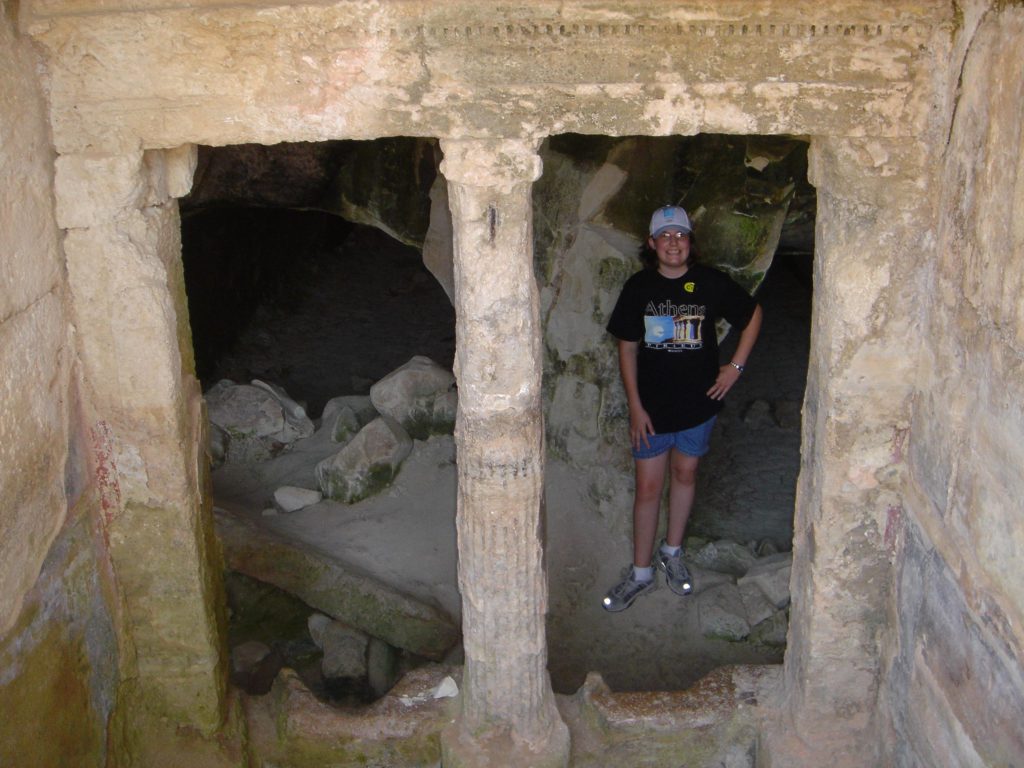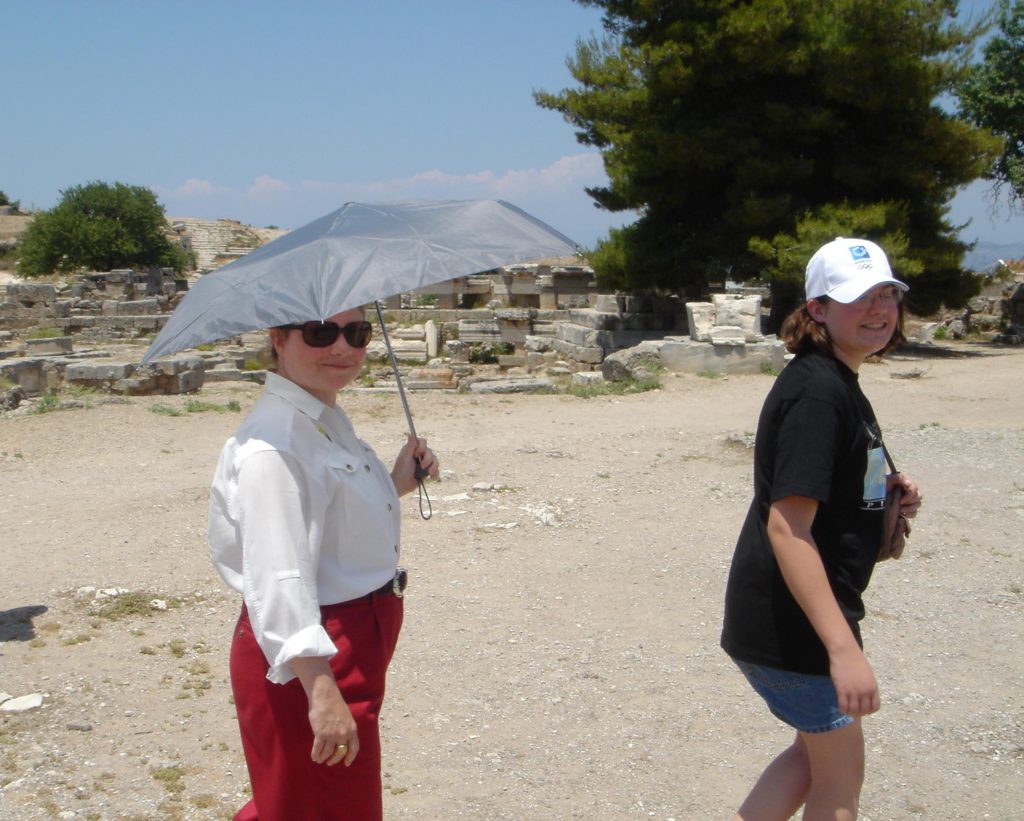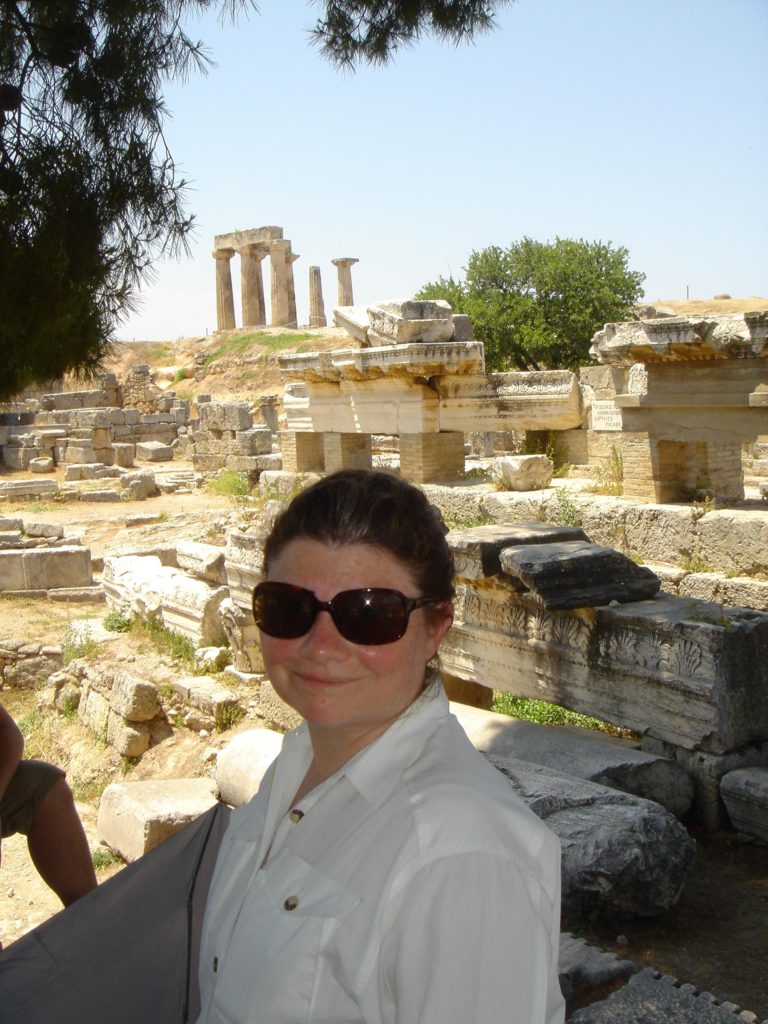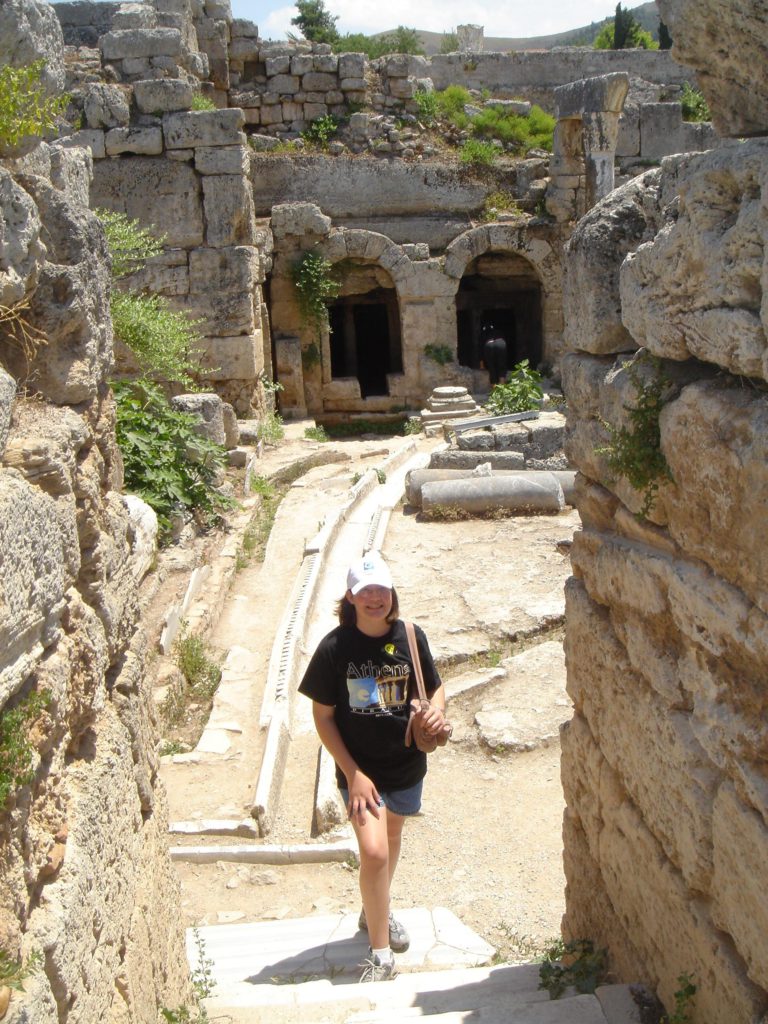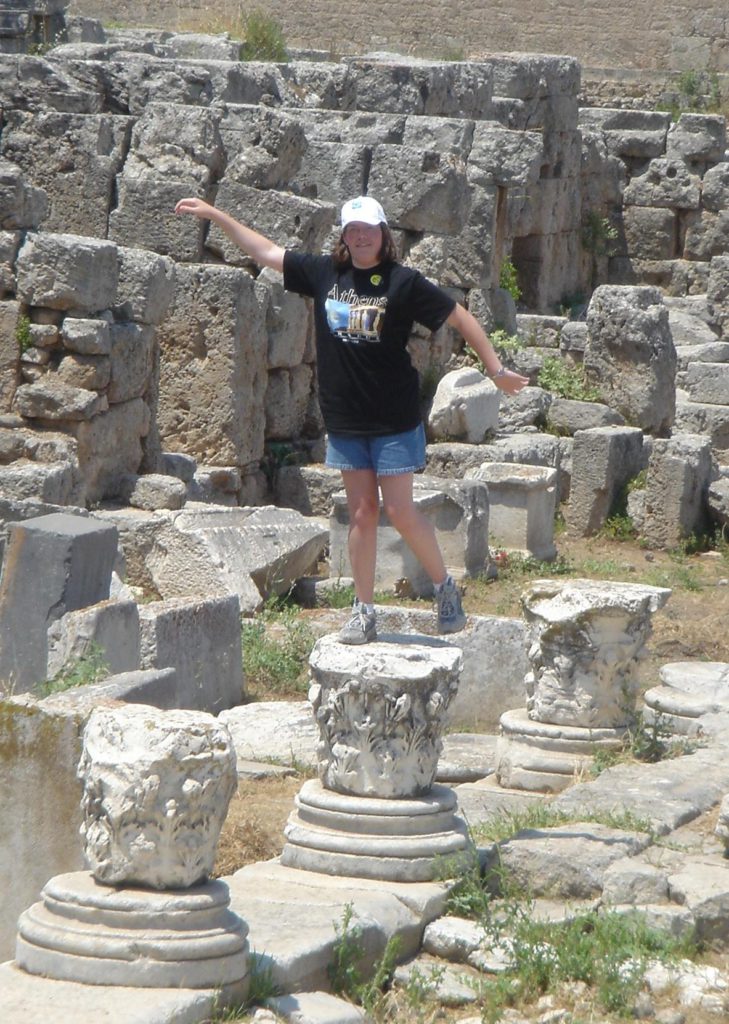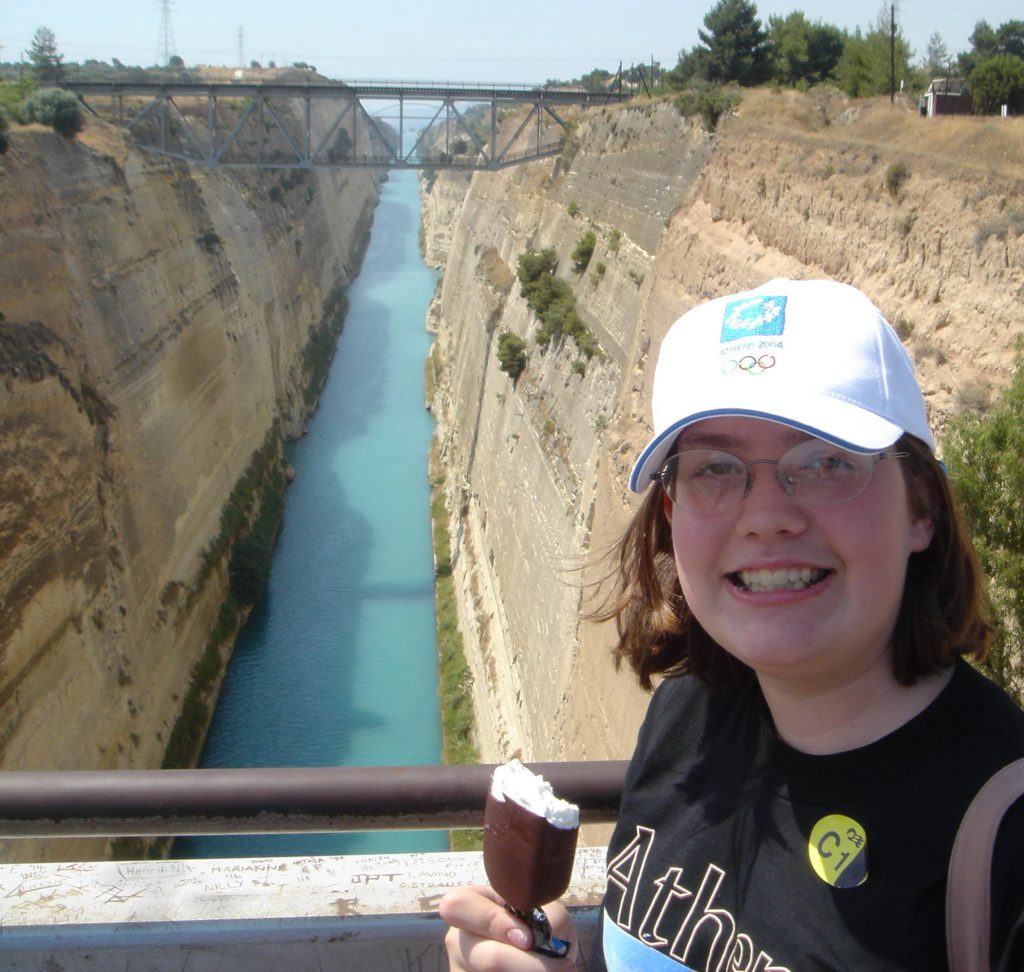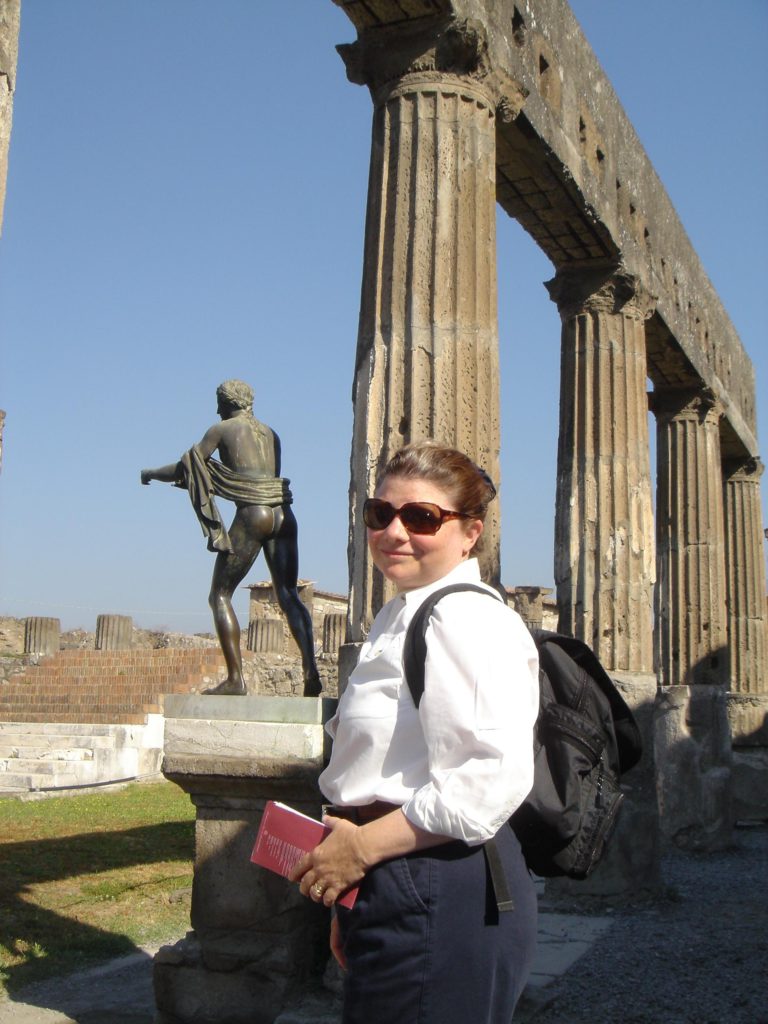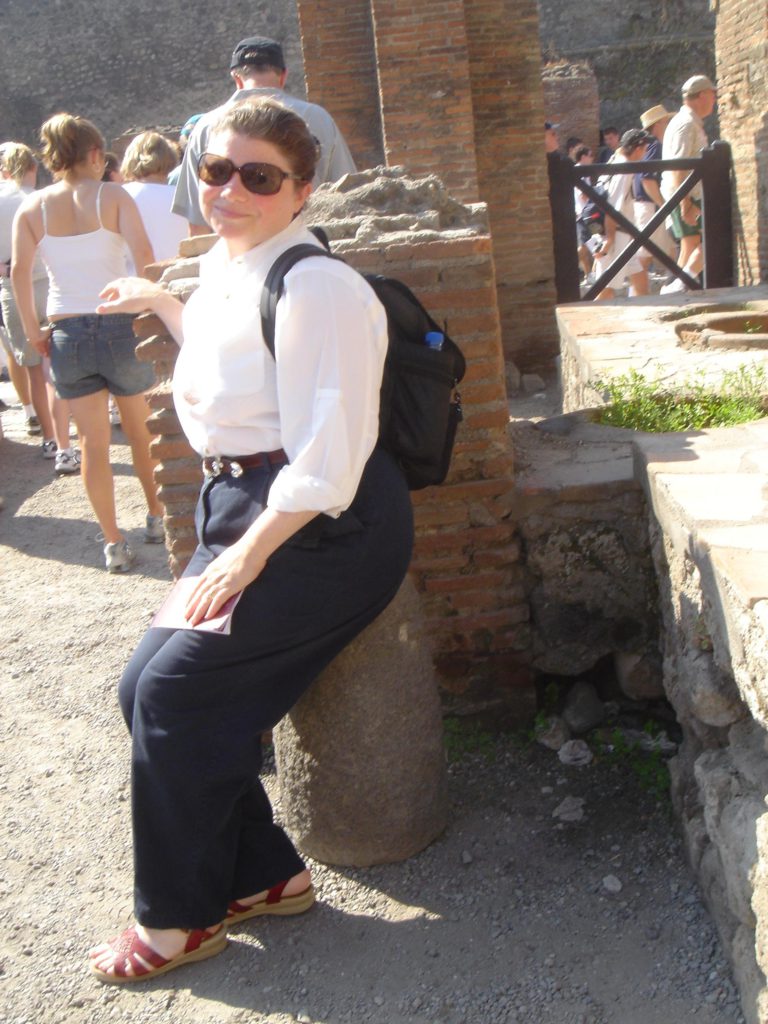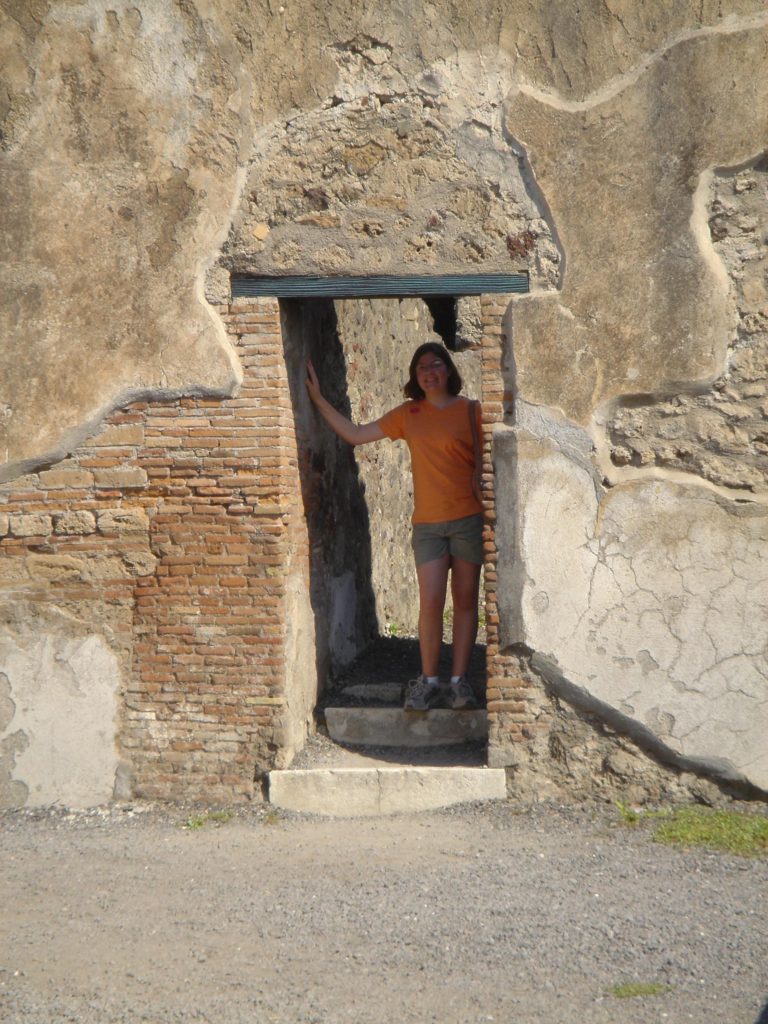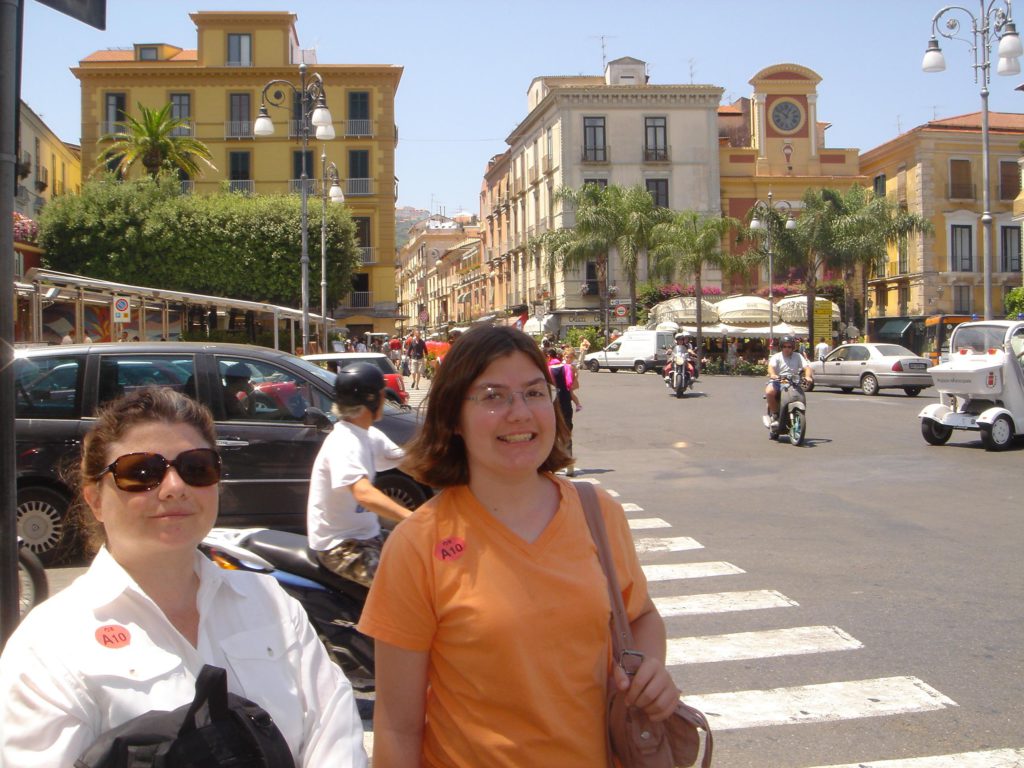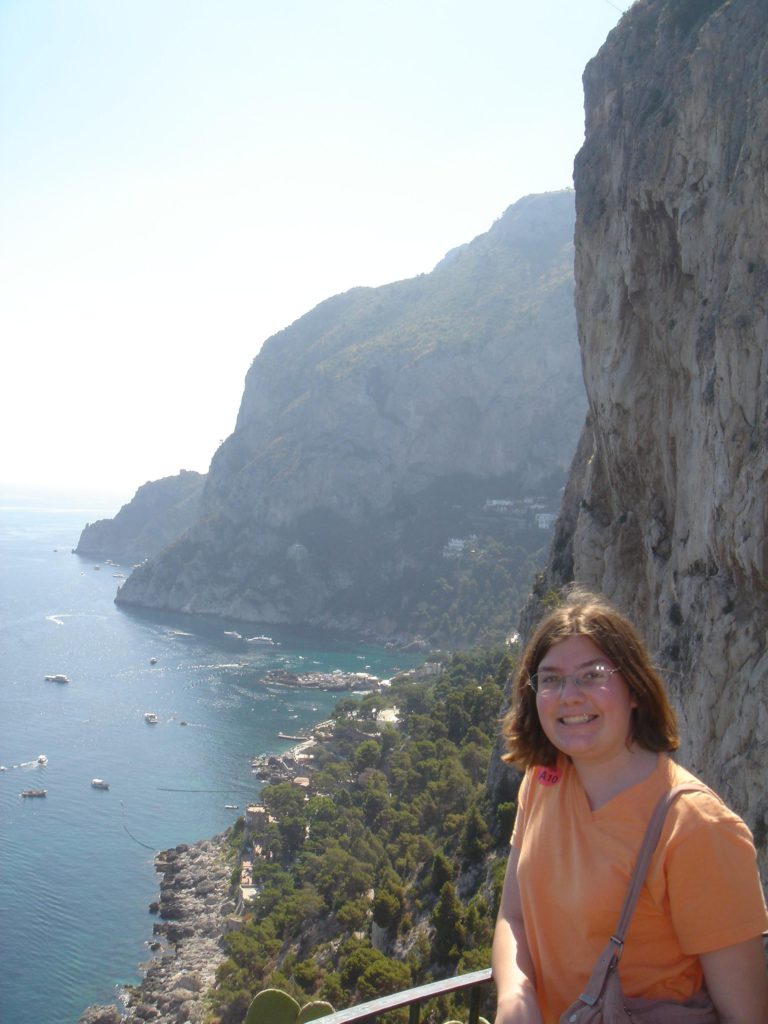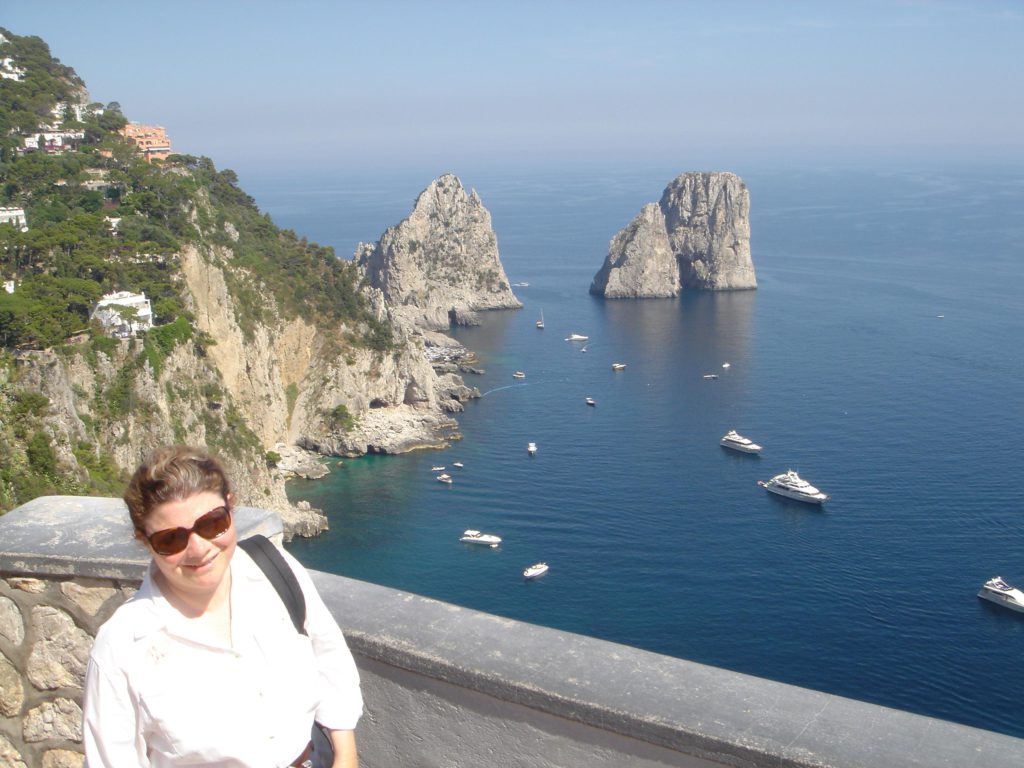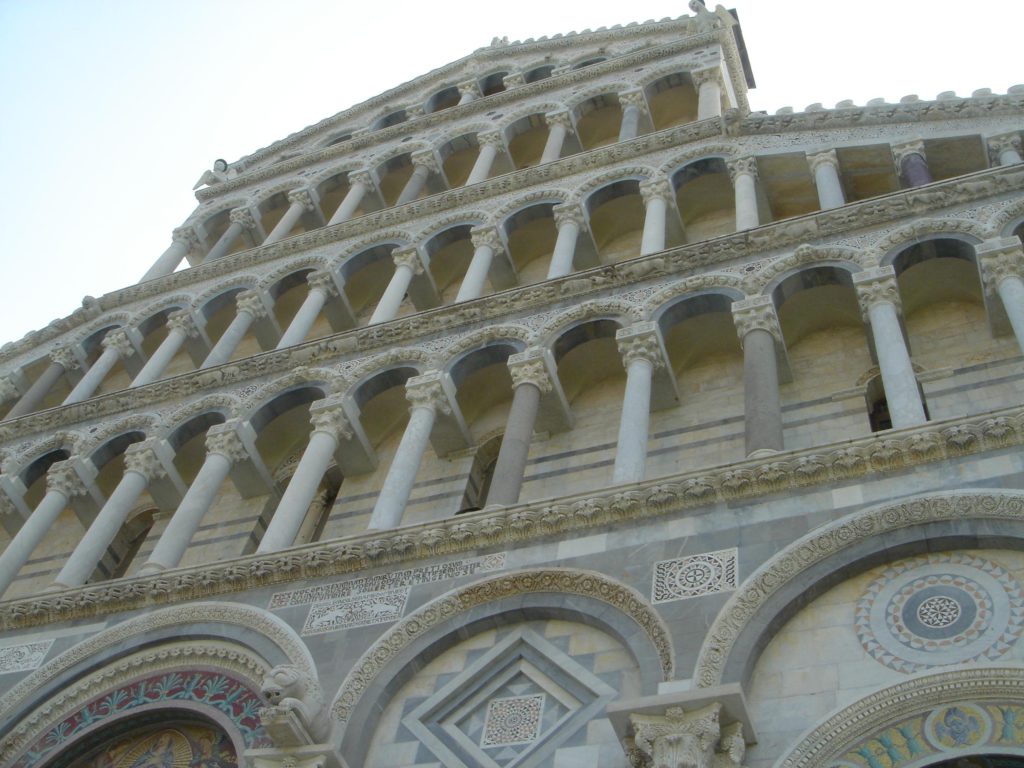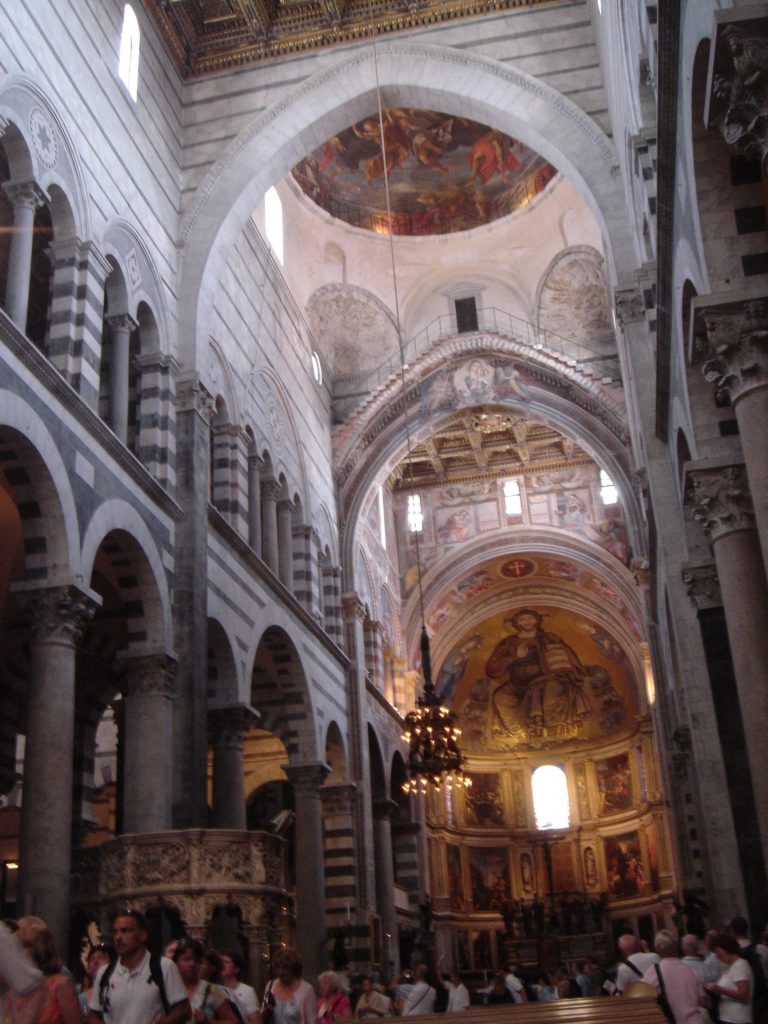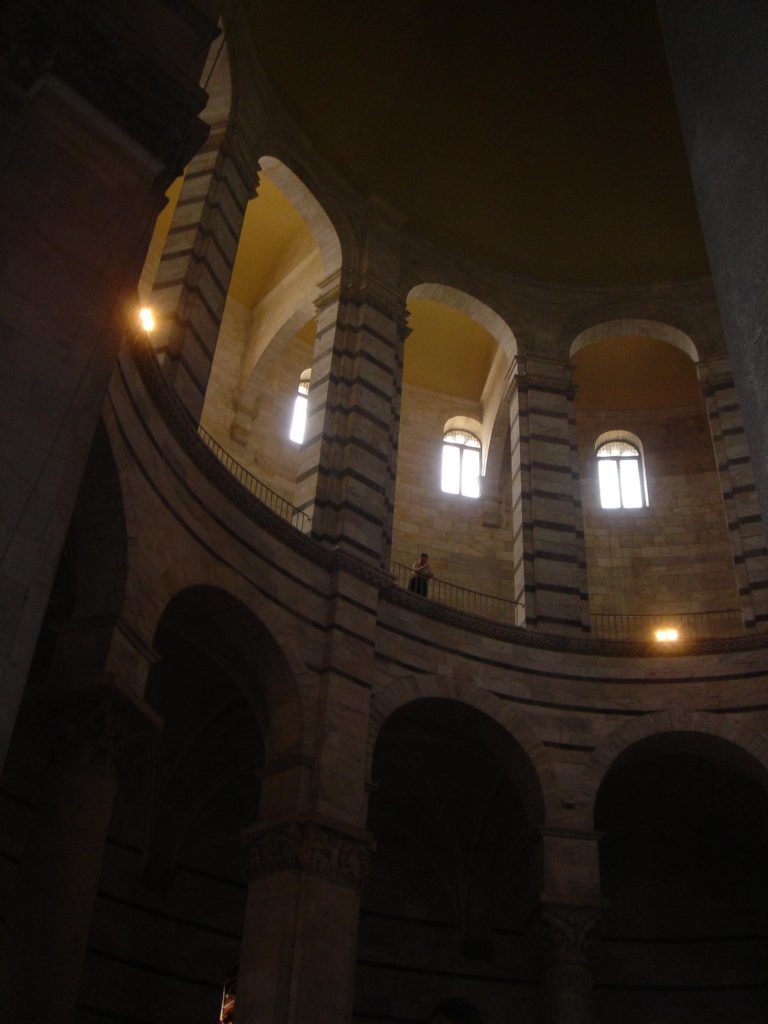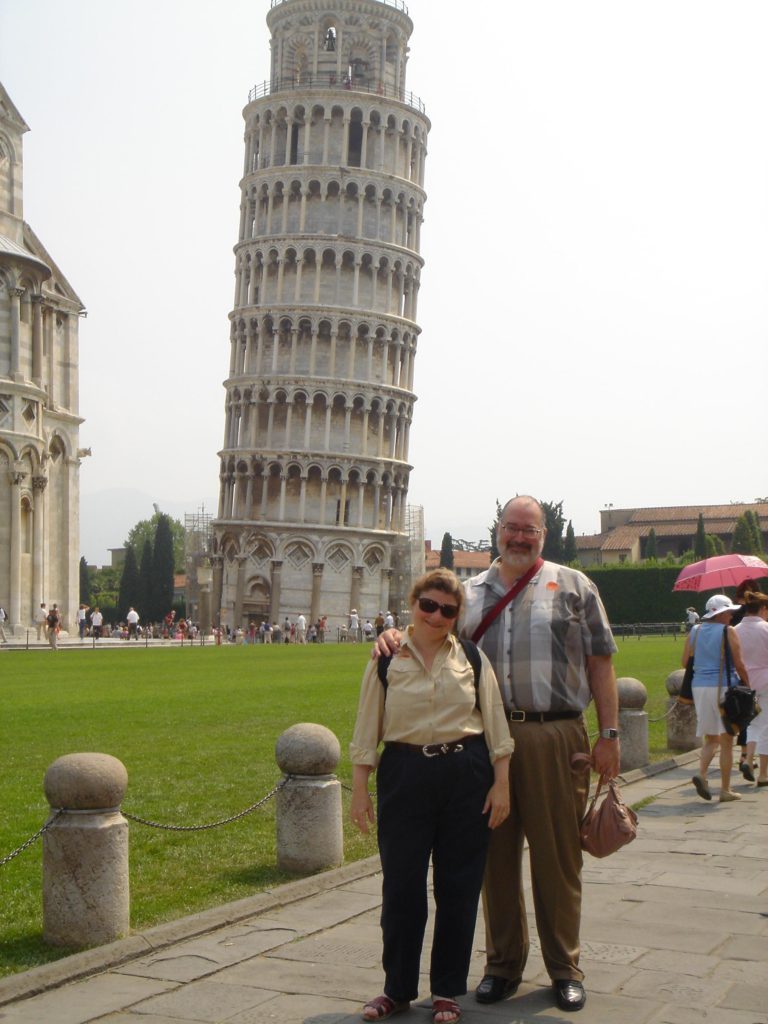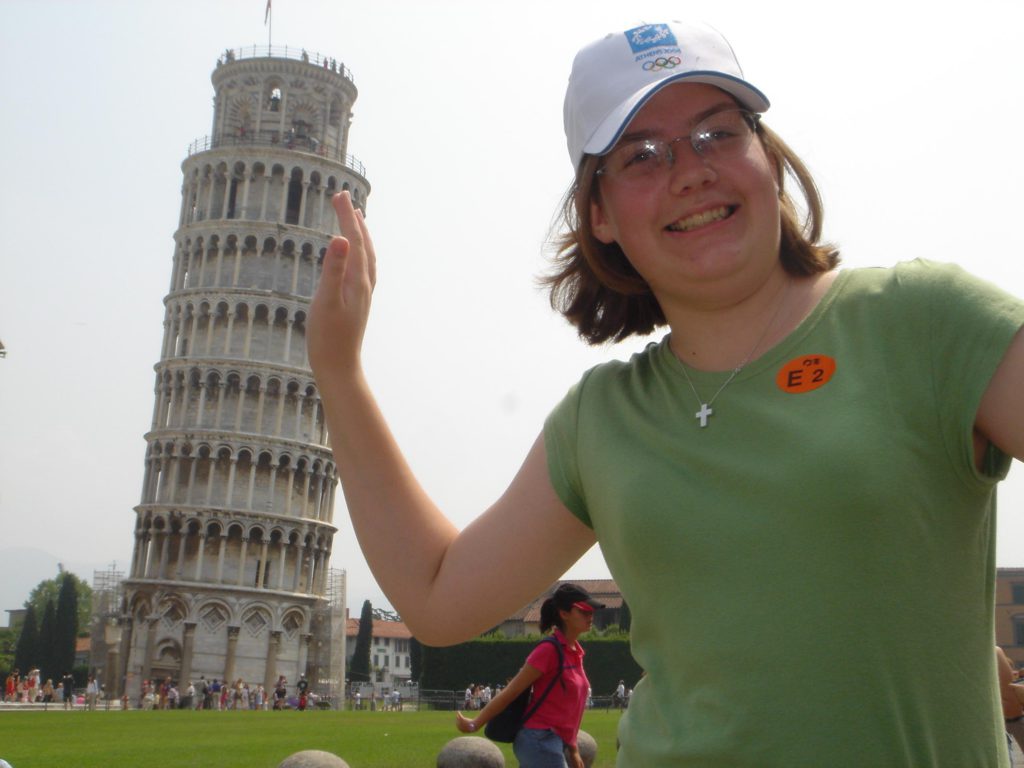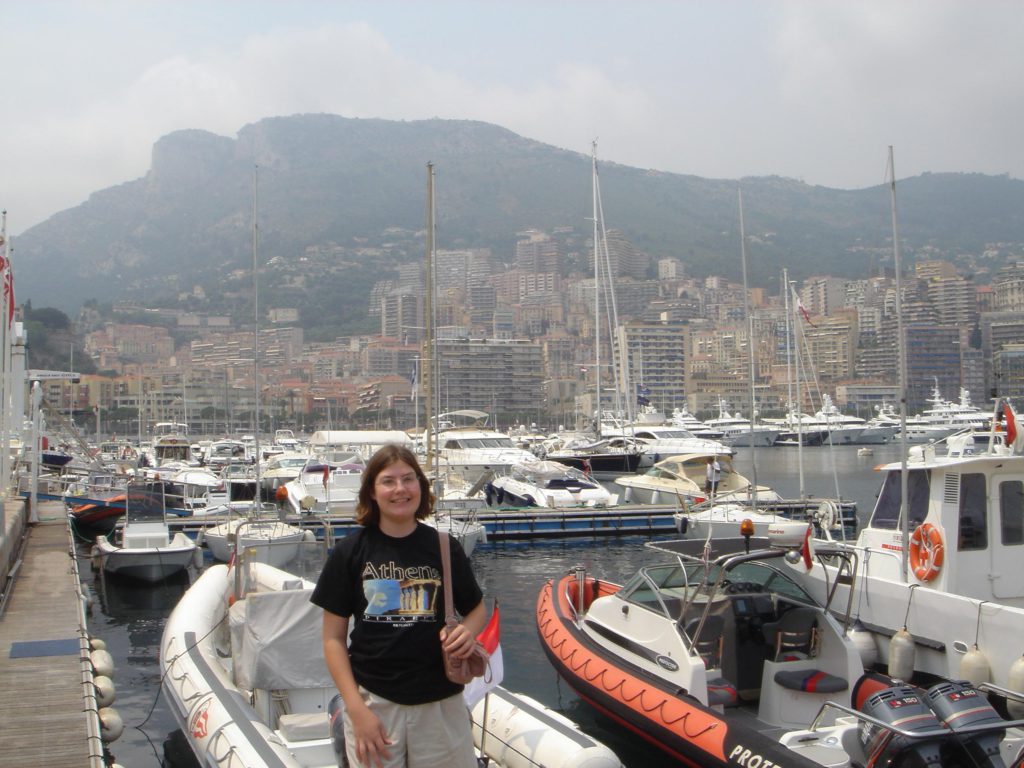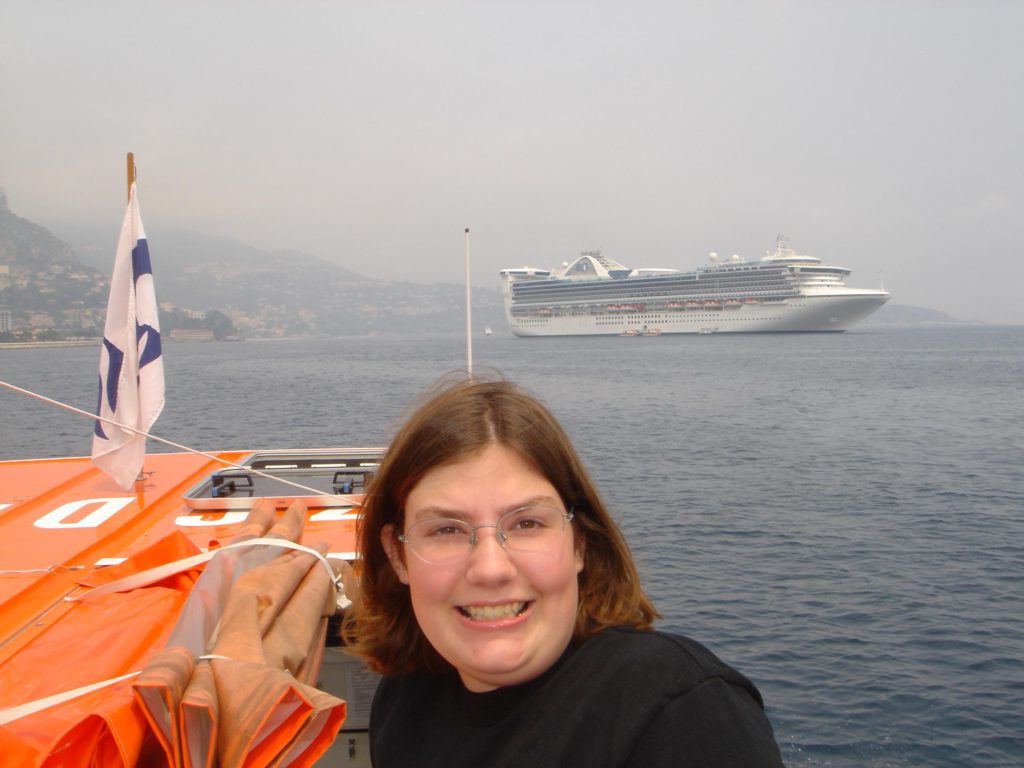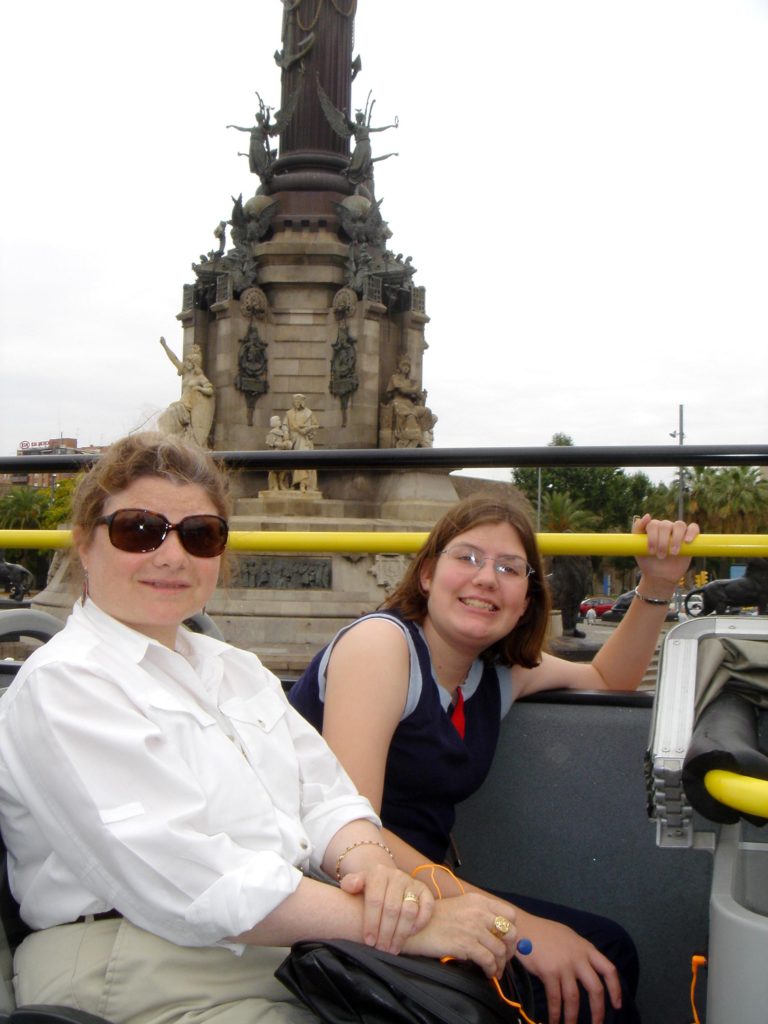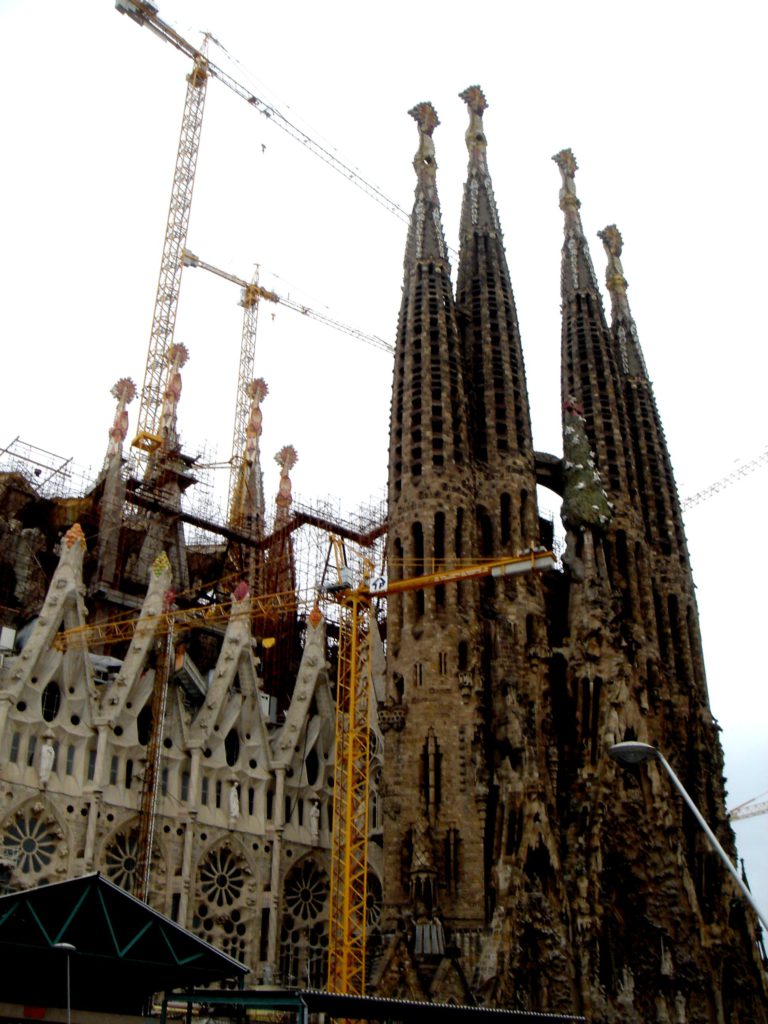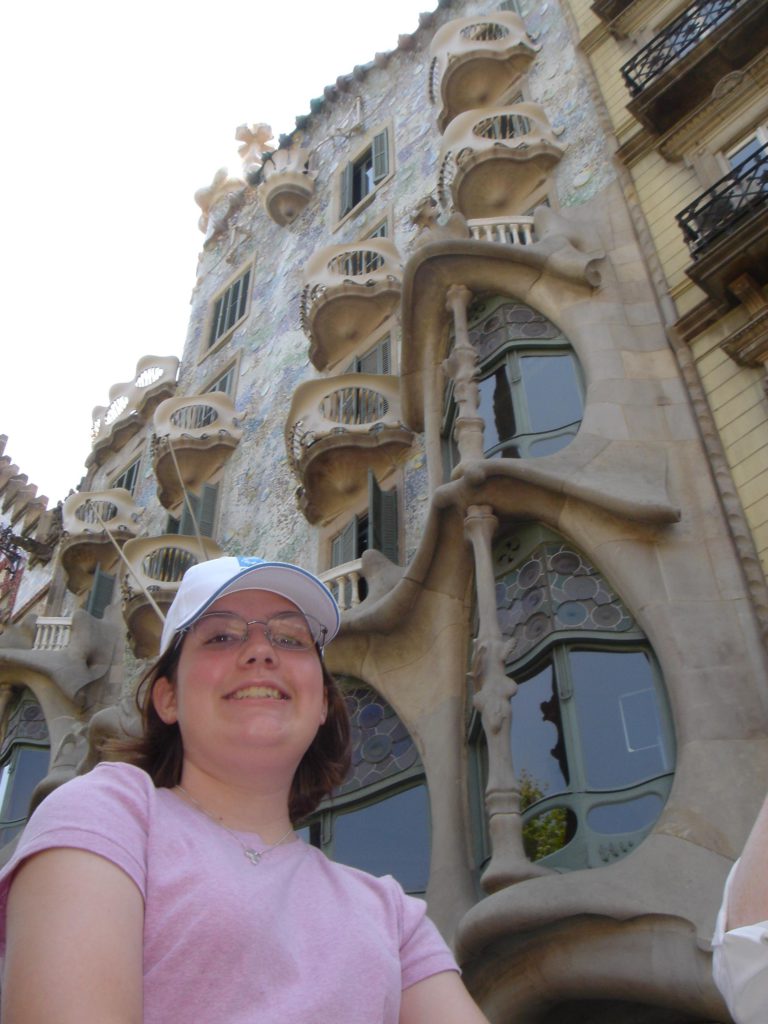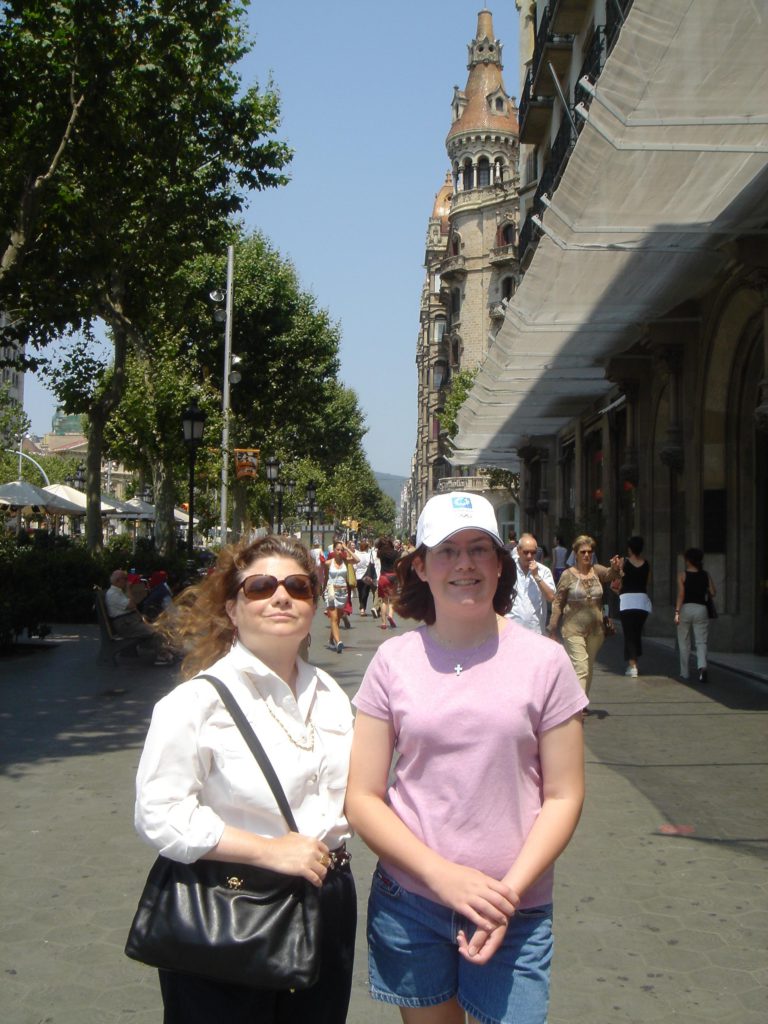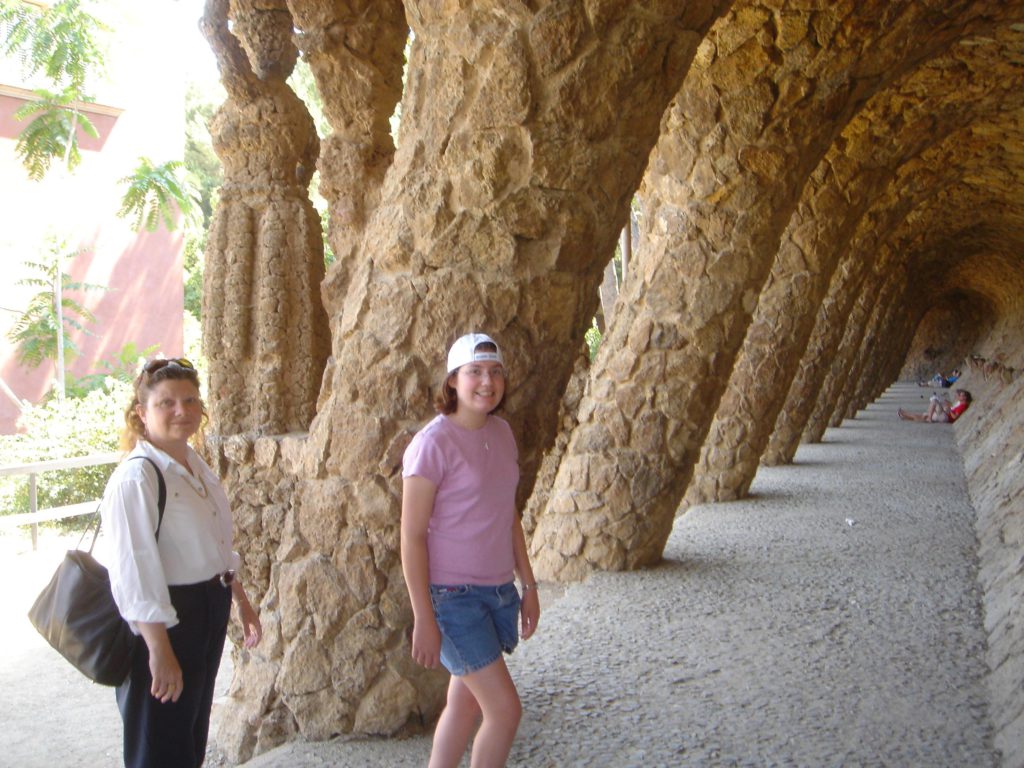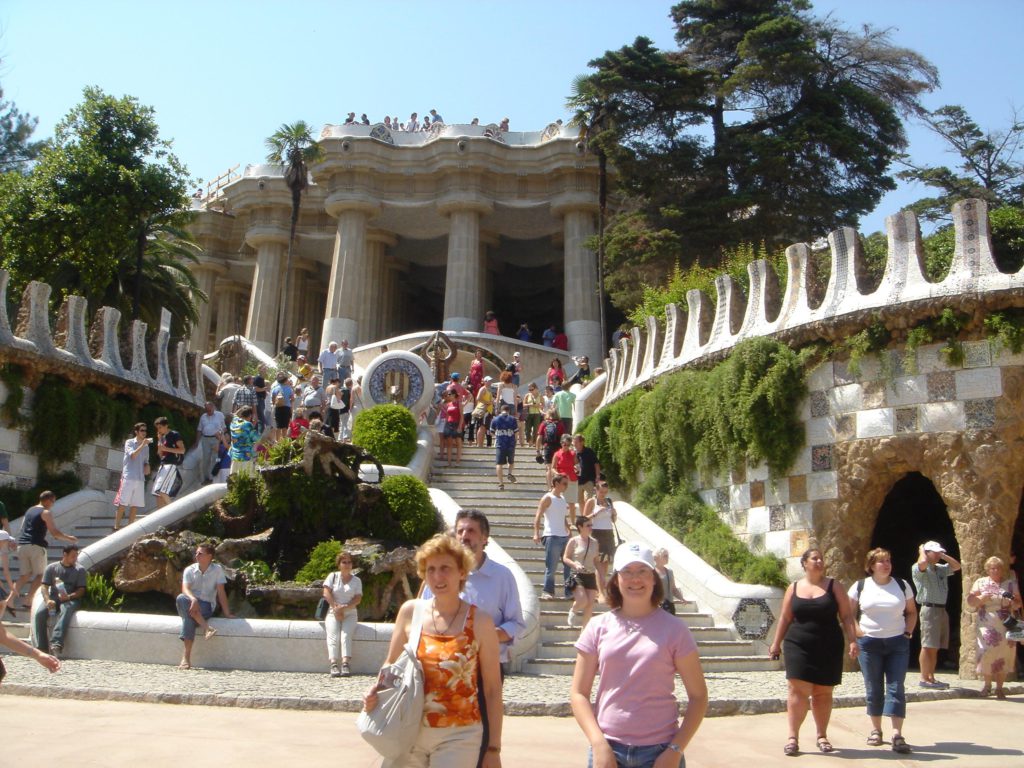Monaco, Spain, Portugal, France, England
Wednesday, June 7, 2006
Orlando to London
It was an easy trip. We took off about half and hour late for unexplained reasons, so arrived about the same amount late, shortly after 7am London time. The “premium economy” cabin on Virgin Atlantic was spacious. It occupied the top deck of a 747, with only two-and-two seating, plus a wide center aisle and side storage bins (since the overhead bins were small). There was lots of legroom, but the seat was narrow and the hardness of a church pew. Worth twice economy? Hmmm. . . that’s a close call. Which I suppose means they’ve priced it just right, from a business standpoint. I did get a few hours restless sleep, between trying to find new positions for my tailbone. I’m not sure Dani did. Alcohol flowed freely. These Brits like their booze. The food was also tasty, with beef stew turning out to be pot roast in barbecue sauce. No mistaking it for Air France, though. The lack of a connection and quickness of the flight were certainly selling points.
Immigration was slow. Our plane only had a dozen or two Americans. The English breezed through, while we got stuck in the midst of two planeloads from Ghana. As we waited in line we discovered we were next to a family with a seventh grade son in Trinity Prep!
Thursday, June 8, 2006
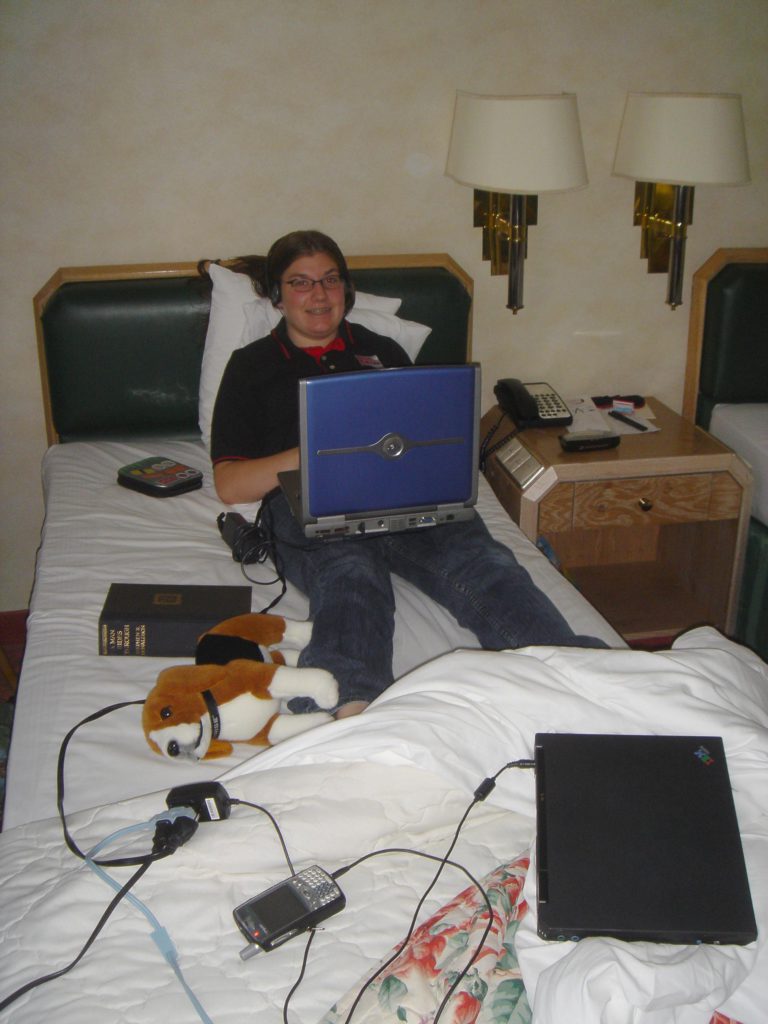
Gatwick
The Renaissance Gatwick is a good choice for the stopover. It’s next to the airport, has spacious rooms (by Europeans standards) and they let us have the first room that got cleaned, so we were able to get settled after only a half hour wait in the lobby. We were napping by 9:30am.
When we awoke we hooked up our Gordian knot of electrical cords to get everything recharged. In the afternoon we had a room service lunch of fish & chips and cottage pie. English food is amazing. It’s the only place in the world where they brag about your meal coming with “mushy peas”. The fish was actually decent, if greasy. There’s a bit of sticker shock here, though, as the exchange rate is $2 to one pound. So lunch was about $70.
Tomorrow’s flight leaves at 7am, so I arranged for the shuttle at 4:45am (ouch)! I guess there’s no point in even trying to get on local schedule quite yet. Our goal is just to get plenty of sleep and then hit the road again.
Friday, June 9, 2006
Monte Carlo
We arrived in the lobby at 4:46 for our 4:45 shuttle and discovered it had left. But the 5:15 shuttle got us to the airport in time — thanks to kiosk check-in — to have a pretty awful bagel while waiting for our gate to be assigned. The bagel was nothing compared to the almost indescribable snack served on British Airways, which was rendered all the more appalling because I suspect it turned out exactly as intended. Picture a stale dinner role with a slice of hard-boiled egg and a fragment of half-cooked bacon, and you’ve got the picture.
Air transit has suddenly become competitive in Europe, and even British Airways has been forced to drop their prices. A table in the flight magazine compared the rates from 1996 with this year: London to Nice – 239 pounds vs. 39 pounds.
The approach into Nice was beautiful, with clear, temperate weather to enjoy the view: golden beaches and Mediterranean villas, dotting the San Diego-like coastline.
Quite a few of our fellow passengers arrived on the same flight or about the same time; a whole herd of them were loaded onto buses. Since we didn’t book our airfare through the cruise line, I’d asked our travel agent to arrange a private van. This worked out well, as Dani enjoyed testing her two years of French on our driver, her first opportunity to try communicating in the real world. It seemed quite successful.
The trip from Nice to Monaco takes about thirty minutes. The road crosses several long viaducts and passes through a dozen or two tunnels, the last of which is nearly one mile long. After winding through one final French village, we arrived in Monaco, a country comprised of one bay, filled from edge to edge with the city of Monte Carlo. We threaded our way past the famous casino and fancy hotels on a narrow street still lined with barriers from the grand prix, held two weeks ago. By 11:30 we arrived at the Hotel Meridien, where a continental breakfast was provided during our two-hour wait for transport to the ship.

Since there’s no terminal in Monte Carlo, check-in was on-board. Everything went speedily — possibly because of the total absence of any security screening — and we were soon in our cabin. It’s the farthest cabin toward the stern on deck seven, so there’s some engine vibration, but this was the price we paid (or didn’t pay) for not having a pre-assigned cabin. At a savings of $1800, it was a good decision.
The cabin is pretty much the lowest category on the ship, yet it’s as nice as almost any we’ve had: a bit larger than category AC on Royal Caribbean, and outfitted in the same quality as that ship’s suites. In fact, the vast majority of cabins on this ship are identical to this one, and some of the suites have no more square footage, so this is an excellent buy.
Our cabin stewardess is a Pilipino (of course!) named Priscilla. She’s very cheerful and super efficient. Throughout the cruise she would anticipate our needs and adapt her housekeeping to the way we used the cabin. She certainly wasn’t unique, though. During any walk down the hall we were likely to be engaged in conversation with several stewardesses. It’s a surprising result of the no-tipping policy, that every employee has a stake in every passenger enjoying their entire cruise. The ship carries 700-odd (well, actually “old”) passengers, but doesn’t seem tremendously smaller than the Coral Princess. Service is extremely polite, interesting since there’s no tipping. We had a salad and burger for a late lunch on the pool deck, and the food seems typical.
Wireless Internet in the cabin seems solid, although the actual connection to the internet is iffy, so we’ll see how this goes. . .
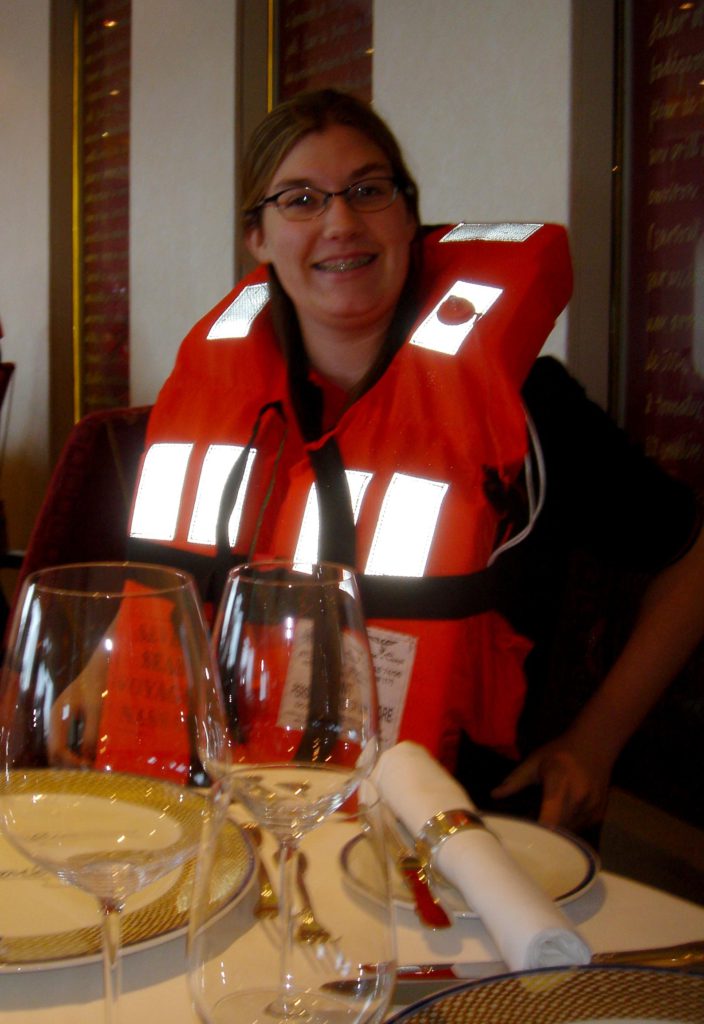
We thought lifeboat drill would be more pleasant than usual because our muster station is the upscale Signature restaurant, but after gathering there we had to march outside single file with our hands on each others’ shoulders to our lifeboat stations. Princess and NCL seem to feel this step is unnecessary. I wonder if our captain is a pessimist.
Dani got a much needed — although unintended — nap, and then we we had dinner in The Compass Rose, the ship’s main dining room. An oddity of this ship is that all the dining areas close at 9am, so the only food available after that is from room service.
The dining room was very busy, but we were cheerfully greeted and offered our choice of several nice tables. The menu degustation was a multi course affair consisting of a shellfish assortment, consume, mussels, intermezzo, chicken cordon bleu, and dessert. The food all looked spectacular, but its taste was, in general, typical of cruise ship food — nothing spectacular. The standout was actually the Kahlua sorbet served as the intermezzo. For dessert I had a cheese plate which has some nice cheeses including L’explorateur and Maytag blue, although they were much too cold to really taste. I’m not sure why this was the case, as on subsequent night a real cheese cart was available, with room temperature selections that changed each day.
Service was beyond excellent — this continued to be the case throughout the cruise — and the wines that accompanied dinner were very nice, including an interesting South African sauvignon blanc and a superb California pinot noir from Alapay.
Dani took a break in the middle of dinner to attend the organizational meeting for teens. She reported that there are about fifty kids on board, including many seasoned 13-year-old travelers, but almost no one 14-17.
Saturday, June 10, 2006
At Sea
We slept late, but I awoke in time to shower and dress before our 9:30 room service breakfast arrived. It’s temperate but overcast today, a pleasant day for sitting on the balcony and watching the waves, or working on my new writing class.
In the afternoon we walked around the ship. All of the public areas are on decks 4, 5 and 11, which is similar to the design of the newer Princess ships such as the Coral Princess. Although the ship is scaled down from that size, it stills seems fairly large, and since there are only 700 passengers, it feels deserted. Perhaps it was deserted — everyone we saw was younger than 60, which is not representative of the demographics in the dining room last night.
The fit and finish are certainly better than any other ship I’ve been on, with tasteful decorating and top notch materials. It doesn’t handle that well in rough water, though, and even today’s swells had us weaving in the corridors.
There are some very nice spaces on the ship, including a piano bar, coffee and espresso bar, and a cigar room. All but the coffee bar were deserted this afternoon.
We ordered a late room service lunch and ate on our balcony. Delivery was prompt and the food quality was as good as if we’d gone to the dining room.
I had been meaning to have some pants taken in before the cruise, but didn’t have time. The onboard tailor did a top notch job in less than 24 hours, and at a bargain price.
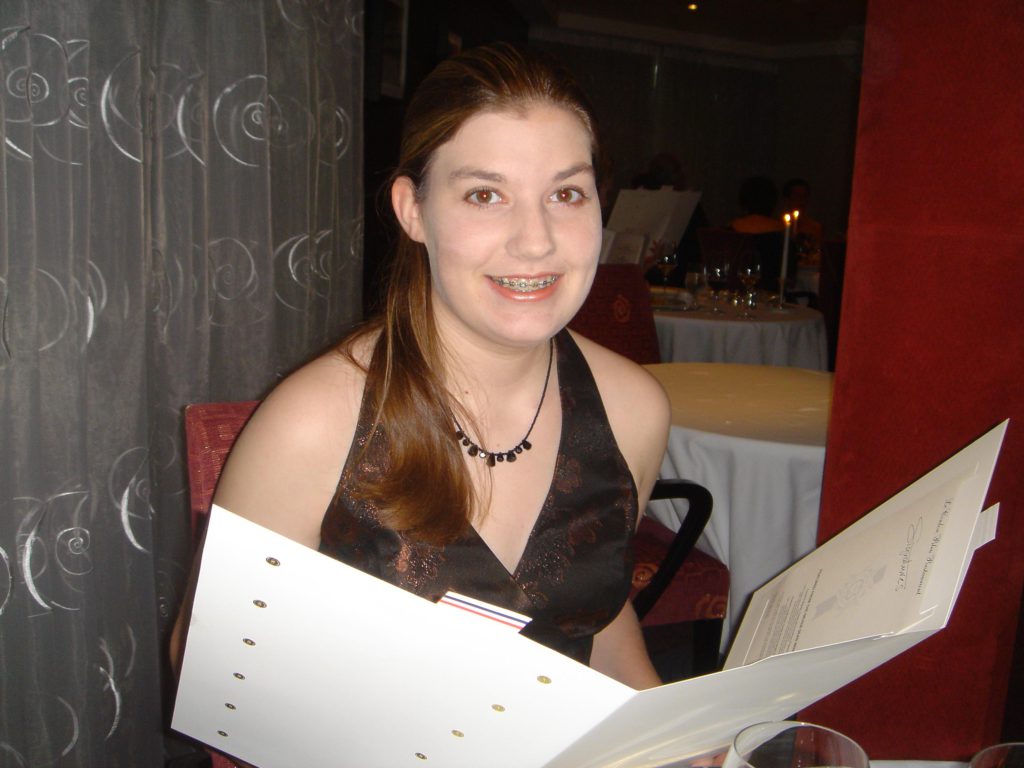
At 8:30 we dined at Signatures, the ship’s top restaurant, which is operated by The Cordon Bleu. Dani looked lovely in one of her new outfits. In general the passengers were better dressed than on other ships’ formal nights, although there were not that many tuxes.
The food was certainly better than on other ships, with fois gras, freshly shaved truffles and a real cheese cart. It wasn’t exactly a gastronomic experience, but it was certainly good. And true to their word, we haven’t yet spent a cent on this ship.
We did discover that fresh mint leaves and Rousanne wine are an amazingly horrible combination!
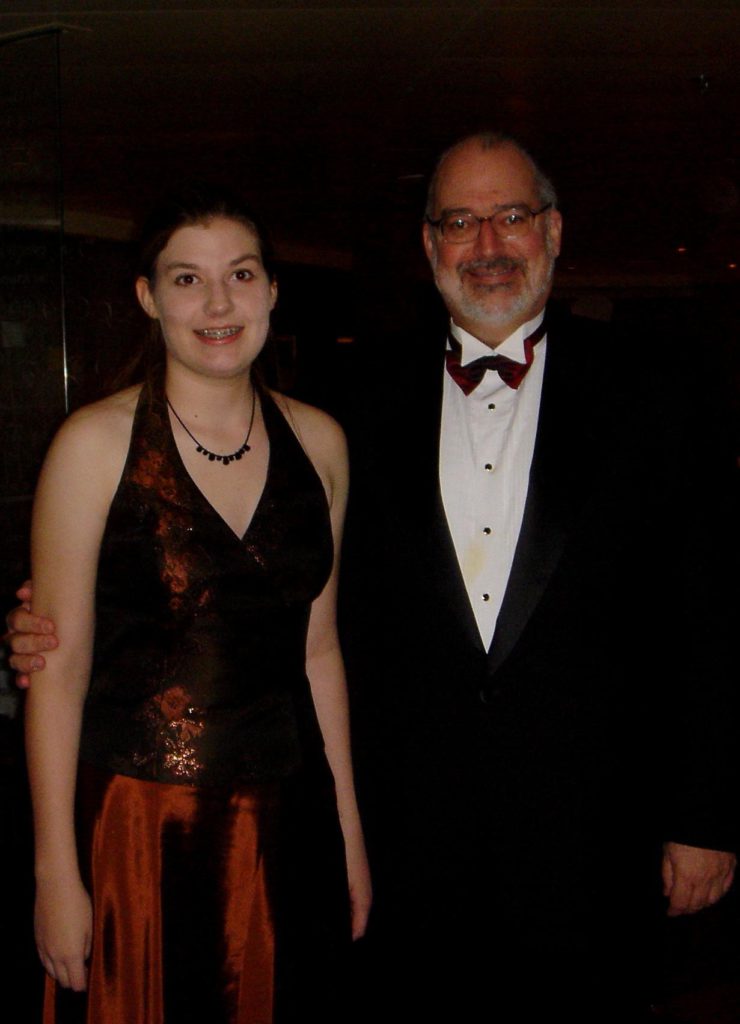
After dinner we went to a show in the ship’s main theater. This is a very nice two-story space that seats perhaps 200 at individual cocktail tables. The show was a credible Broadway review, with sets of songs from 42nd Street (of course!), West Side Story, South Pacific, Cats, Les Miserables and more 42nd Street. In typical cruise ship tradition, the women were all about 15 years too old and the men were all the wrong sexual orientation. A pleasant hour, nevertheless.
By 10:45 the public areas, including the piano bar, were deserted. All the 20-somethings were easy to locate, though. . . in the Internet cafe.
Sunday, June 11, 2006
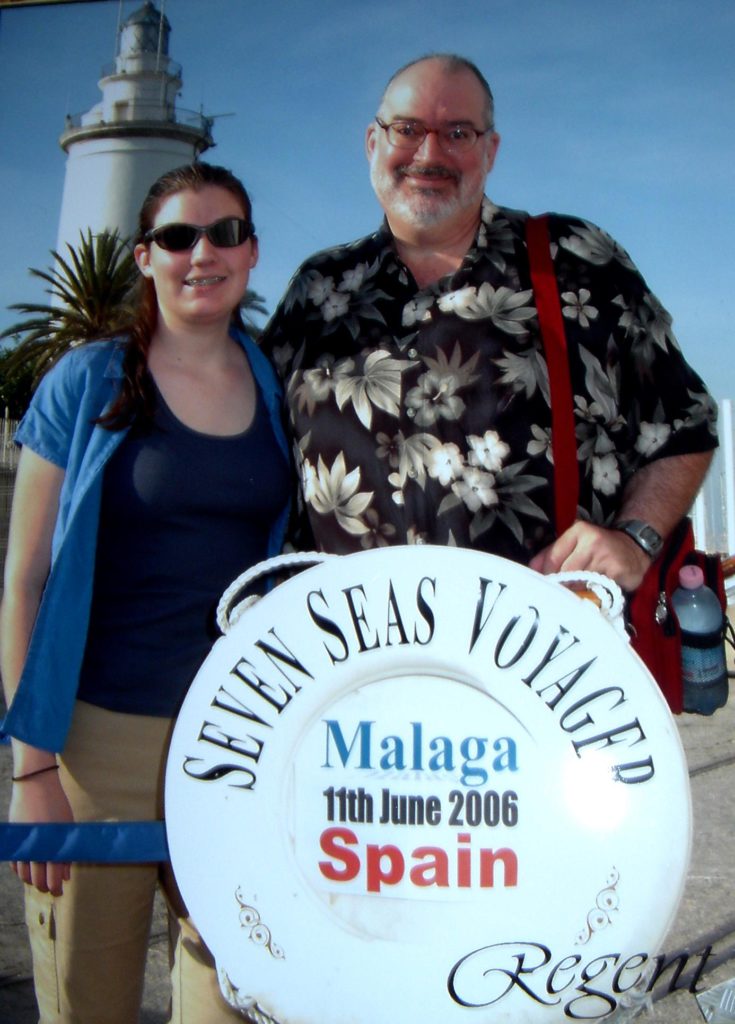
Málaga, Spain
We docked in Málaga, Spain about 8am and after a light room service breakfast ventured onto the pier for our tour. There were about a dozen tour buses bound for various destinations including Costa del Sol, Granada and the Alhambra, but we opted for a half day visit to the local sites.
Málaga is a charming city, a mixture of styles from the past few centuries. Adjacent to the port is a beautiful beach, lined with thatched huts and seafood cafes. The season hasn’t quite arrived (although it was certainly a gorgeous day), so the beach was nearly deserted, but Málaga plays host to 11 million tourists a year, mostly in July and August.
The main street is lined with tropical palms and flowering shrubs, and there are scenic parks and fountains at every major intersection. It almost never rains here, so the river is dammed in the mountains to collect the water needed to support the city. But the riverbed isn’t completely dry, as seawater is let in to flow down the last mile.
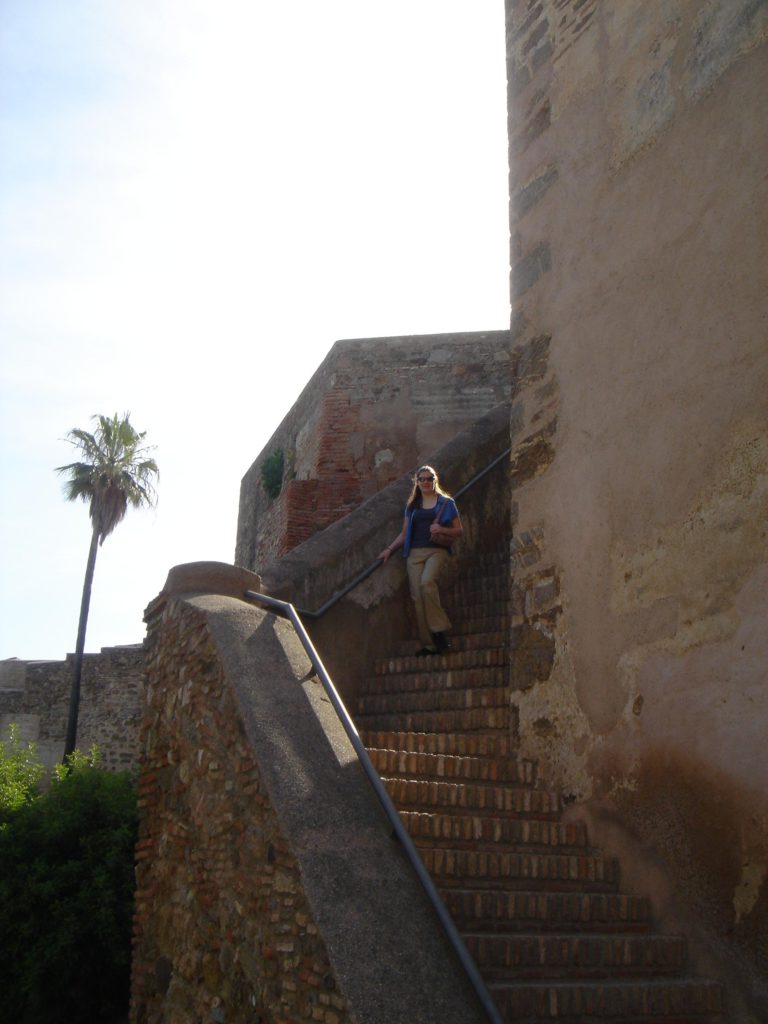
Our first stop was at the Alcazaba, a fort constructed by the Moors in the 8th to 11th centuries. It sits atop the hill overlooking the city. Now in ruins, it was destroyed by French troops when they burned their munitions dump prior to withdrawing from the city in the 1820s.
The view of the city was spectacular, with the Málaga bull ring prominent in the foreground, and our cruise ship in the distance.
Our next stop was at the bull ring, which looked exactly like the one in The Three Stooges short. We watched a short demonstration put on by an aspiring bullfighter (the guy in blue) and his friend, who played the bull. The only difference was that the friend wasn’t actually killed at the end of the demonstration.
The aspiring bullfighter then had to rush off to his afternoon match in another city. Since he isn’t yet famous, he won’t be paid, but maybe they’ll let him keep an ear. Or, if the bull wins, may it gets one of his ears.
After visiting the bullfighting museum and enjoying some photos of the injuries bulls can inflict on the long-suffering matadors (although there seemed to be a general lack of sympathy among the viewers) we had a sample of the local wine, Moscato Málaga, which was quite nice. Made from raisins, it is fairly complex, reminiscent of Tokaji.
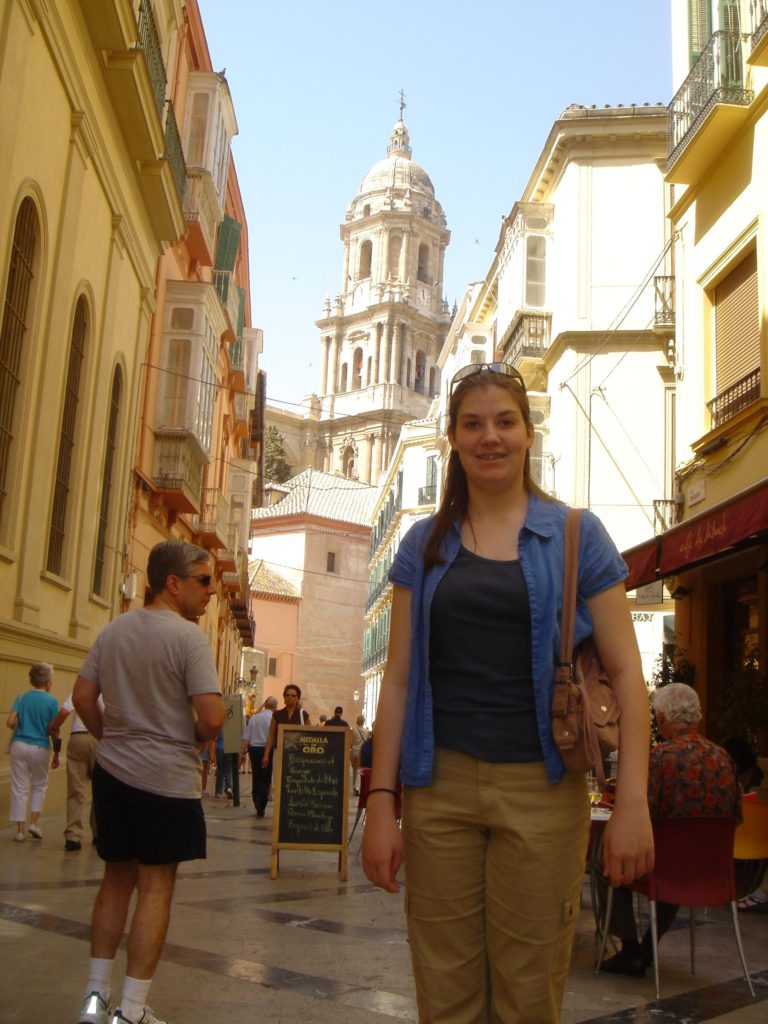
Our final stop was at Plaza de la Merced in the old city, for a short walk through the narrow pedestrian streets. We started at the birthplace of Málaga’s most famous native son, Antonio Banderas– er, I mean Pablo Picasso. A short walk took us past the Picasso museum (mostly early sketches) and the cathedral. Since it’s Sunday, the shops were closed. But church was open. Fortunately, it wasn’t open to tourists.
Across from the cathedral we sat in an outdoor cafe and had Perrier and a sort of French bread pizza, then bought some postcards before returning to the ship.
I would definitely come back to Málaga. It has the same relaxed feel as Barcelona, but in a more intimate setting. I guess that’s one of the nice things about a “positioning cruise” like this one — it takes you to less-frequently visited ports.
We spent the afternoon in our cabin discussing Dani’s book, which is tentatively titled The Last Telepath. She actually started planning this book two years ago, but it has gone in fits and spurts. After a five-hour brainstorming session, she had completed a pretty tight outline of her 88 scenes. I think she’s about ready to start writing the long form.
After a surprisingly mediocre dinner in the main dining room (which I think was the fault of the guest chef, Norway’s “leading” chef, not the ship) we headed back to the cabin, then realized it was already after 10pm, and we were scheduled to be passing Gibraltar. We hurried up on deck, and sure enough, there it was, wrapped in a halo of fog. Very eerie, looming up out of the dark.
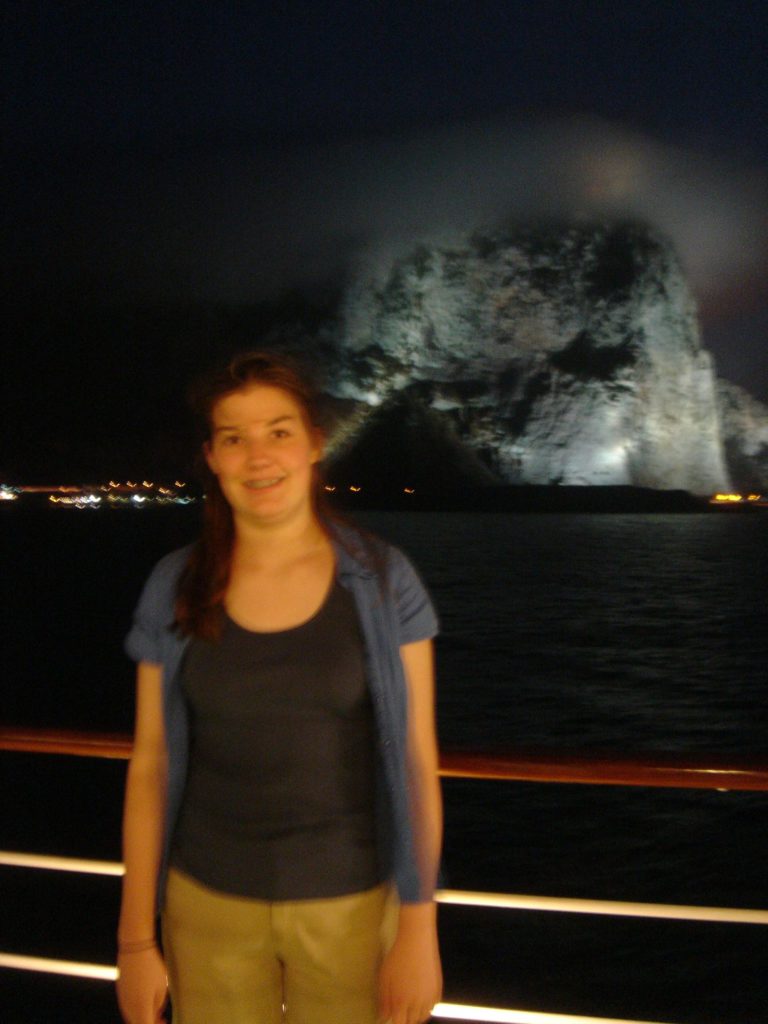
That’s one big rock.
Monday, June 12, 2006
At Sea
The seas were 6-8 feet today, so the expression “bounding” comes to mind, but we spent a pleasant day in the cabin, writing. Buffet breakfast on the rear deck outside the Veranda was very nice. I don’t think the outside temp has varied by 2 degrees from 69 since we sailed. At 4pm we docked in Lisbon, but we won’t go ashore until tomorrow. Today is a special holiday, and we understand the partying is pretty wild.
Dinner in the main dining room was the best meal of the trip so far — sushi and duck a l’orange. In the evening we checked out the DVD of Lethal Weapon. I’d forgotten how funny it was, and it was amusing to see Mel Gibson trying to conceal an Aussie accent.
Tuesday, June 13, 2006
A Taste of Lisbon by Coach and Tram
Lisbon is a jumble of buildings that sprawls across many hills on the northern shore of the Tagus River, one of Europe’s best natural harbors. The city was destroyed by earthquake in 1755, so most of the buildings date from that year or later, which is coincidentally the last time any maintenance was performed on them. The historic port district of Belém (Portuguese for “Bethlehem”), located in the southwest part of the city, is in a particularly decrepit state. Here the building coloring choices are natural stone, pink, yellow or graffiti.
Our vivacious tour guide, Christina, met us at the pier and gave us a thorough — and interesting — history of Portugal and Lisbon. Her vocabulary was inventive, to say the least, and words like “touristical” kept us informed and entertained. Portugal rightfully regards itself as the nation at the forefront of 16th century world exploration. At one time they owned or had trade monopolies with much of Africa, China India and South America. I had been unaware that England’s involvement with India began when they received it as part of a dowry. Of course, now Portugal is pretty irrelevant, and the Portuguese seem pretty content with this. They even missed World War II.
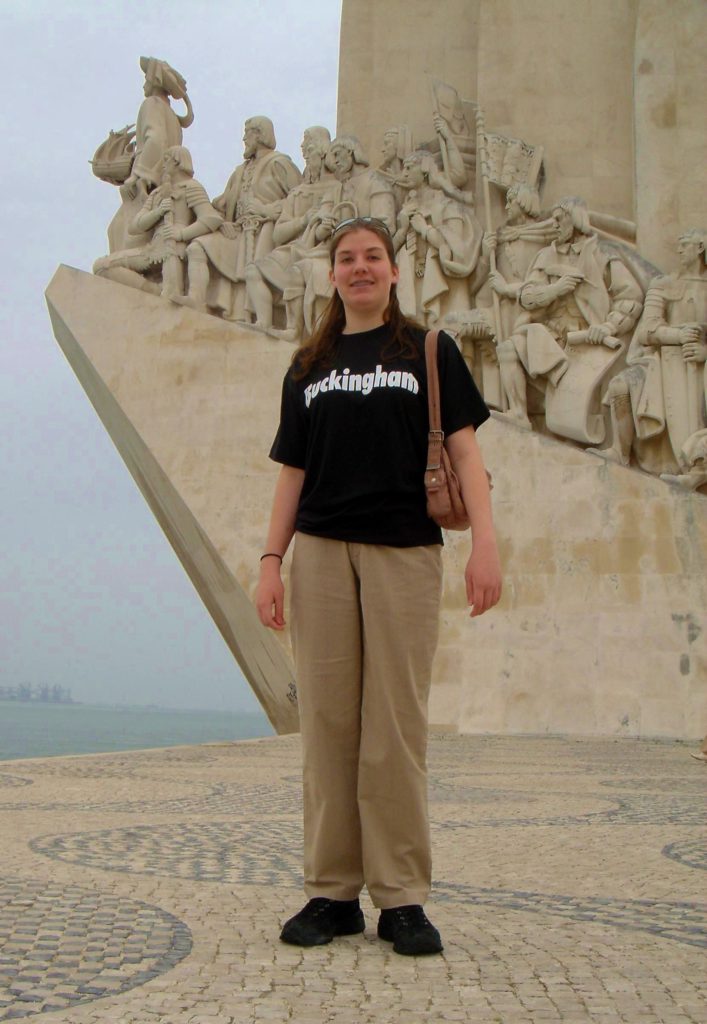
Our first stop was at the Monument to the Discoveries, an impressive obelisk erected in 1960 to commemorate the 500th anniversary of Henry the Navigator, who wasn’t a navigator, but did start a school for them. Constructed in the waning days of Portugal’s dictatorship, it looks like 1930’s propaganda art.
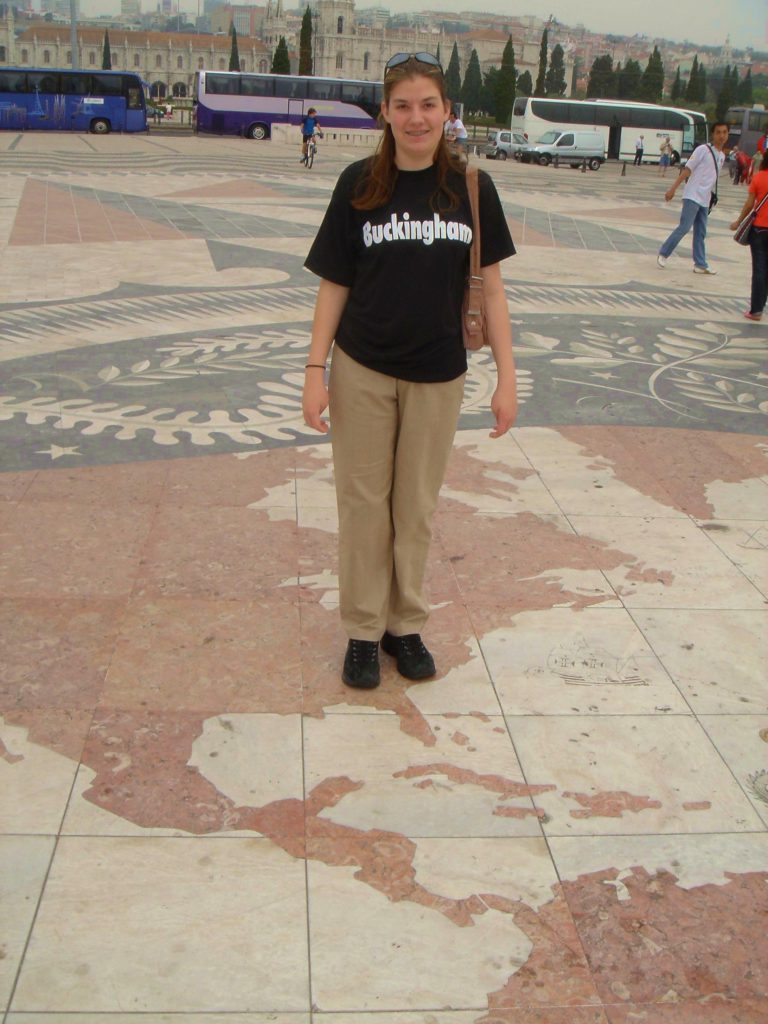
A mosaic map in front of the monument highlights Portugal’s discoveries around the world, of which there were many. The stop afforded Dani an opportunity to brief me on the history of trade, about which she knows a great deal.
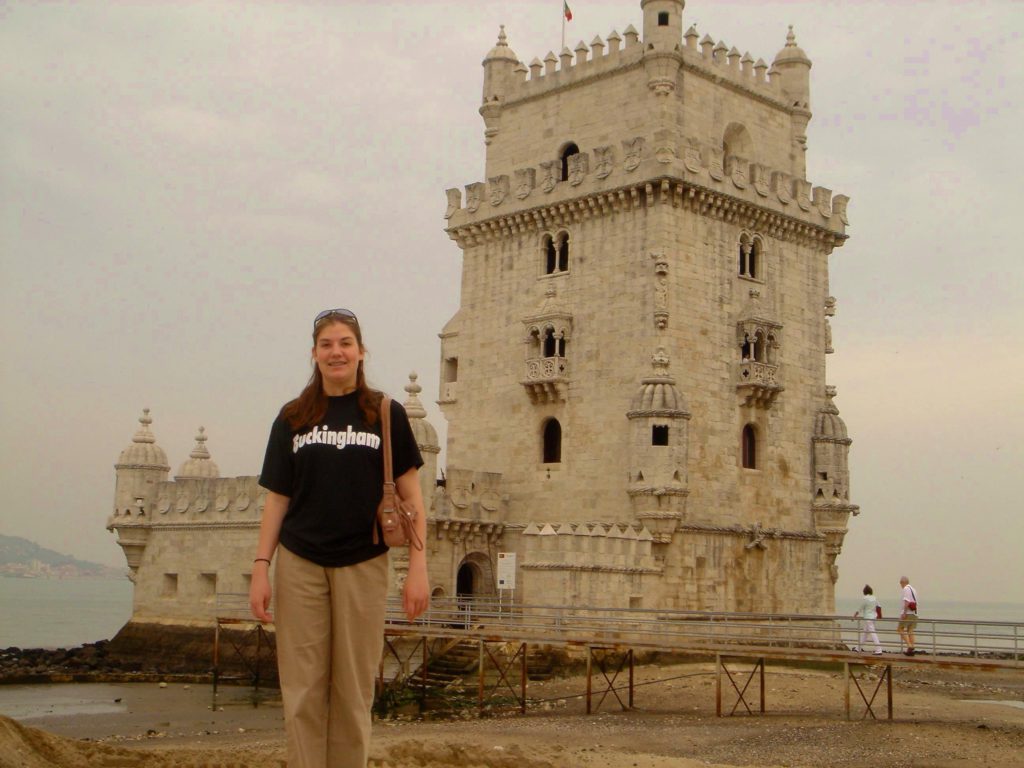
Next was the Torre de Belém, built in a mish-mosh of styles called Manueline. Constructed in the harbor as a sort of check-in point for visiting ships, it’s now high and dry due to the river’s sedimentation.
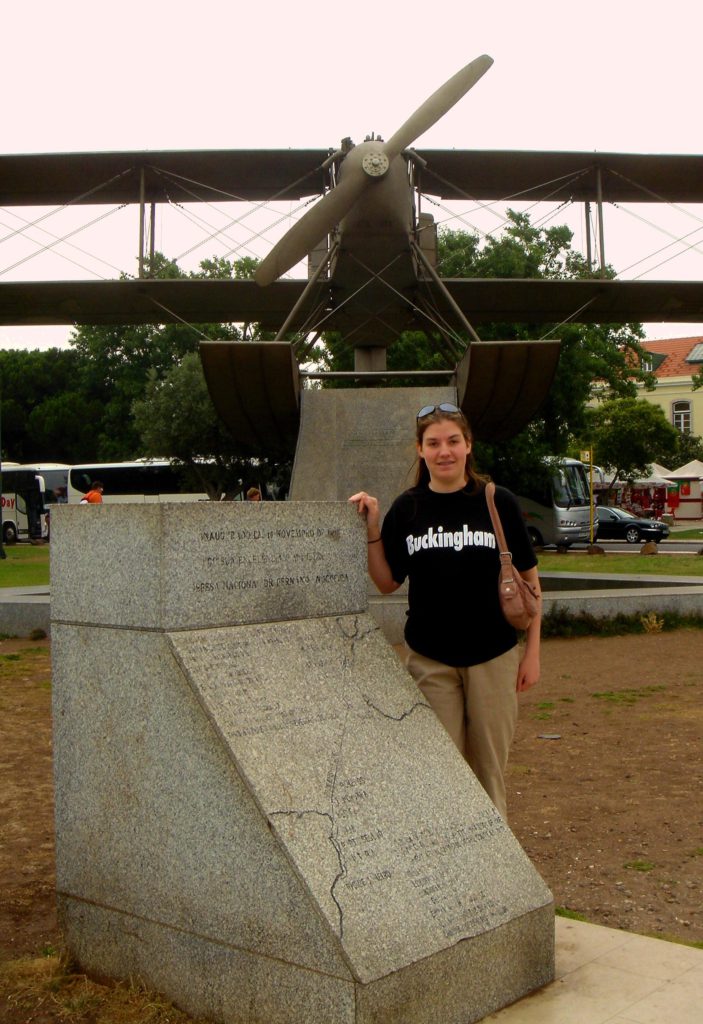
Nearby was a bronze of the first airplane to cross the Atlantic, from Africa to Brazil, in 1924. Don’t get too excited. It took them three months. I guess they should have used wood instead of bronze.
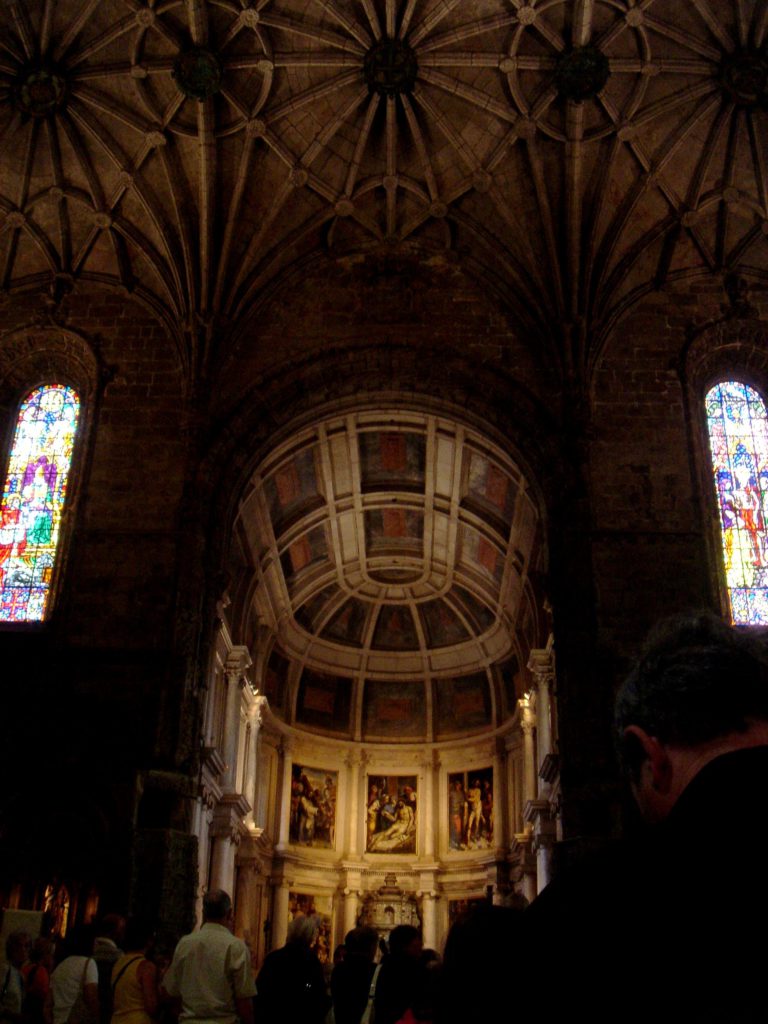
The Mosterio dos Jerónimos was both a monastery and a cathedral. Conceived by Dom Manual I in 1502, it was financed with the riches brought back by explorers such as Vasco de Gama, who is now entombed there. The influence of these explorations is further in evidence at the tombs of Manuel and other kings and queens, which are supported on the backs of marble elephants. Successive kings were less enthusiastic about the project, leaving bare the columns and niches originally intended for statuary.
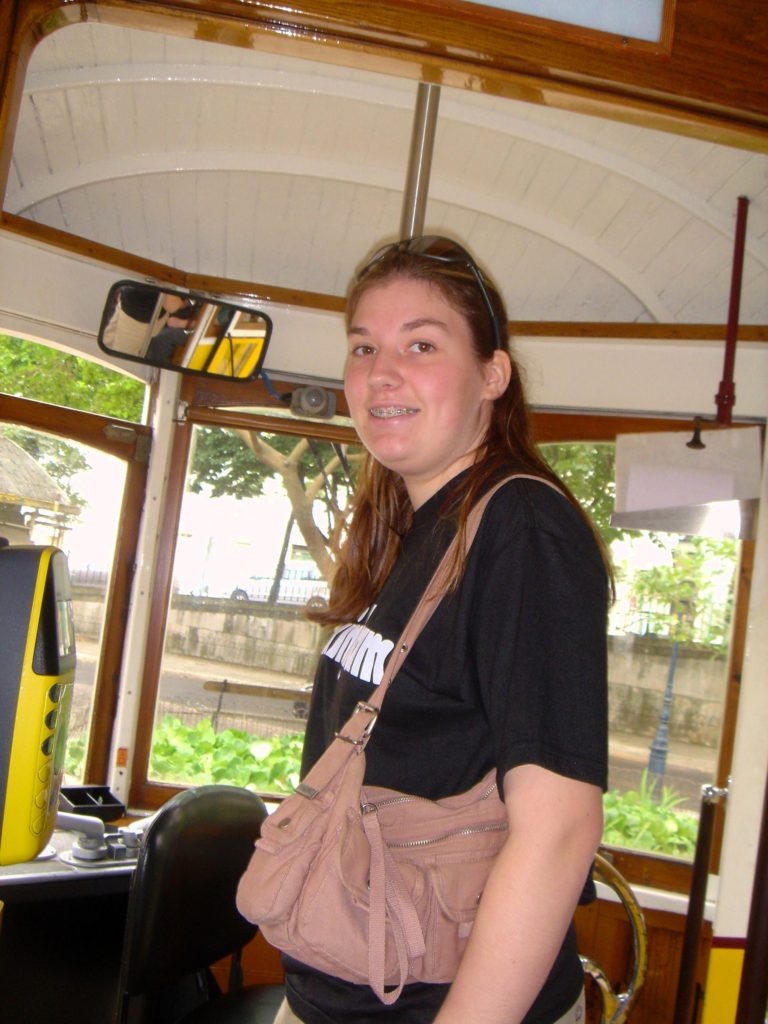
Departing the cathedral, we drove over jacaranda-lined streets to the new part of the city on the other side of the hills. This area — especially the Avenida de Liberdad, lined with four rows of trees and one row of Armani-type shops — is particularly nice. Continuing east we came to the oldest part of the city, a tangle of little streets on steep hills reminiscent of San Francisco. Here we boarded an electric tram for a tour of streets far too narrow for our tour bus.
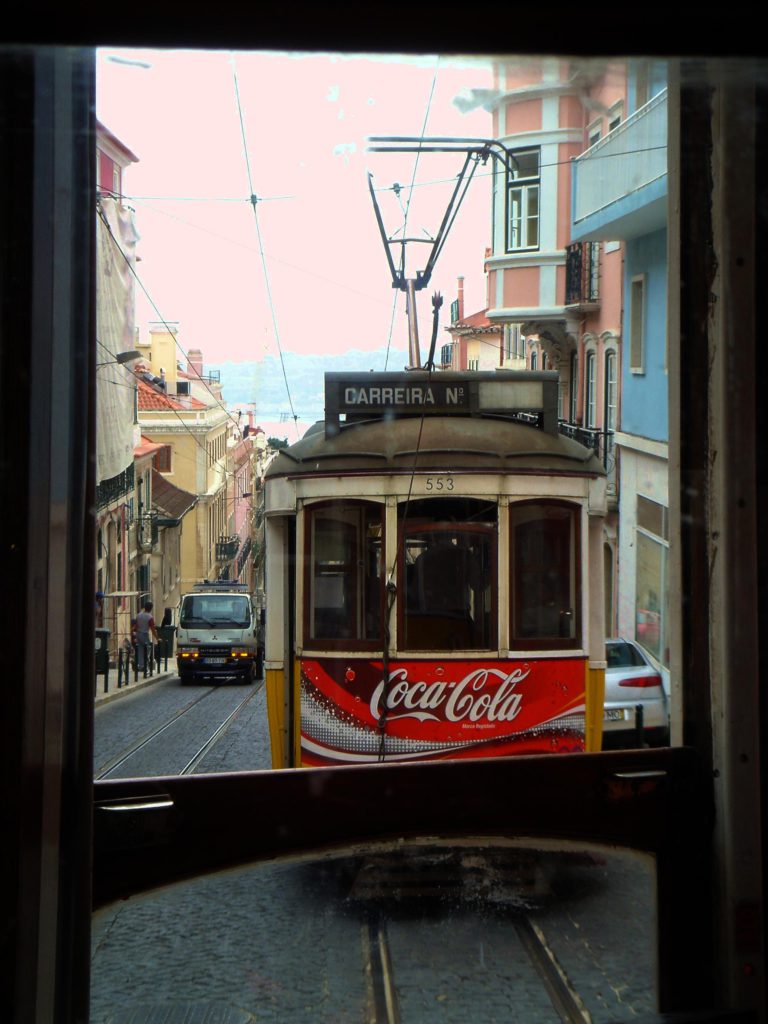
This area was really quaint (if somewhat ramshackle) and the ride, although much too long, was fun. Along the way we were served some tasty ruby port and delicious Pastelle de Belém, a crispy pastry filled with custard. Throughout our day in Lisbon things were eerily quiet, as yesterday was St. Anthony’s Day. As the patron saint of the city, this of course requires observance with massive consumption of alcohol and all-night revelry. In fact, we understand most residents don’t make it to work all week.
We arrived back onboard in time to sail (barely) under the harbor bridge, which looks very much like the golden gate bridge. This is not surprising, since it was built by the same contractor.
Out on the open seas be resumed our bounding course northward. I suppose it’s just the combination of a smaller ship and being at the very back, but the ride — even on very slight seas — might definitely be a problem for some passengers. Fortunately it doesn’t bother us.
Our dinner reservation was at Latitudes, the ship’s Asian-themed restaurant. It’s an attractive space, with only about fifteen tables, which were never all full. Food presentation was beautiful (as with all the food on the ship) and many of the items were excellent — particularly the lobster curry. There were a few too many fried items in the appetizer assortment, but it’s one of those restaurants where they serve you some of everything, so there were many choices. Service was perfect, as has been all service on this ship.
Wednesday, June 14, 2006
At Sea (with stops at Vigo and La Coruna)
This morning we sort of slept through a brief stop at Vigo, Spain. The only way I noticed was that my bed stopped swaying like a hammock, and the stillness woke me up.
The purpose of the stop at Vigo was to let off passengers wanting to make the pilgrimage to the alleged final resting place of St. James. In the 12th century, 11 million pilgrims did; but last year it was down to 19,000. Apparently these days it’s harder to find people who believe that, after being beheaded, his body magically floated along the river in a stone coffin filled with scallop shells. Or something like that.
A brief afternoon stop in La Coruna is planned, to pick up the survivors.
Today the ride has been slightly rockier than in the past, but then we learned from the navigator that there has been a 100 kilometer per hour wind and 30-36 foot swells all day. Given that, I’d have to say the ship is doing quite well. In fact, the passengers seem to be doing pretty well, too. I wouldn’t want to have to use a cane to get around this ship with the deck pitching ten feet.
Here are some interesting tonnage figures Linda sent me:
Regent Seven Seas Voyager – 46K
NCL Norwegian Dream – 50K
NCL Norway – 70K
NCL Pride of America – 81K
Coral Princess – 92K
Star Princess – 109K
Royal Carribean Explorer of the Seas – 138K
During the day we had a nice lunch in the main dining room (we sort of missed breakfast) and then did a lot of writing. In the afternoon we played trivia, and would have won if we’d known how many stripes on an Israeli flag, which ear you can hear better out of, or which part of the body is most often bit by insects. (Two, right, foot. )
After we rounded the north west tip of the Iberian peninsulas the seas calmed a bit, and the gray skies began to lighten as we docked at La Coruna, Spain. It looks like a fair sized, rather non-descript city.
When our pilgrims returned from Santiago de Compostela at 7pm we sailed for Santander .
Dinner in the main dining room seems to improve each night. There were some excellent selections this evening, accompanied by a white wine from Provence that was quite pleasant. The wine selections on the ship have been almost entirely sauvignon blanc and pinot noir, or their cousins. I think this is an attempt to match as many foods as possible, but Linda would be disappointed in the lack of buttery Chardonnays. Of course, they have an extensive list of high end wines that I have even looked at, since it would be a waste to order an expensive bottle when Dani only has a sip. Drinking age onboard, incidentally, is 18, although it’s 16 in most of the ports. But no one really cares here in Europe.
Thursday, June 15, 2006
Bilbao and Guggenheim Museum (Santander)
We docked at Santander (even accent on all three syllables) this morning. Santander is a non-descript city that hugs the coast of the Bay of Biscay. At 9am we joined one of six coaches headed for Bilbao, about an hour and a half north.
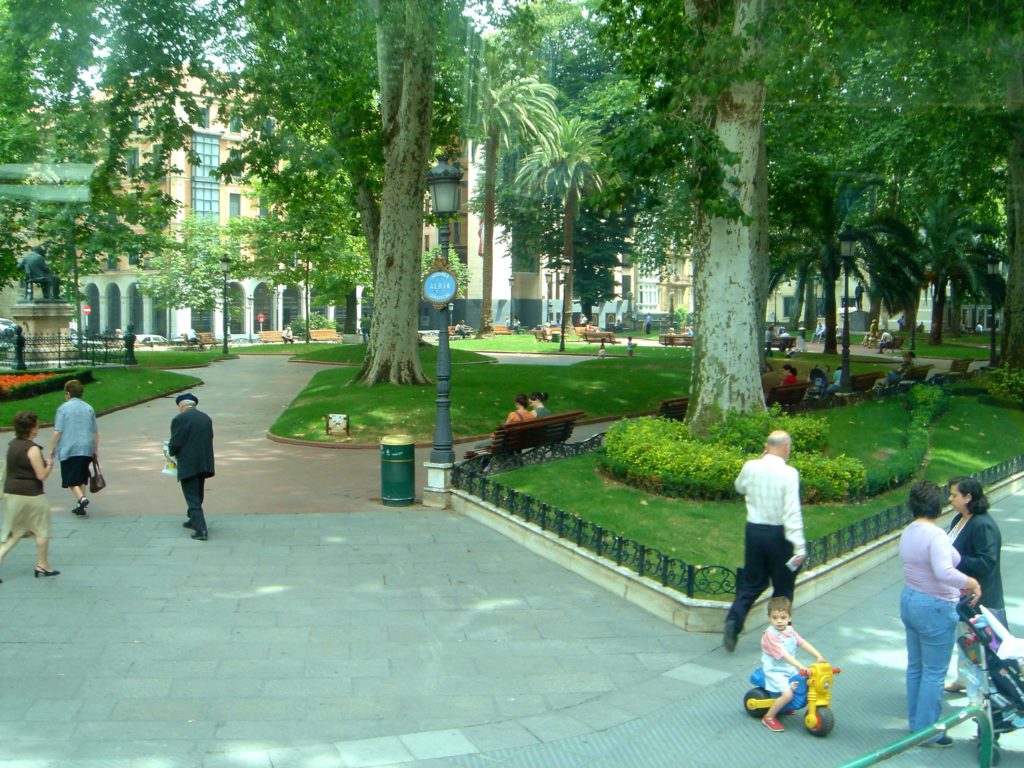
Bilbao is in the Basque region of Spain, which is a culture different than Spain or neighboring France. The main language is Basque, which looks really weird, with lot’s of X’s. The sign are all in Basque and Spanish.
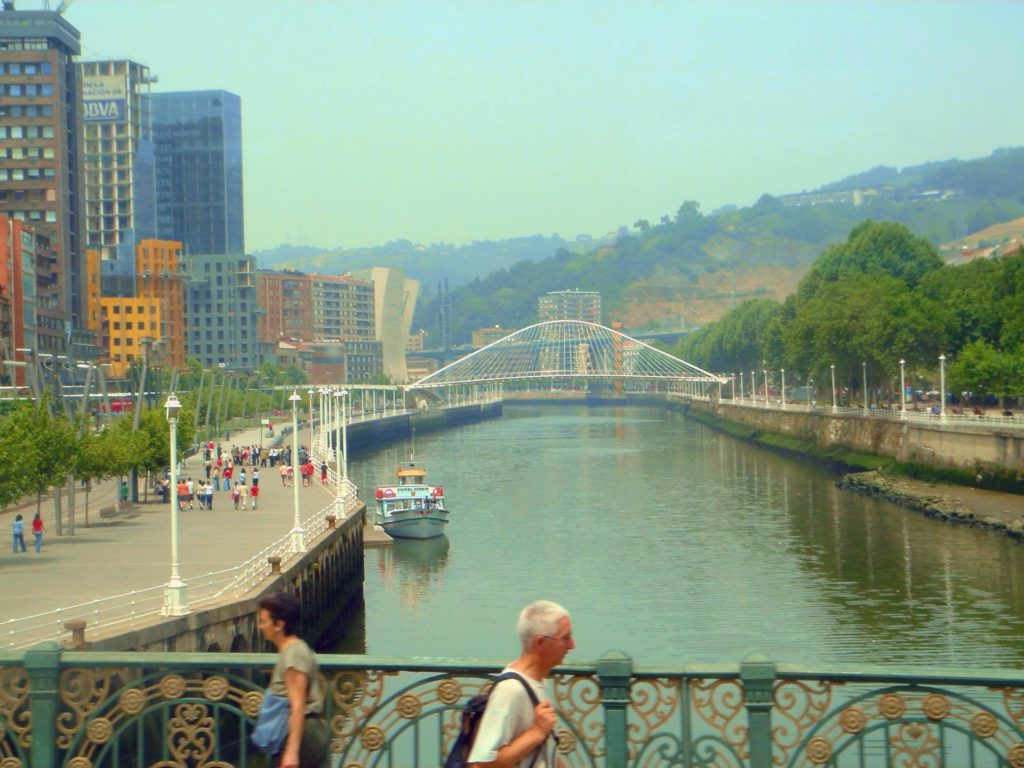
Bilbao is an absolutely beautiful city of tree-lined (and traffic-clogged) streets, beautiful parks, and daring architecture. It’s hard to believe just twenty years ago it was a depressed industrial port. Now the entire waterfront area has been turned into cutting-edge buildings. The whole city is a vital, walkable place, with inviting shops and restaurants, lots of foot traffic, and beautiful old buildings lining streets that radiate from dozens of lushly landscaped squares. There are construction cranes everywhere. Leading this renaissance of new architecture was the Guggenheim. It was designed by Frank Gehry, and opened in 1997 at a spot that used to be part of the industrial riverfront. It’s really a fantastic building, three stories inside, taller outside, with every surface covered in either limestone or titanium, and no flat surfaces or right angles anywhere. Much neater than it looks in a photo.
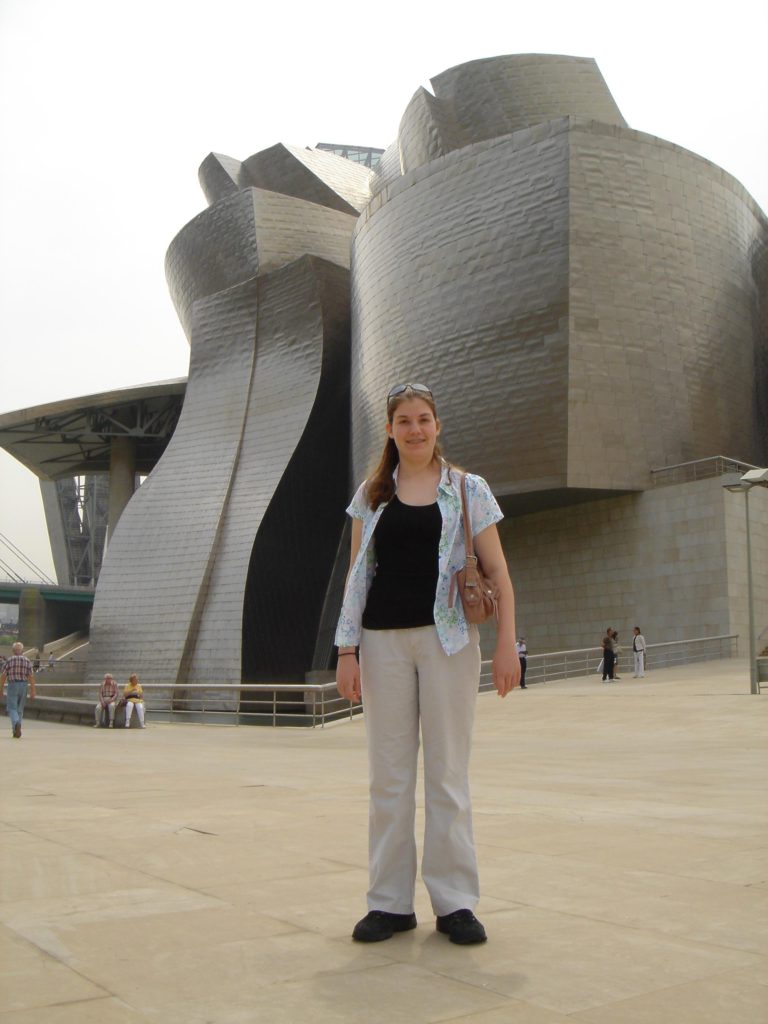
Our extraordinarily knowledgeable guide provided an architecture and art history tour of the museum for 18 of us. I was concerned this would bore Dani, but her World history classes brought new meaning to what we saw and heard.
Two of the permanent exhibits in the museum were particularly memorable. One was comprised of nine multi-story columns of scrolling LEDs, red on one side and blue on the other, that told a rather surrealistic story/poem in many languages. Sounds dumb, but it was quite effective. The other was a room larger than a football field, filled with twisting walls of rusty steel, fifteen feet high, two inches thick, and sometimes over 100 feet long. I’m glad I didn’t have to install them! These shapes formed spirals, twisting walkways, and concentric notched circles– all very clear when viewed from above, but a completely different experience as we wandered around inside them, a living part of the exhibit. Again, it sounds dumb, but it was neat.
The bulk of the museum is currently filled with art on loan from The Hermitage in St. Petersburg. In fact, I recognized several pieces from our visit there two years ago. Here it has been better arranged, and we were able to trace the history of Russian art and art collecting from the 12th through 20th centuries, in chronological order. It was fascinating to watch religious icons morph into romantic oil paintings, then impressionism, cubism, and op art. One small room by itself contained two Picassos, two Matisses and a Gaugin. Two and a half hours was only enough time to walk past everything; then we headed back to the ship, arriving about 3pm. Ravenous, we sat on the pool deck and had a grilled salmon burger (me) and hamburger (Dani).
The weather has been temperate but overcast, but it’s supposed to improve this evening.
A few hours after sailing we were out in the middle of the Bay of Biscay on the way to Bordeaux. The sea was almost glassy. A strange change from Wednesday.
Dinner in the dining room was excellent. The South Africa pinotage was an eclectic wine offering, but it seemed oxidized.
Friday, June 16, 2006
Bordeaux, France
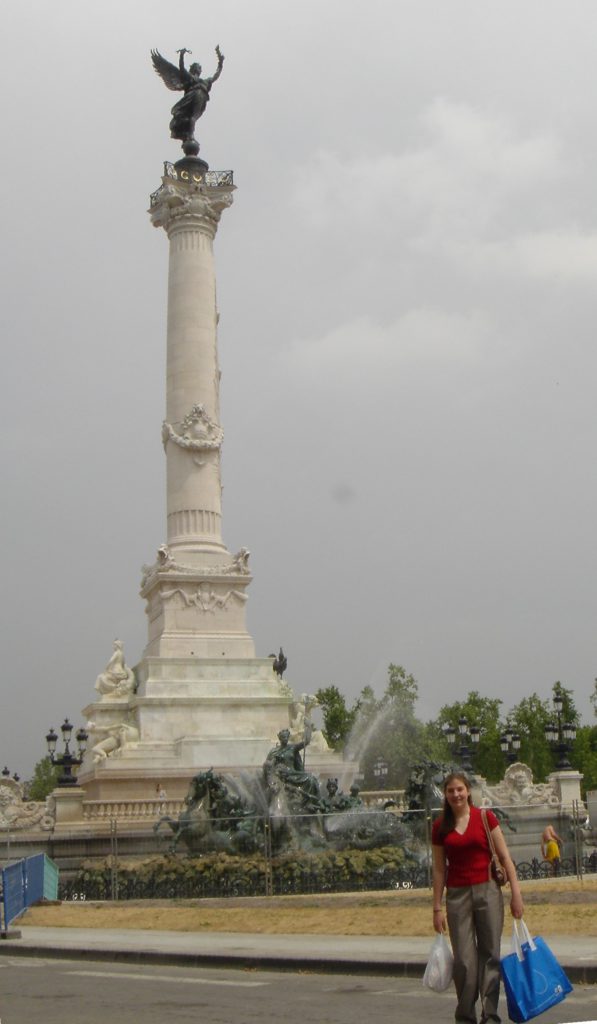
Today I found a way to use the $200 shipboard credit Vacations To Go gave us when we booked the cruise. The self-service launderettes on this ship are free but completely inadequate — I’ve seen seven people crammed into the room waiting for two washers. I did manage to get a load done a few days ago before everyone else started running out of clothes, but today, even though I was there at 7am, there were already people waiting. It would help if they were open 24 hours instead of 7am to 10pm. Anyway, we’ll just have the ship do our laundry and dry cleaning. It’s only slightly cheaper than buying new clothes, but hey, who wants to spend their vacation in a laundry room?
This morning we sailed up the Gironde River and then into the Garonne, traveling 100 kilometers to reach Bordeaux. I didn’t realize how far inland it is. The land is fairly flat, and the banks are lined with agricultural and industrial facilities, but when we reached Bordeaux it was a complete surprise. I was expecting Bordeaux to be a collection of villages and vineyards. Instead it is a beautiful city, a sort of miniature Paris. Best of all, the ship docks along the quay in the exact center of town. It is as if you’ve pulled up between the Louvre and Notre Dame! Everywhere there are 19th century facades, their wrought iron balconies and sloping roofs lined up just as in Paris. The streets are lined with shade trees, and brasseries spill out onto the sidewalks.
I watched as the ship extended its gangway from deck 4 and then puzzled over a crane truck that drove up and installed another gangway from deck 5 to the quay. This latter gangway was at about a 45 degree angle, and would have made a good water slide if it hadn’t ended on the concrete. What was that all about? Later in the day my question was answered when we learned that even though Bordeaux is 100 kilometers inland, the Garonne is still a tidal river, with a difference of 16 feet between low and high tides every six hours! By the time we returned to the ship in the afternoon, deck four was below the quay and the other gangway was nearly horizontal! In fact, the ship sailed both in and out near high tide, and with the current in each case.
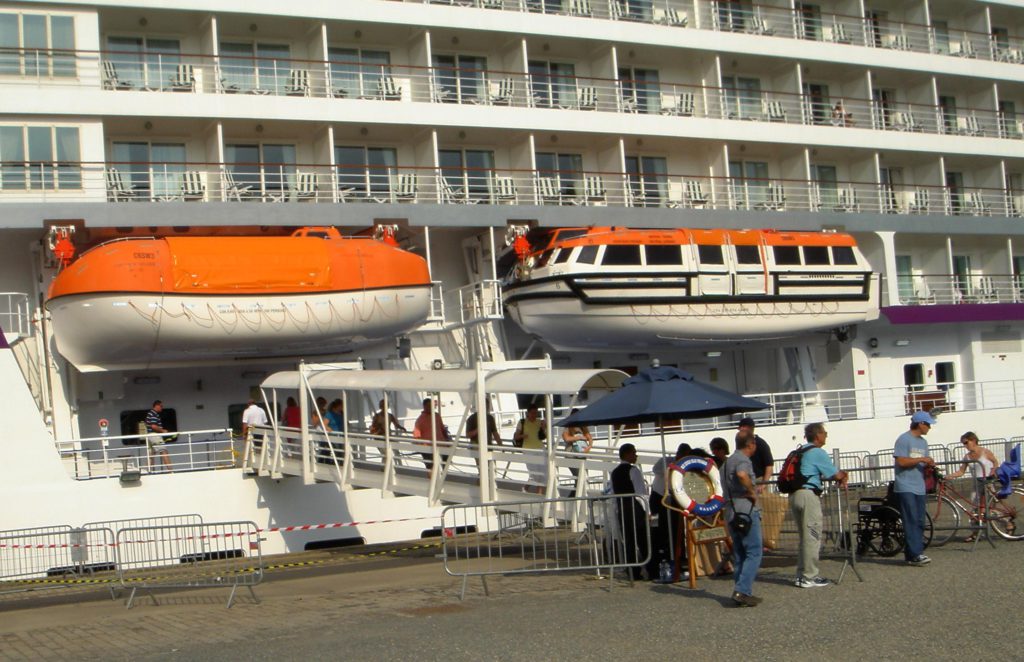
When I say the ship is in the center of town, I mean it. You can almost step off the gangway onto the sidewalk of the boulevard that runs along the river. The absence of security was either refreshing, amazing, alarming or simply French — I’m not sure which.
In the morning Dani and I ventured ashore and strolled the streets of Bordeaux, covering a lot of territory. We ended up at a circular building in the center of town called Grande Homme. On the top floor was a giant toy store, the middle floor was upscale shops (and a tobacconist where Dani stocked up on postcards), and the subterranean lower floor was a supermarket and food court. When I say food court, I don’t mean an American food court. Instead it was a collection of tables surrounded by the market’s bakery, fromagerie, charcuterie, plus prepared salads, Asian food, and so on. We purchased a loaf of bread, a pain au chocolate, and an epoisses (my favorite stinky cheese), then strolled back to the ship to construct our own bizarre lunch in the cabin. The bread was, of course, the best we’ve had since the last time we were in France, and amazingly, Dani discovered she likes epoisses. A home run!
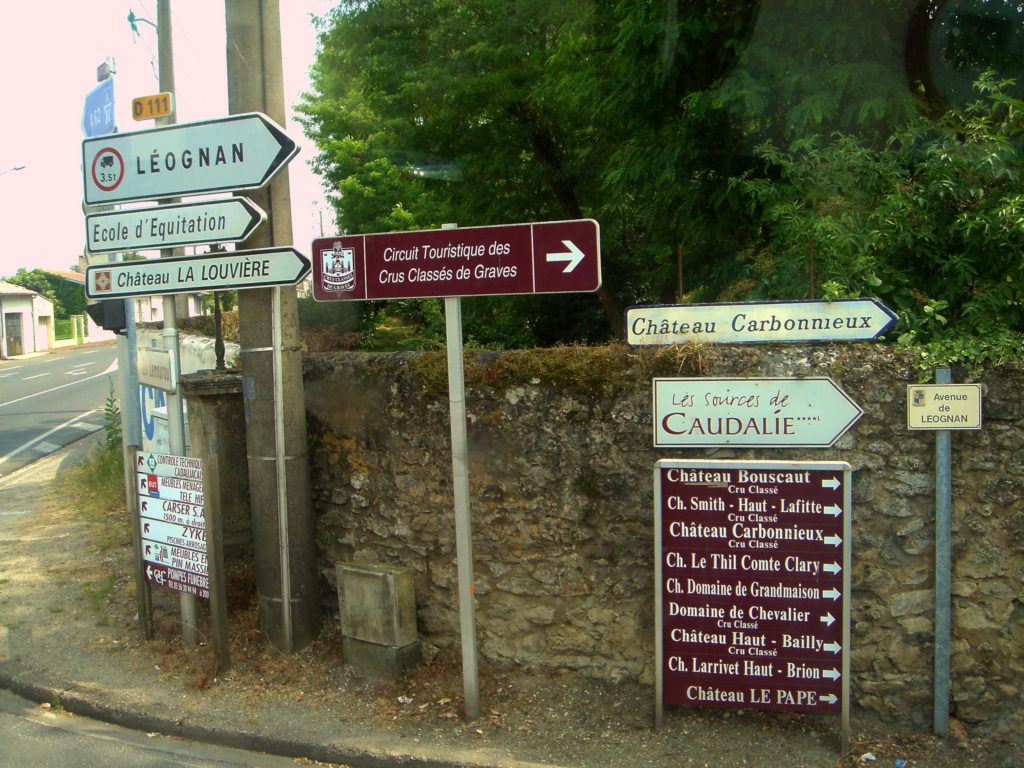
At 2 pm we met our tour group on the dock for a trip around the city and then an excursion to a local winery. I was surprised to see how much of the city we’d discovered on our own, although the driving tour did reveal a really neat pedestrian street, Rue Sainta Catherine, filled with shops and bistros that runs 2 kilometers through town. We also passed the WWII German sub base. This concrete bunker is divided into 11 bays, and its ceiling is 25 feet thick, making it impossible to get rid of.
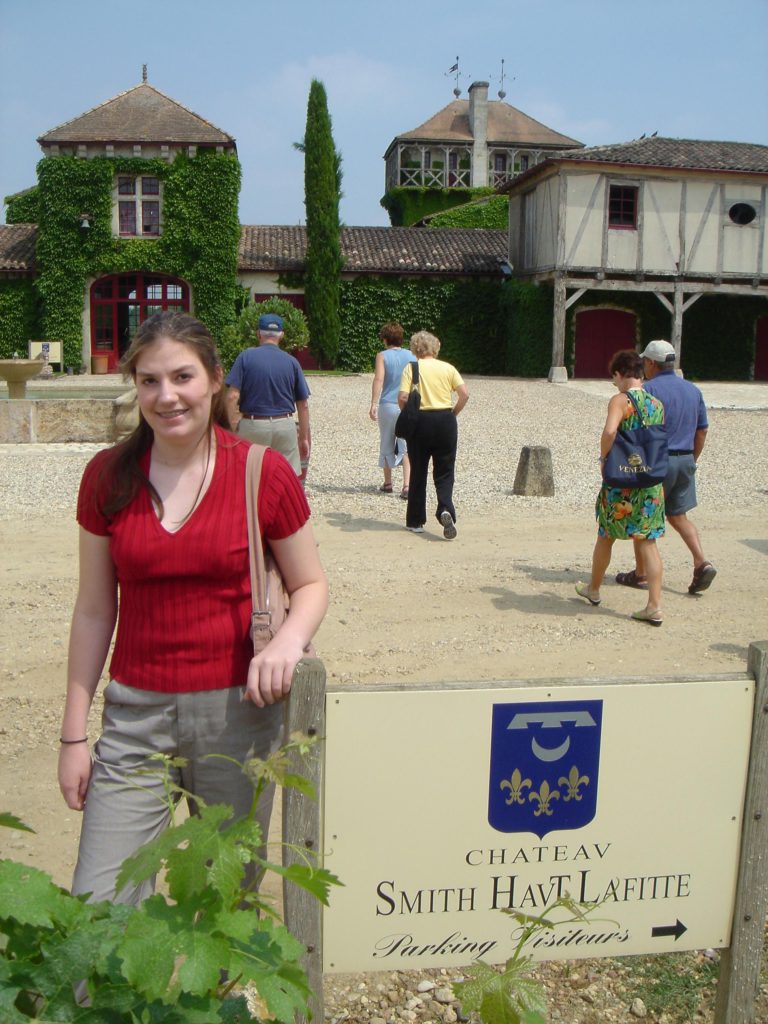
Then we headed out of the city center to the selected winery, which turned out to be Chateau Smith Haut Lafite, a Graves grand cru that has been totally renovated since changing ownership in 1990. In a few kilometers we were in wine country, and is wasn’t more than twenty minutes before we arrived at the chateau, passing Chateau Bouscat and several other properties I didn’t recognize on the way. The area is fairly similar to Santa Ynez, but not quite as arid.
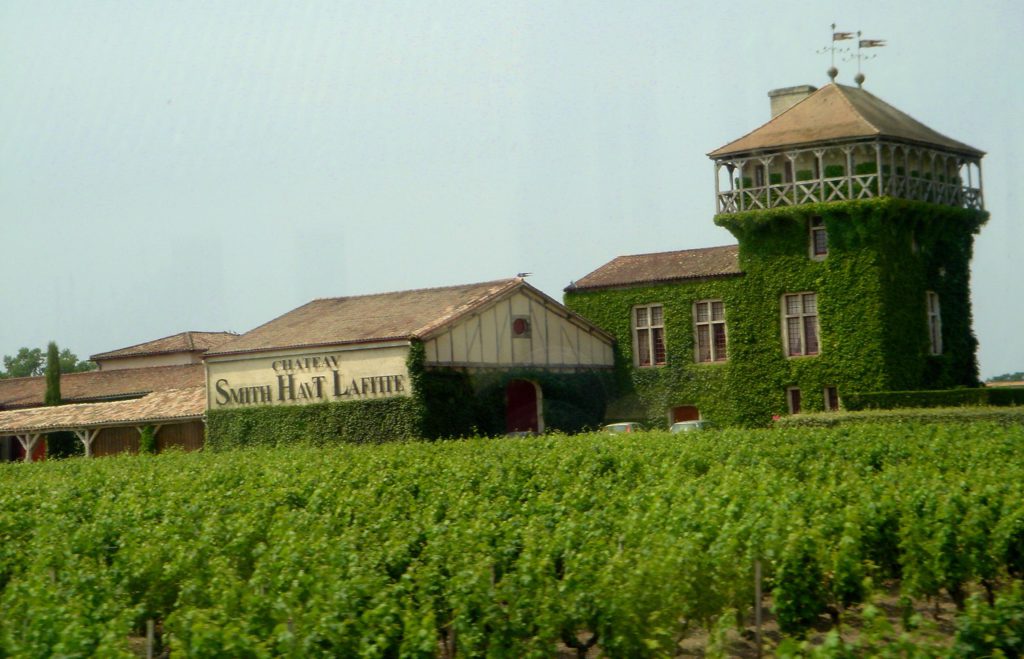
The tour, conducted by the winemaker, was the best I’ve experienced. The winery has beautiful new pneumatic presses, stem separator conveyors where twenty people hand select berries, and extensive cellars. They also make half of the approximately 800 French oak barrels they need each year. Every detail of the white and red vinification process was described. Here are just a few things I remember:
White: 90% sauvignon blanc, 5% semillon, 5% grey sauvignon. Fermented in 50% new oak and lees stirred for 12 months. Sold upon bottling.
Red: 55% merlot, the rest cabernet sauvignon and cabernet franc with sometimes a trace of petite verdot. Fermented in open topped stainless tanks for seven weeks, pumped over three times a week. Aged 18 months in 80% new oak. Sold upon bottling.
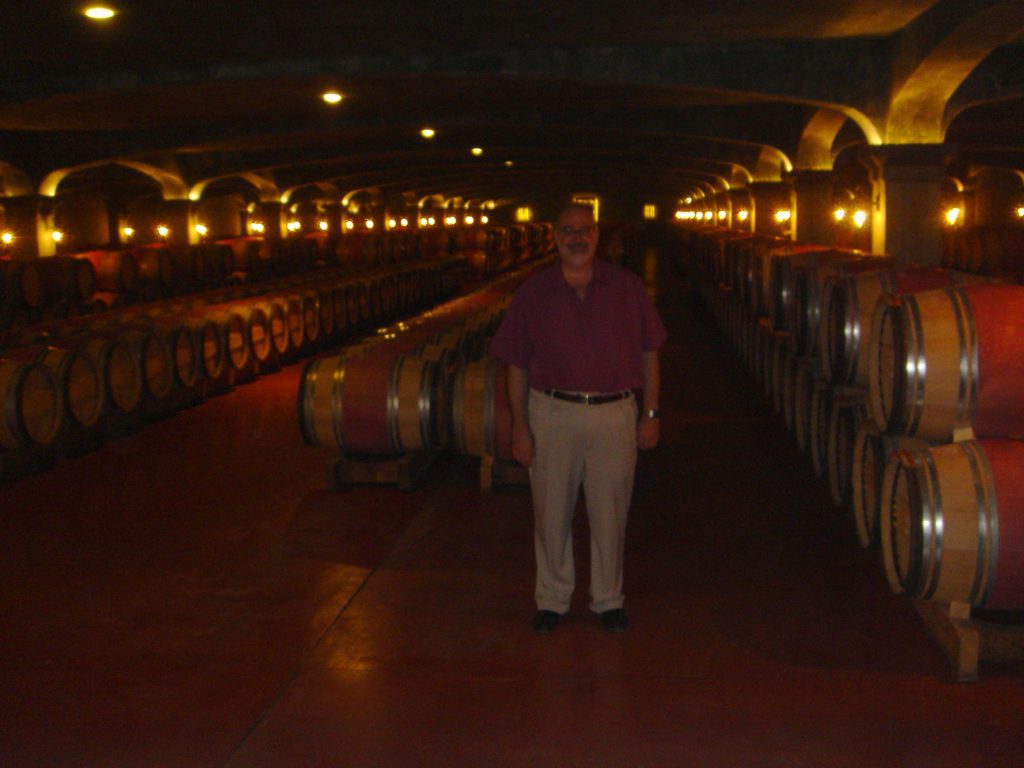
After the tour of the vinification area we descended into the (chilly) main cellar for a tasting of the 2004 white (peaches, grapefruit and black pepper, very balanced, no malolactic fermentation 92/100) and 2002 red (very smokey, blackberries, complex finish 93/100). Wine was available in the small boutique, and the winemaker himself processed the transactions. But there was no pressure to buy, and few people did (including me, although I eyed a double magnum of 1982 at 200 euros) as it was too hard to transport. I assume the winery was well-compensated for this terrific tour, though. (By the way, in addition to the winery, there is a beautiful spa resort on the property. )
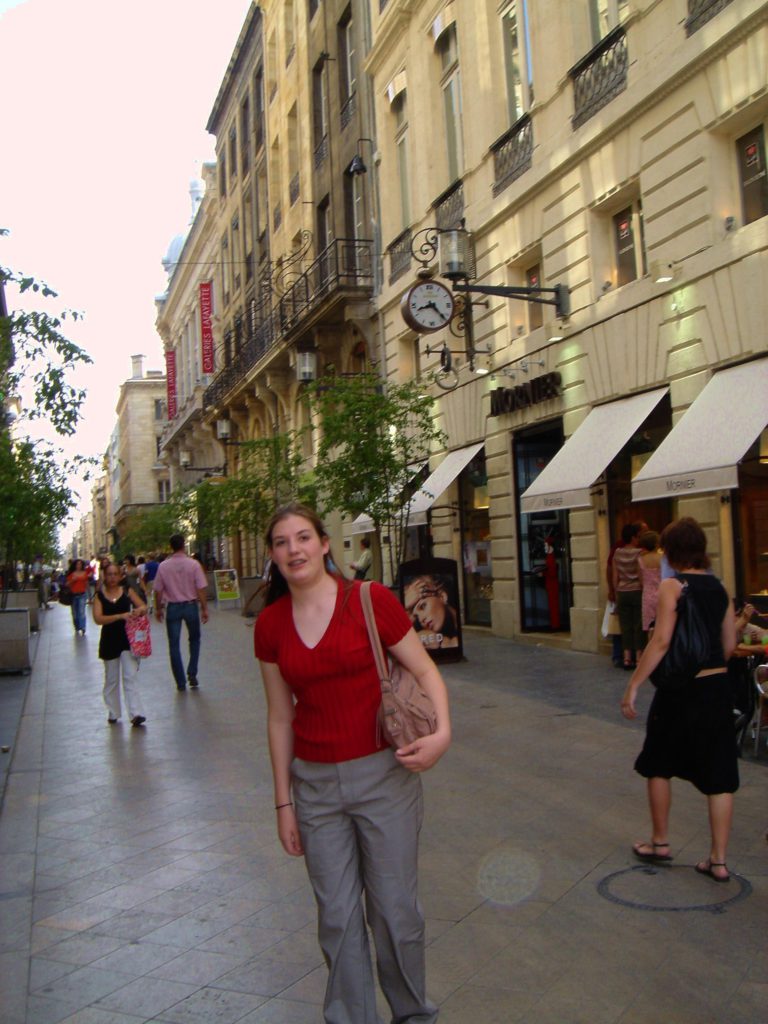
Even in Friday afternoon traffic we were back at the ship in half an hour. Dani and I strolled through the city, trying to keep out of what had turned into a hot late afternoon sun, to the Rue Sainta Catherine, which was nice and shady. We looked for an open bistro and browsed the shops. No luck on the bistro. There were lots of great menus, but no one serves food until 8 pm, and we were to sail at 9 pm. At fnac (think trendy Best Buy) she bought some manga in French and then we headed back to the ship.
We had an excellent dinner in the main dining room. High praise in the face of the on-shore competition in France! My opinion of this ship’s food is going up. I think the trick is to avoid the guest chef’s menus. As always, service was Perfect with a capital ‘P’.
Wine selections were an oxidized Woodbridge Chardonnay (first chardonnay of the cruise) and a weird Zinfandel that still had one or two percent residual sugar. It grew on me, though, as it went really well with the little pieces of braised shortribs under the seared tuna appetizer. Who on earth came up with the idea to combine those two things?! It was excellent, though.
This morning’s 48-hour dry cleaning submission was already hanging in our cabin when we returned.
Saturday, June 17, 2006
At Sea
It’s a long way around the part of France that sticks out into the Atlantic. We’ll spend today sailing up the coast, and then turn the corner into the English Channel this evening. Seas are smooth.
So smooth, in fact, that this afternoon they opened the bridge to guests from 1 pm to 5 pm. This is an opportunity you never have on the huge Caribbean ships, but Voyager’s bridge is no less complicated. The ship’s propulsion is by azipods on the hull, which can be swiveled 360 degrees. Even with these, we learned that yesterday in the Garonne they used the anchor to complete their 180 degree turn without danger of being washed by the tide into the 17-section stone bridge that marks the end of the navigable channel.
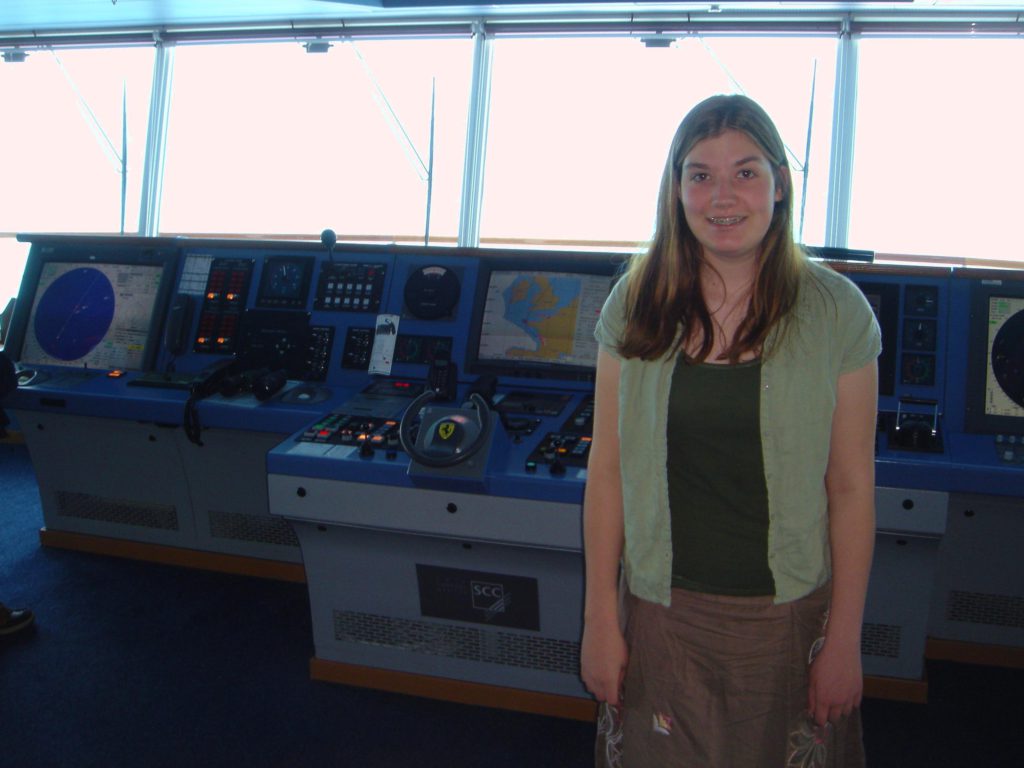
The ship was running on autopilot when we visited today, as it usually does, except when in harbor. A tiny wheel, smaller than what you’d find on a go-cart, is the only obvious control. We visited just as the ship was completing its turn into the English channel, a turn that occurred over a distance of eight miles, and required only a one degree adjustment of the azipods.
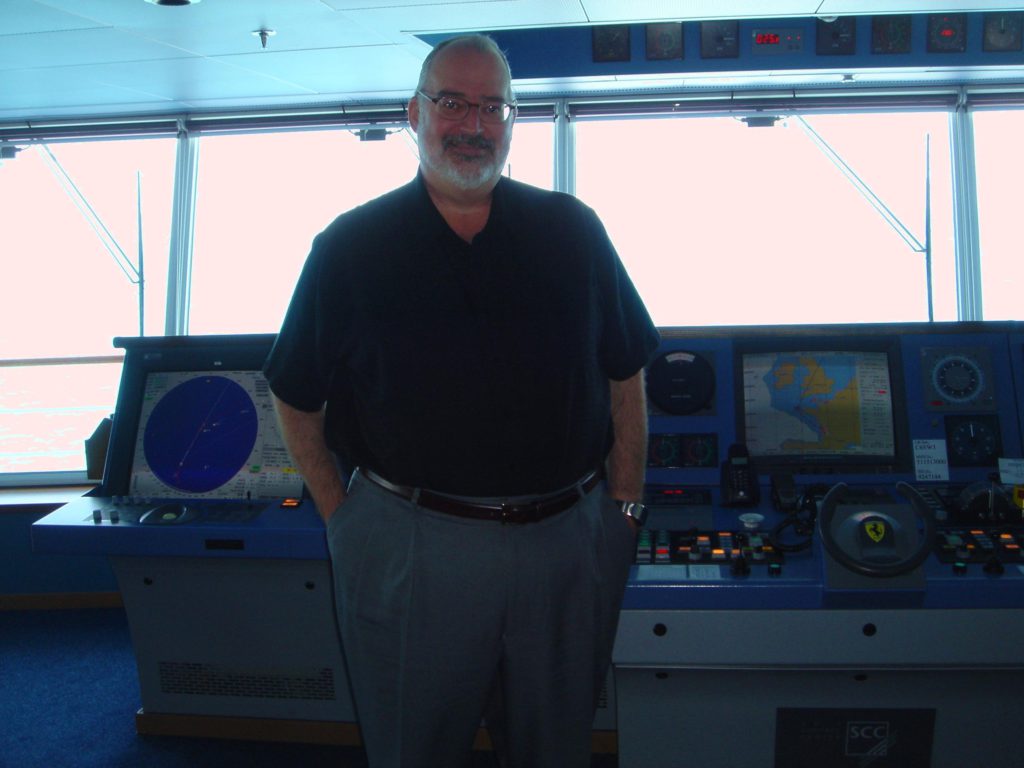
Oh, and in case you’re wondering, at top speed the coasting distance is half a mile if they don’t reverse the pods.
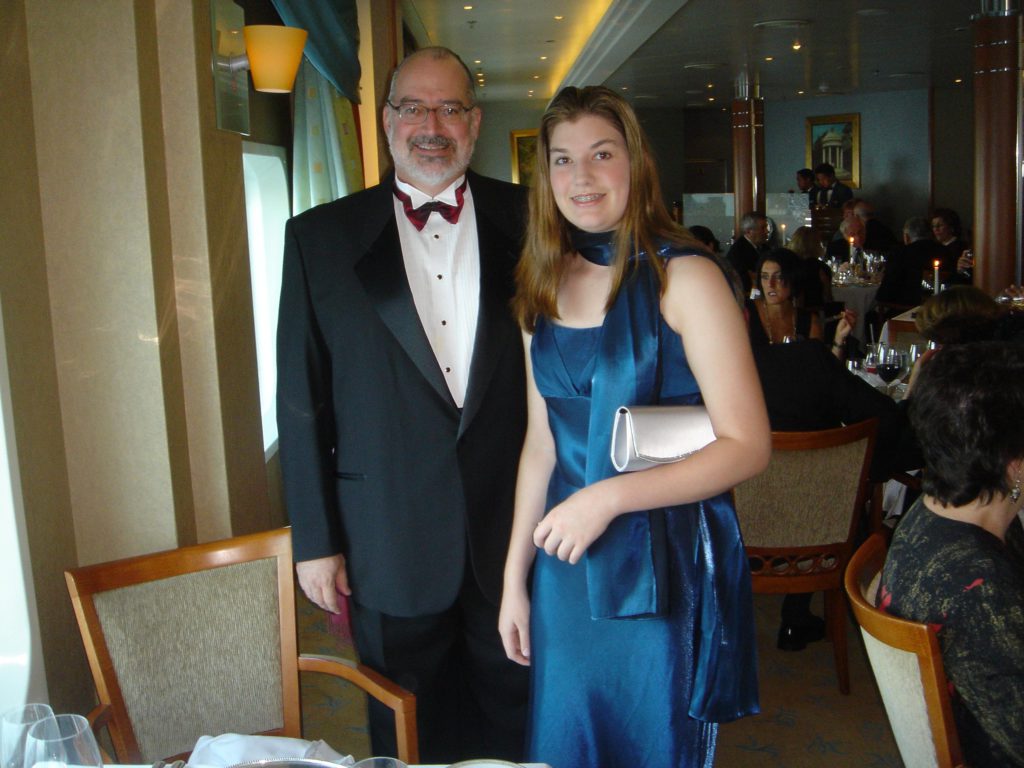
Dani looked lovely in her new blue gown for our final formal dinner aboard the ship. We had a lovely table and delicious meal. They brough out the good wines, tonight: Pouilly Fuisse by Lois Jadot, and an excellent Chianti Classico by, I think, Binti.
After dinner we caught the last half hour of the show, a Broadway review by singer Amy Baker, and bought a couple of her CDs. Amy has been mingling with the passengers all week, and has quite a following.
Sunday, June 18, 2006
Honfleur, France
The approach to Honfleur took us up the Seine a few kilometers, past the industrial port of Le Havre. We were docked by 8 am. Although only 64 degrees in the morning, the day promised to be sunny and hot.
Dani surprised me with some Father’s Day gifts this morning, and a card from Linda, who sent me an email greeting, too. Originally we had scheduled a hike and visit to a goat farm today, but there weren’t enough others interested, so our tour was cancelled. We decided to explore the village of Honfleur on our own, rather than make the trek to see the Bayeau Tapestry.
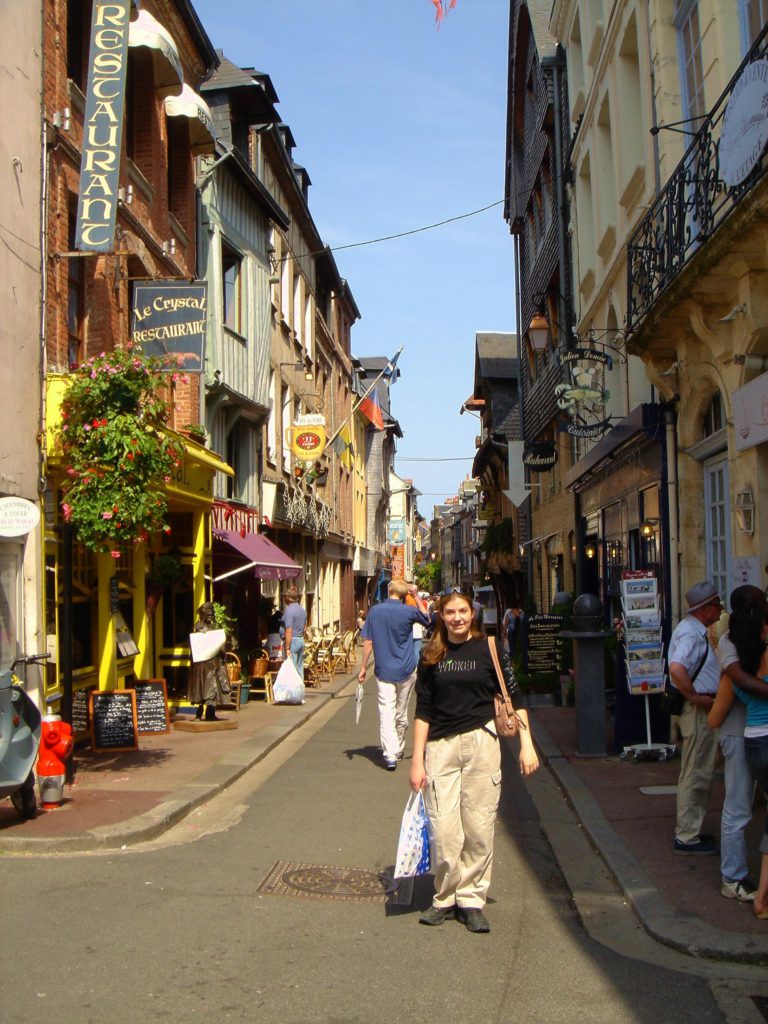
What a great plan that turned out to be! Honfleur is a captivating small town just a few minute shuttle ride from the dock. At first it looks too cute to be anything but a tourist trap, but just a block from the waterfront the streets are filled with the “real” France: boulangeries, charcuteries, and wine shops. The local residents come out to walk their dogs and dally over lunch in the hundreds of sidewalk cafes. Heaven.
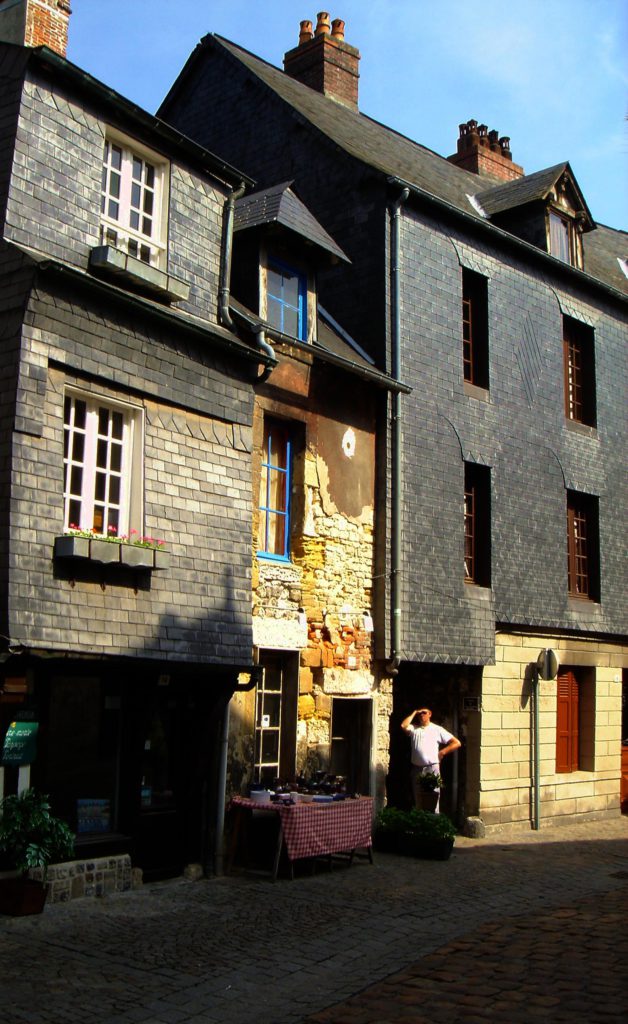
As in Bordeaux, it was great to blend into the crowd of locals — plus the weekend visitors from Paris — rather than be part of a storm surge of American tourists. That’s probably the biggest advantage of a smaller ship visiting smaller ports.
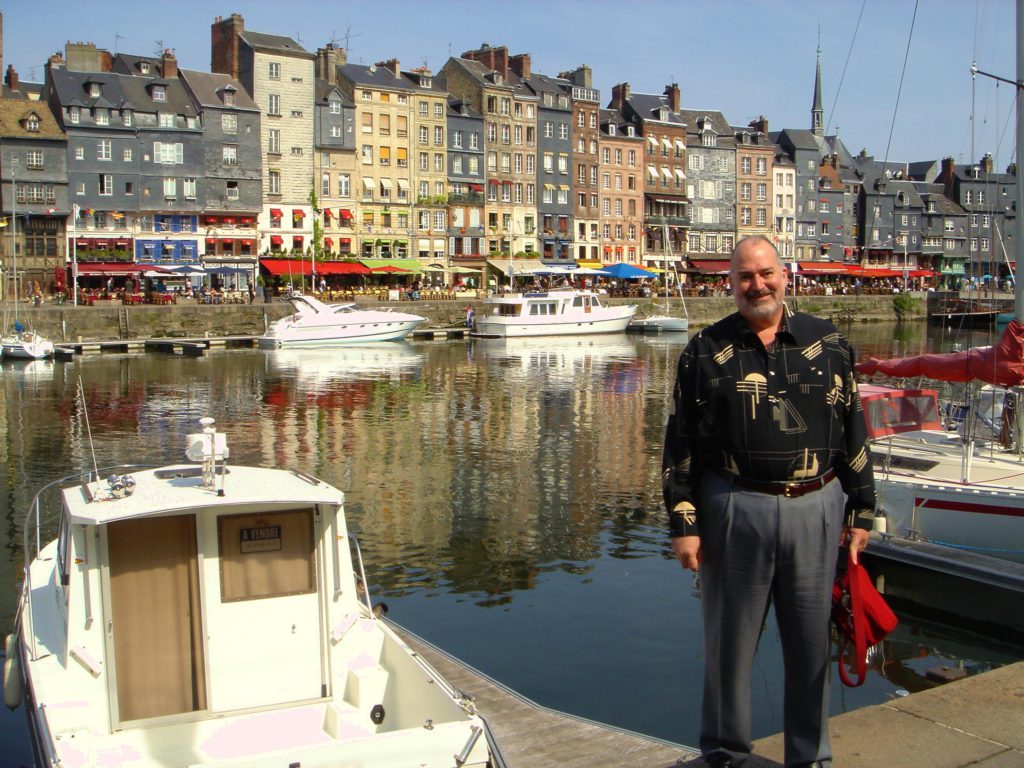
Dani spent the morning buying a few gifts for friends and more postcards — 37 sent, so far — as we strolled through the backstreets. Most of the tourist shops sell paintings by local artists, gourmet foods, cooking supplies, and souvenirs. The church here is wood, and was built in the 14th century. It looks faintly viking.
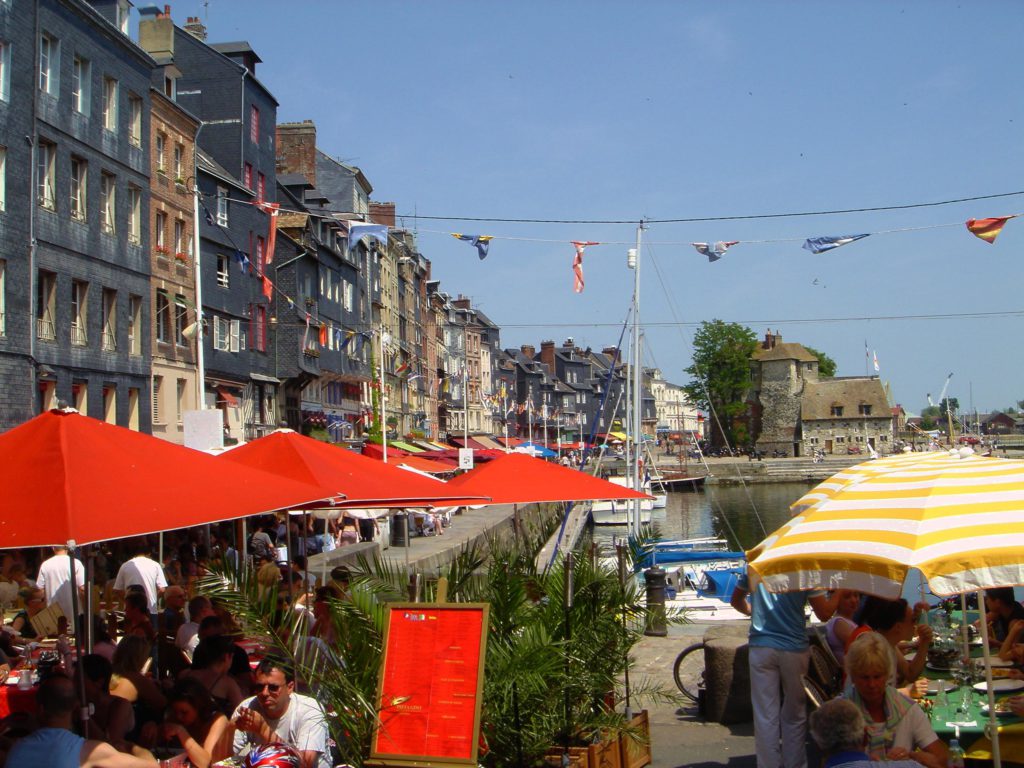
At lunch time we pretty much at random selected a sidewalk cafe overlooking the harbor and had a wonderful meal, of salad (lettuce, endive, sun dried tomatoes, and lots of other great stuff) and galettes. A galette is like a crepe, but made of buckwheat and browned with the ingredients in it. Dani had ham and cheese, and I had seafood. On top of mine were the most incredibly delicious baby mussels, a local specialty. Amazingly wonderful food. We dawdled over lunch, enjoying our favorite water, Badoit (two liters! Hey it was hot. ) After lunch we continued browsing, and made it four blocks before we had to stop for chocolate crepes. Yum. Then it was time to head back to the ship and pack. Sigh.
What a great place Honfleur is!
Leaving the harbor, we had a great view of the Pont de La Normandy, a two kilometer long suspension bridge completed in 1995. We also passed the Normandy beaches where the D-Day invasion occurred, which where filled with sunbathers on this beautiful, sunny day. Unfortunately we were too far away to determine the dress code.
We played tea time trivia a couple of times during the cruise, and due to our terrific skill (and considerable leniency in the interpretation of the rules) we won five cruise tokens. So this evening Dani visited the table on the shopping promenade and redeemed them for a sun visor and book mark.
Packing was easy, since we haven’t really bought anything other than a few tiny souvenirs. In fact, as advertised, we’ve spent almost nothing on this cruise. Our final bill included little more than the shore excursions and Internet time. Even the laundry charges were minimal.
The farewell dinner in the Compass Rose was excellent, with prime rib and Caesar salad, and accompanied by Caymus Conundrum and a good Chilean merlot.
Monday, June 19, 2006
London
Rubens at the Palace
Avenue Q at the Noel Coward Theatre
The Regent Seven Seas Voyager offers normal service on the morning of debarkation, so we had room service breakfast before debarkation. Getting off the ship was easy. We just waiting for our color to be called. It was star salmon. I had no idea star was even a color.
We stepped onto the coach and were on our way for the logarithmic drive to London. I say “logarithmic” because we approached Victoria Station asymptotically, seeming to go slower and slower the closer we got.
Ah, London, city of traffic, bad manners and inedible food. How you draw us back, again and again. And it’s nice to see how the Londoners have embraced the return of the traditional red phone booths. It’s solved the serious problem of what to do with all their trash. They should simply rename them “trash booths. ” Everyone has a cell phone fastened to their ear, anyway, so it make perfect sense. And you can tell when they start to get full, because you can monitor the trash level through the little windows.
It was only a few blocks from Victoria Station to our hotel, Rubens at the Palace, but we were heavily laden, and it was nice to get rid of the bags at the front door. The hotel is called “at the Palace” because it is right across the street from the slave entrance to Buckingham Palace. It’s a fairly nice hotel — for London — with fairly large rooms — for London — and is fairly quiet — for London.
After unpacking we walked down Buckingham Palace Way, looking for some edible food. Then we walked through St. James Park, looking for some edible food. Then we walked through Green Park, looking for some edible food. Then we walked down Piccadilly, looking for some edible food. We went in to Fortnum & Mason’s, a gourmet store. They also have a restaurant, but instead of selling the items they have out front, for some reason they’ve focused on boiled lamb, calf’s liver, and other, even less appetizing items.
Near Piccadilly Circus (it’s not really a circus, you know, just a semi-circle) we found a fairly dressy place called Bentley’s. It was full of business people and we decided to spend an hour with them, looking out of place. The food was surprisingly good, and they had the best mushy peas we’ve had so far this trip. The luncheon entertainment was provided by the woman next to us, who was trying to sell a Frenchman a house. Or lease him a flat. Or sell his current flat. She was certain she could do all these things in two months or less, but I wasn’t convinced.
I’ve been feeling like I’m flirting with a cold, so I started sucking zinc last night, and have continued today. Now I feel like I’m flirting with a cold and have zinc poisoning. Perhaps that accounts for the acerbic wit.
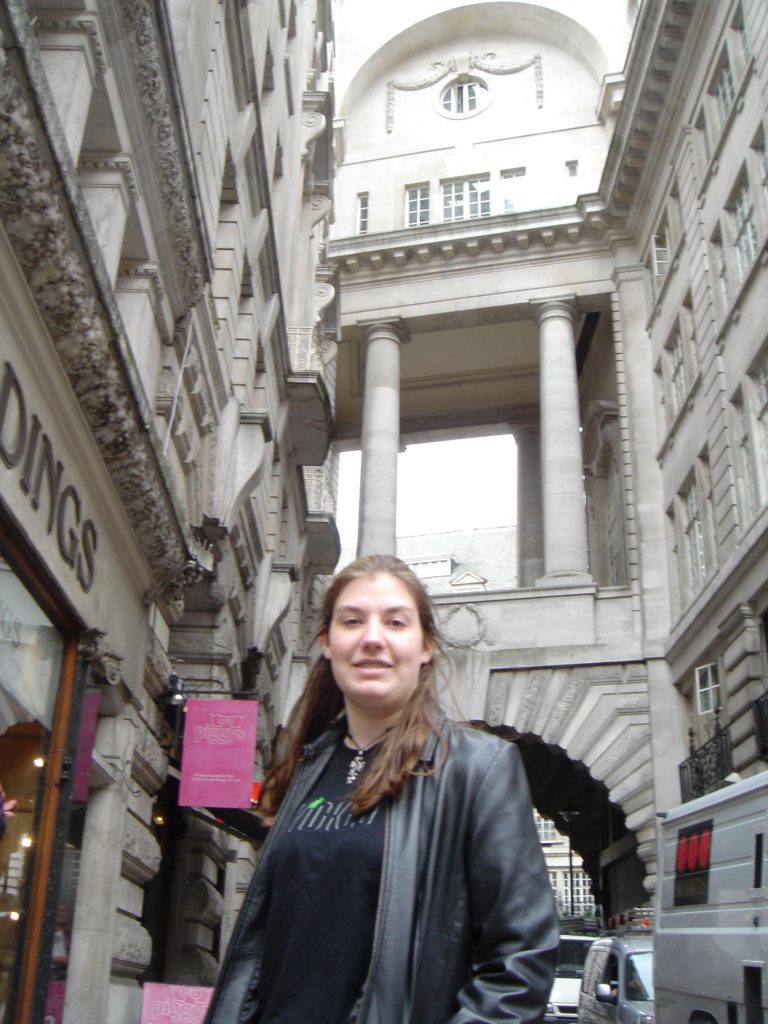
After lunch we found Dani a bargain leather jacket, because she forgot to bring anything warm and it’s going to be down in the 50’s tonight.
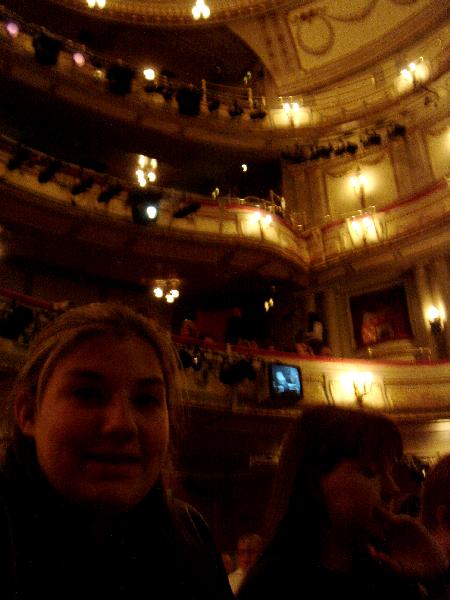
Then we walked back to the hotel for a little rest before the show. At 6:30pm we walked to the Hyde Park underground station and took it to Leicester Square. The Noel Coward theater has just reopened after refurbishment, and Avenue Q is still in previews. There was no sign of that in the show, though, which was very polished. It’s a sort of Muppets on steroids musical, with most of the performers carrying a Muppet and acting its part. The show doesn’t seem to have made any concessions for the UK audience, and is still set in Brooklyn. The voices and performances were great, and the set, a miniature city block, does all kinds of tricks. The audience was tremendously enthusiastic. Afterwards most of the restaurants in the West End seemed to be winding down, so we took the tube back and ordered room service before hitting the sack after our busy day.
Tuesday, June 20, 2006
London
Lunch at Gordon Ramsay at Claridge’s
Coriolanus at Shakespeare’s Globe Theatre
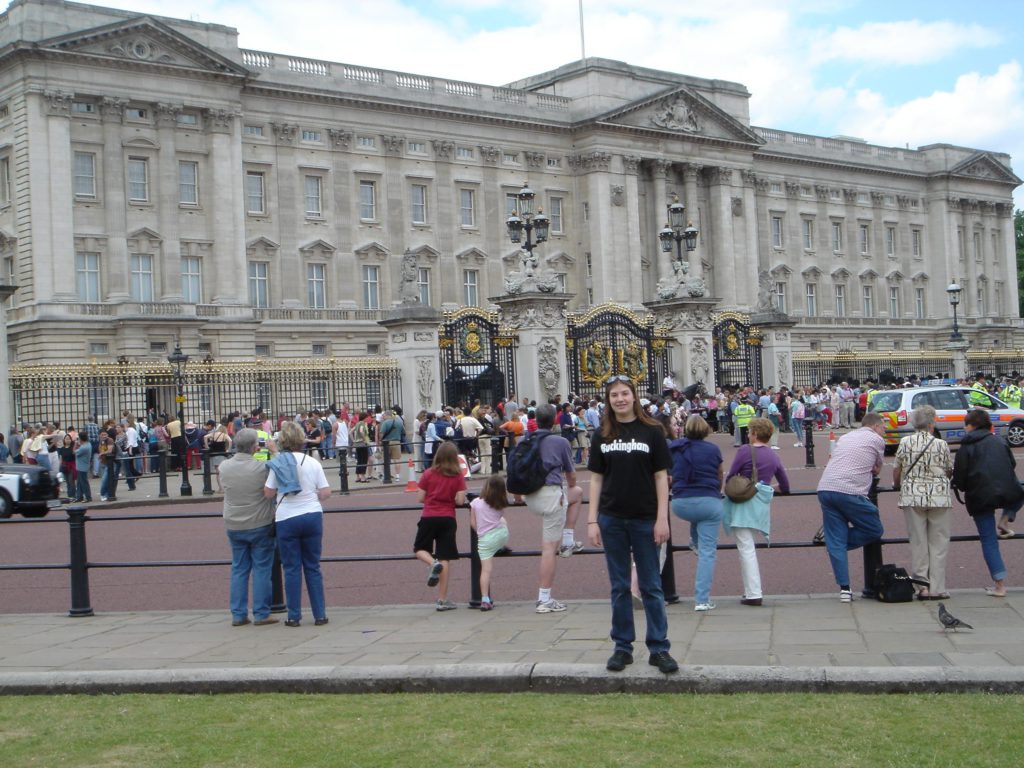
We slept late since we hadn’t gotten to bed until 1am. Then Dani wanted to have her picture taken in front of Buckingham Palace wearing her Buckingham T-Shirt from her performance in Richard III. We stopped at a place called Pronto Manger (not to be confused with the sandwich shop Pret a Manger, of which there is one in every block of London) and purchased a croissant-shaped object we managed to choke down on the way to the palace. It was very crowded in front of the palace because it turned out they were changing the guard. (Why these guys aren’t old enough to change themselves, I don’t know. ) There was a marching band in the palace courtyard which was, oddly enough, playing the theme from Star Trek.
After our photo op we headed back to the hotel to change, then down to Victoria Station to take the underground to Oxford Circus. We strolled around looking in the shop windows for a while ($$$) and then relaxed in a quiet corner of the mezzanine at Claridge’s Hotel until our 2:30pm reservation at Gordon Ramsay’s.
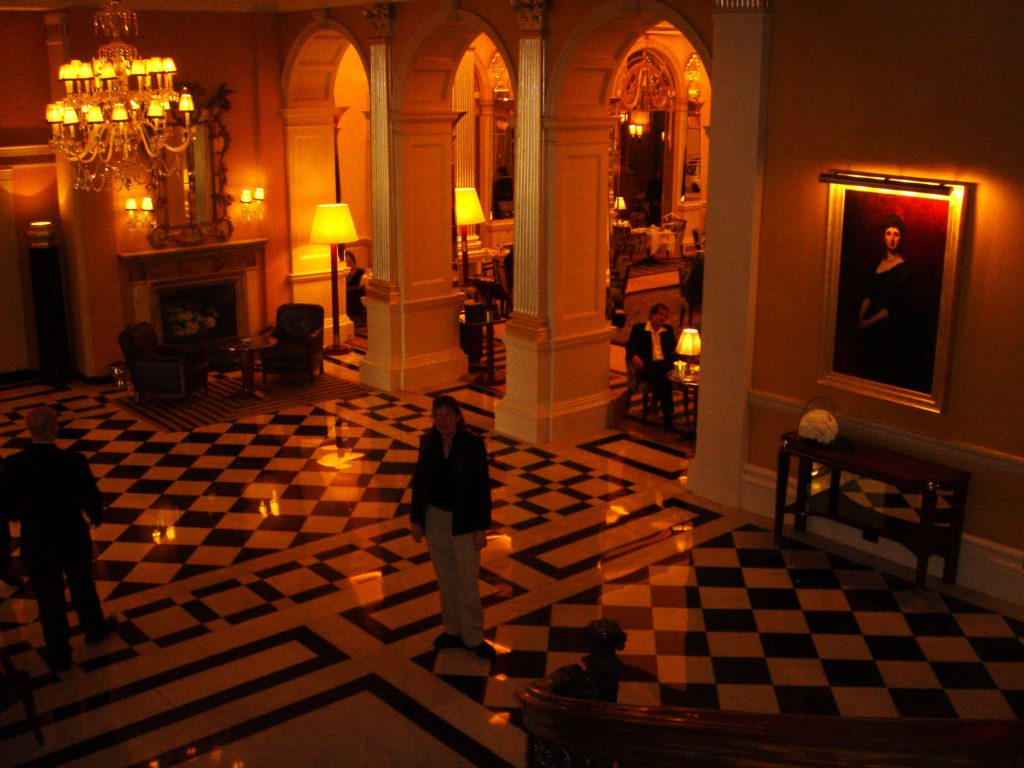
Our six-course lunch consisted of:
- Chilled Charentais melon soup, crab vinaigrette
- Ballottine of foie gras marinated in Beaumes de Venise, pickled mushrooms, toasted brioche
- Roasted sea scallop, broccoli purée, poached quail egg, Port reduction
- Steve: Steamed line caught sea bass, crushed Jersey royals, braised radish, asparagus velouté
- Dani: Best end of new season Oxfordshire lamb with confit shoulder, spiced aubergin, asparagus, tarragon jus
- Steve: French and English cheeses
- Dani: Banana and coconut bavarois, passion fruit jelly
- Peanut butter parfait with milk mousse, cherry sauce
Including a glass of rose Champagne, a bottle of Chablis and the 12. 5% gratuity, it came to a bit more than . . . Needless to say, we didn’t eat again that day.
I must say that the food was everything we expected, with many surprising flavor combinations, and the service was much less stiff than in most upscale restaurants.
After lunch we strolled up Oxford Street and walked through Marks and Spenser, home of the £500 shirt. After recovering from the sticker shock , we took the underground to St. Paul’s. Linda gave me a laminated pocket map of London or father’s day, and it’s sure been invaluable for navigating the city and the underground. That’s definitely the way to get around in London, rather than sitting in a cab stuck in traffic.
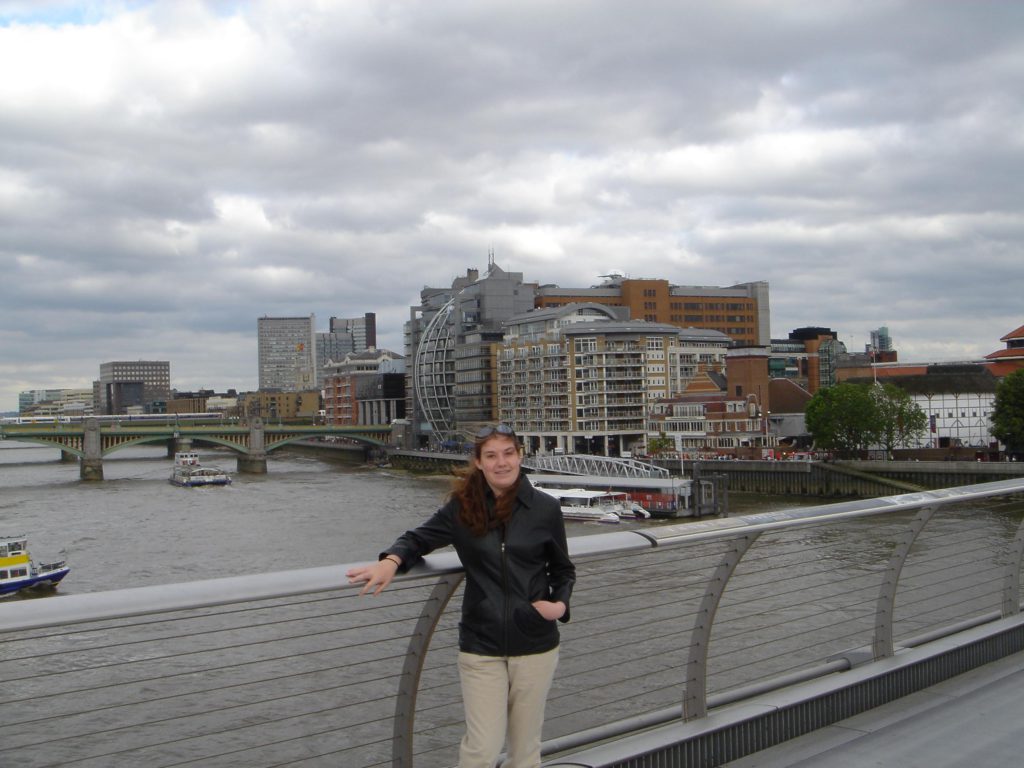
From St. Paul’s it was an easy walk across the Millennium bridge to Shakespeare’s Globe Theatre.
The reconstruction of the Globe was completed in 1999, and it is as accurate as they could make it, not even bowing to modern fire regulations for the most part. The largest part of the audience stands in the “yard” for the entire three-hour performance, but we had seats on the top level, in the front row. I use the term “seats” loosely. It’s a wooden bench about six inches deep, with no back. Cushion rental is another authentic touch, and one we definitely took advantage of. There’s definitely an age gradient of twenty or thirty years between the yard and the top tier!
It actually wasn’t as uncomfortable as I had expected, and the top level front low location allows you to lean on the rail and watch the performance and the people suffering in the yard. It turned cold during the show, and there were quite a few defectors during the interval (insert by Dani: Losers!).
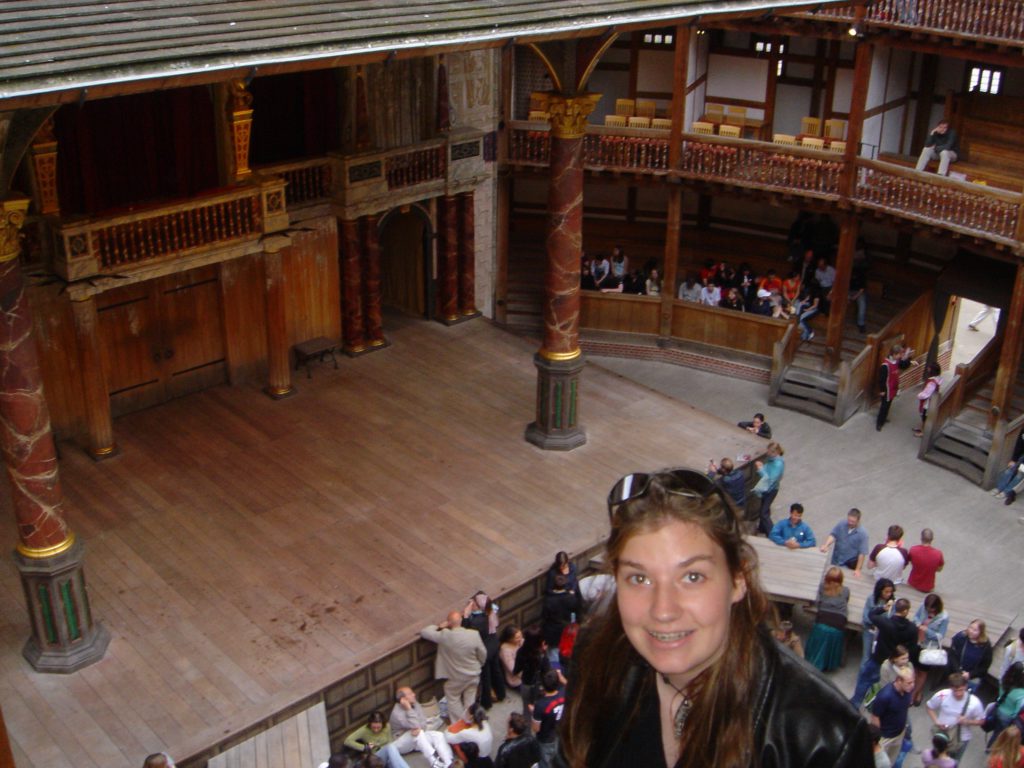
Here’s Dani’s review of Coriolanus:
Well, let me start with my impressions of the building. WOW. We were walking into a building built right where Shakespeare preformed these plays for the very first time more than 400 years ago. How cool is that? And the fact the building looks like the original is even better. It was amazing, like stepping back into a piece of history.
For those of you who don’t know what the globe looks like let me describe “this wooden O” (Henry V Act 1 Scene 1). The building isn’t actually circular but is comprised of twenty sides and is 100 feet in diameter. The rectangular stage juts out into the yard and is graded downward towards the audience (thus leading to the expressions upstage and downstage). The stage is covered by a roof supported by two pillars. There are three levels to view from, the yard (where the plebeians stand), and the middle and upper sections (for nobles and lords). The walls are made of oak beams covered in a lime based plaster.
Coriolanus is about a roman general who fights many battles for Rome and defeats many of their enemies. After his third war they want to make him consul, which requires the support of the people. Unfortunately he is a little egotistical and fails to properly ingratiate himself to the people. When stirred up by the two tribunes, the people riot, demanding his exile. Disgraced, he leaves Rome to return to his old enemy. With their forces, he leads an army to Rome to destroy it. But at its gates, his mother and wife convince him to make peace instead. As a result, his old enemy and new ally turns on him and kills him.
It was very interesting for me to see a professional production of Coriolanus after performing in so much Shakespeare. The show was very good with one glaring exception: the Stage Combat. In Julius Caesar we had a ten minute escrema stick battle followed by three other smaller battles. In this show, they didn’t know how to hold their swords, and there was a thirty second altercation where the only exciting thing to happen was they got one spark off their swords. The rest was very forgettable. But aside from that, the production was very good. Coriolanus’ mother was a remarkable actress. Every word she said was clear and understandable (no mics) and she knew what she was saying. Coriolanus himself was very good but I lost some of what he said when he was being too quiet or yelling too loud.
It was neat to see Shakespeare cold for the first time, without being in it or having read it before. The first ten minutes were rough going, trying to understand, but then something magical happens in your brain and you adjust to the Shakespearian language.
The show was amazing and it was amazing to see it where Shakespeare actually preformed it. To look down at the stage and — even though it’s a recreation — to imagine Romeo and Juliet and Henry V and Julius Caesar, Hamlet, Macbeth being preformed there for the very first time. It’s an incredible feeling.
(Did I mention I love Shakespeare?)
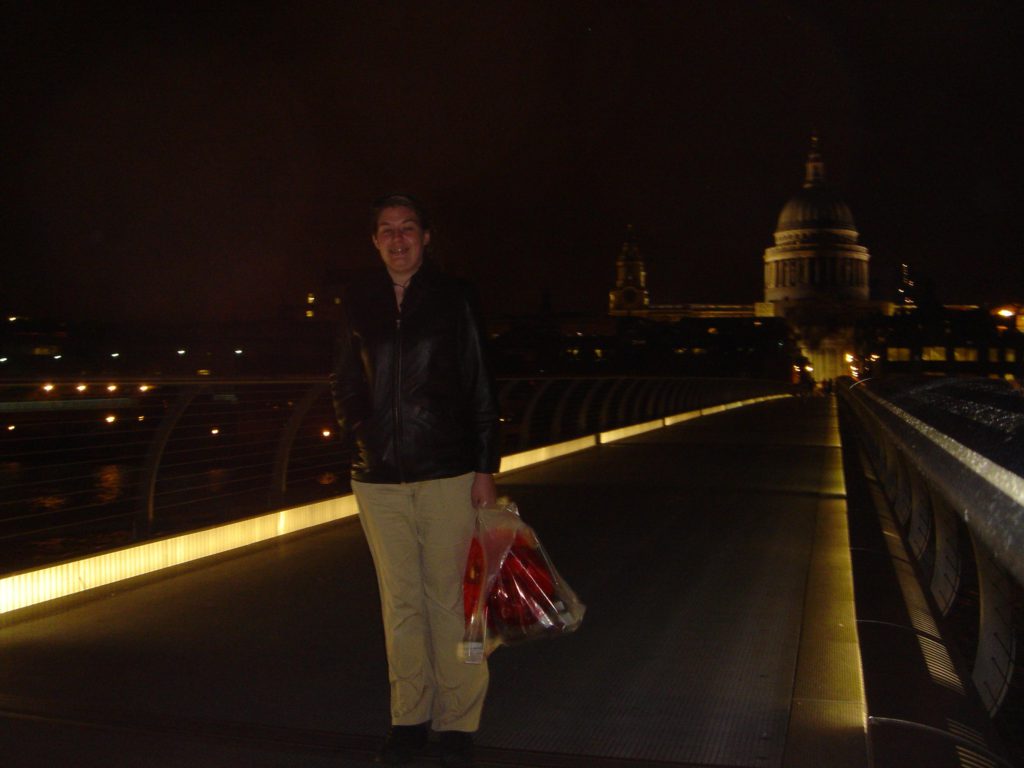
Wednesday, June 21, 2006
London
A Midsummer Night’s Dream at the Open Air Theatre
These blackout drapes are essential when it’s only dark a few hours on summer nights, but they have the side effect of causing you to miss the morning. But I guess that’s what vacations are all about. Dani got up at the crack of noon, and we took the tube over to Holborn, having a late lunch at Hason Raja, a recommended Indian restaurant (hey, anything to avoid English food). It started out well, but ended up being fairly mediocre. But it was Dani’s first try at this cuisine, and she enjoyed it.
Then we walked over to the British museum and strolled the galleries for a couple of hours. Dani posed in the same spot by the cat mummies that she did four years ago.
We took the tube (at rush hour!) to Baker Street (which has a new bronze of Sherlock Holmes in front of the station) and walked up into Regent’s Park, stopping to sip coffee by the tennis courts, and watch a tennis lesson. Then we made our way to the Open Air Theater in the park. The theater opens early, and there is outdoor dining and also picnicking on the grass. A cold wind was blowing some clouds in, and we wisely invested in a “picnic rug,” which kept us cozy later on. At the “Barbeque,” we unwisely invested in objects shaped like hamburgers and hotdogs, which were truly appalling.
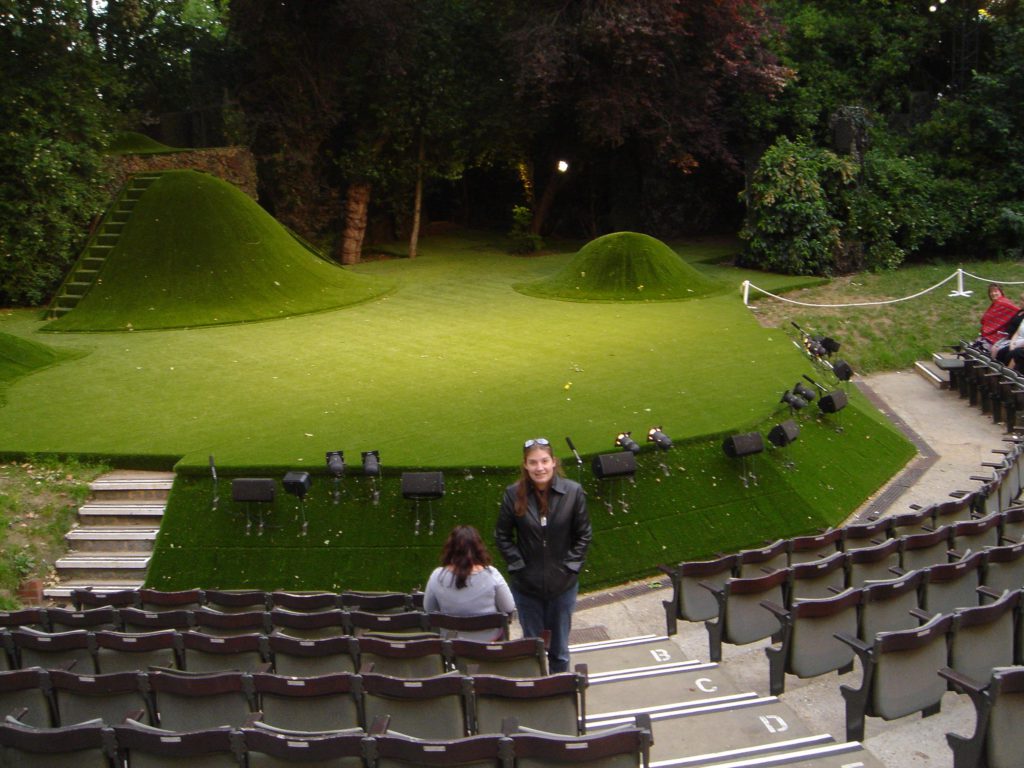
The production of A Midsummer Night’s Dream we saw was brought back after a very popular run two years ago, and I can see why. I really enjoyed it. It was presented without amplification, except for a bit of singing. Our seats in the third row were perfect. This was a particularly interesting show for Dani, as she has a major part (Helena) in Trinity’s production, which begins rehearsals in August. Here’s her review:
I was a little surprised to walk in and find the stage completely covered in grass. The theater was really neat, it’s completely open air. The seats are arranged like an amphitheatre, but the stage has no back, just trees. It was the perfect setting for A Midsummer Night’s Dream, where much of the action takes place in a forest. It was perfect the way it kept getting darker and darker.
For obvious reasons I watched Helena, for the most part. She was brilliant! Her timing was perfect and she was crystal clear, without sounding like she was yelling. I wish I knew how to project like that. The whole cast had found so many nuances in the text to play with. It was fun watching them, knowing in a month I’ll be rehearsing it.
The acting was very good, especially Helena and Bottom, but what was truly brilliant was the direction. The director found so many spots for wonderful stage action that really accentuated the comedy of the situation. He also added many hilarious gags not evident in the text. The way he coached his actors to characterize themselves was genius. He also had an interesting concept for the fairies, equating them to Peter Pan’s Lost Boys. The show was set in mid-Victorian times for the mortals, but the fairies were unique: bald and filthy, and wearing tattered clothes and work boots. Oberon looked like Elrond from Lord of the Rings.
It was interesting to see that the types of people cast were almost identical to who is cast in Trinity’s production. Bottom is over the top theatrical (David G. ), Oberon is commanding and kingly (David VB. ), Titania is mystical (Lexi). Their casting was perfect, so ours should be to.
I can’t wait to perform this show!
Thursday, June 22, 2006
London
Billy Elliot at the Victoria Palace Theatre
Dinner at Le Gavroche
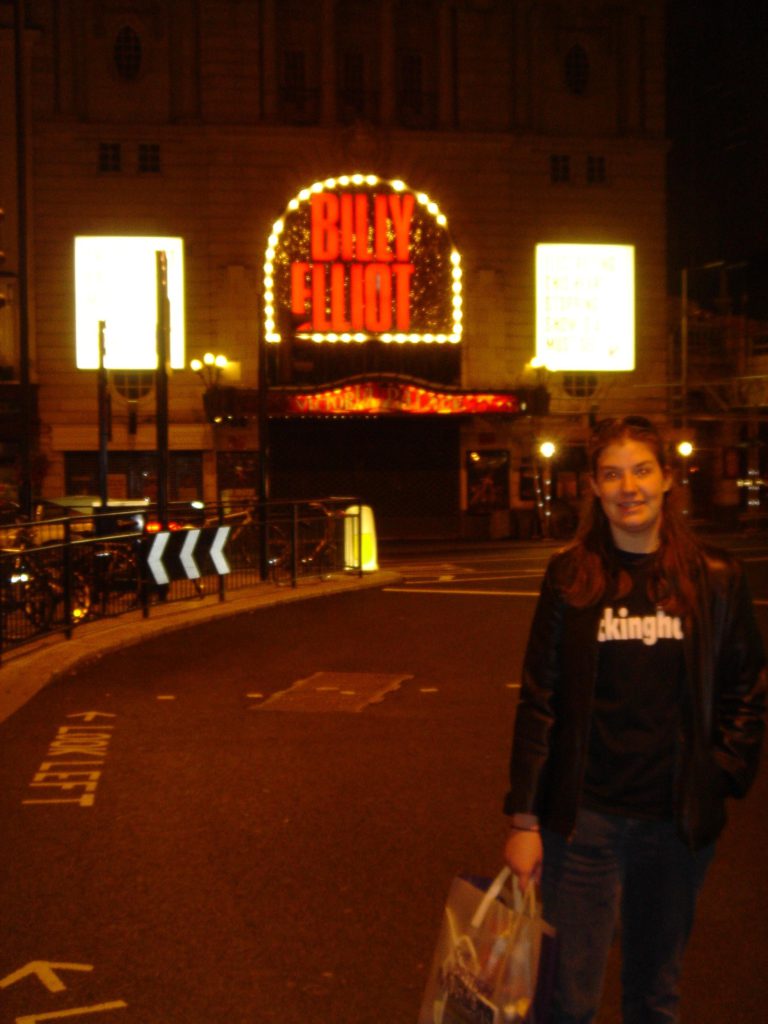
We finished our trip off with a highly anticipated visit to Billy Elliot, The Musical. The show, based upon a surprise hit movie, has a fantastic score by Elton John.
We had high expectations for Billy Elliot, and I was afraid the show might not live up to them, but it definitely did. I’d have to place it right up there with Wicked as one of the greatest shows I’ve seen. The story, the songs, performances and dancing were all exceptional. 12-year-old Liam Mower, as Billy Elliot, is a phenomenon. He’s one of five boys who alternate in the role, but it’s hard to imagine he’s not the very best.
Because of the subject matter — Labour vs. Conservative party, coal miner’s strike, adolescent homosexuality, and a deluge of four-letter words — it’s hard to imagine this musical ever playing in America in its current form. That’s a shame, because it really is an experience. In retrospect, I wish we had another day here in London to see it again (although it’s sold out for months).
After the theater we took the tube to Marble Arch and walked to La Gavroche. This classic French restaurant opened in 1967, and was London’s first Michelin three-star (although since it was taken over by the founder’s son it is now two.
Although expensive, our nine-course dinner (mine matched with seven wines) was no more than lunch Tuesday — an exceptional buy, given the perfect food, service and wines. In fact, I’ve never had wines close to this caliber in a food and wine pairing dinner. Perhaps the best course was the fois gras accompanied by duck pastilla with cinnamon, matched with an Alsatian Gewürztraminer. Heaven. And they also had the most extensive selection of French cheeses I’ve encountered. Even Dani enjoyed a few of them. Our three and a half hours at table seemed to fly past. Then it was back to the hotel to pack and sleep before our early morning call .
Friday, June 23, 2006
London to Orlando
Up at 6am, that’s a change! It was easier hauling the luggage the four block to Victoria Station than the other direction, due to it being slightly downhill. The Gatwick Express runs every 15 minutes, so we climbed right on and were at the airport in a half hour. We had a fairly appalling breakfast and then hung out in the terminal for several hours, Dani working on her book, and I reading Michael Connelly’s The Last Coyote (already listened to it on tape, but it’s probably his best work). Meanwhile Dani is reading an earlier novel in the same series, The Black Echo.
The Virgin flight was a nonstop to Orlando in a little over eight hours. Just enough time for both of us to finish our books. It’s a bit of a pain to clear customs in Orlando, because you have to wait for your bags, clear, and then recheck them, then wait for them again at baggage claim. The first wait was short, the second loooong, but we spent it telling Linda all about the trip.
Then it was home to our comfy beds and a shower that doesn’t require contortionism.
Dani’s final postcard tally for the trip: 44.
Nice things about the Regent Seven Seas Voyager
- No tipping
- Free beverages including almost all alcohol, plus bottled water for shore excursions
- Free self-service laundry (use it early in the cruise)
- Unbelievable service from everybody
- Food presentation beautiful
- Fresh flowers everywhere
- 24 hour espresso bar (free, of course)
- Nice theater and (largely unused) lounge
- Extensive DVD library
- Relatively inexpensive Internet, with good wireless connectivity
Not-so-Nice things about the Regent Seven Seas Voyager
- Somewhat rattle-prone cabin and a fairly rocky ride at the back if the seas are heavy
- Guest chef menus were not as good as the regular ship’s menus
- Small casino with no video poker (not that I cared. )
- Small pool (I saw two kids in it once, so it’s not a pool kind of cruise)
- No greasy pizza
Some Tips for Next Time
Transfers to and from the ship are expensive unless you get a package that includes hotel. The offered hotels in Monte Carlo and London were very expensive, but in retrospect, spending a night in Monte Carlo might have been cheaper than the transfer.
The Rubens was an excellent price. Its proximity to Victoria Station was great for the transfers, although the disadvantage of the Victoria Underground is that you must make a connection to get to most places in the city.
The Meridien in the West End might be the most convenient hotel location for London theatre.
